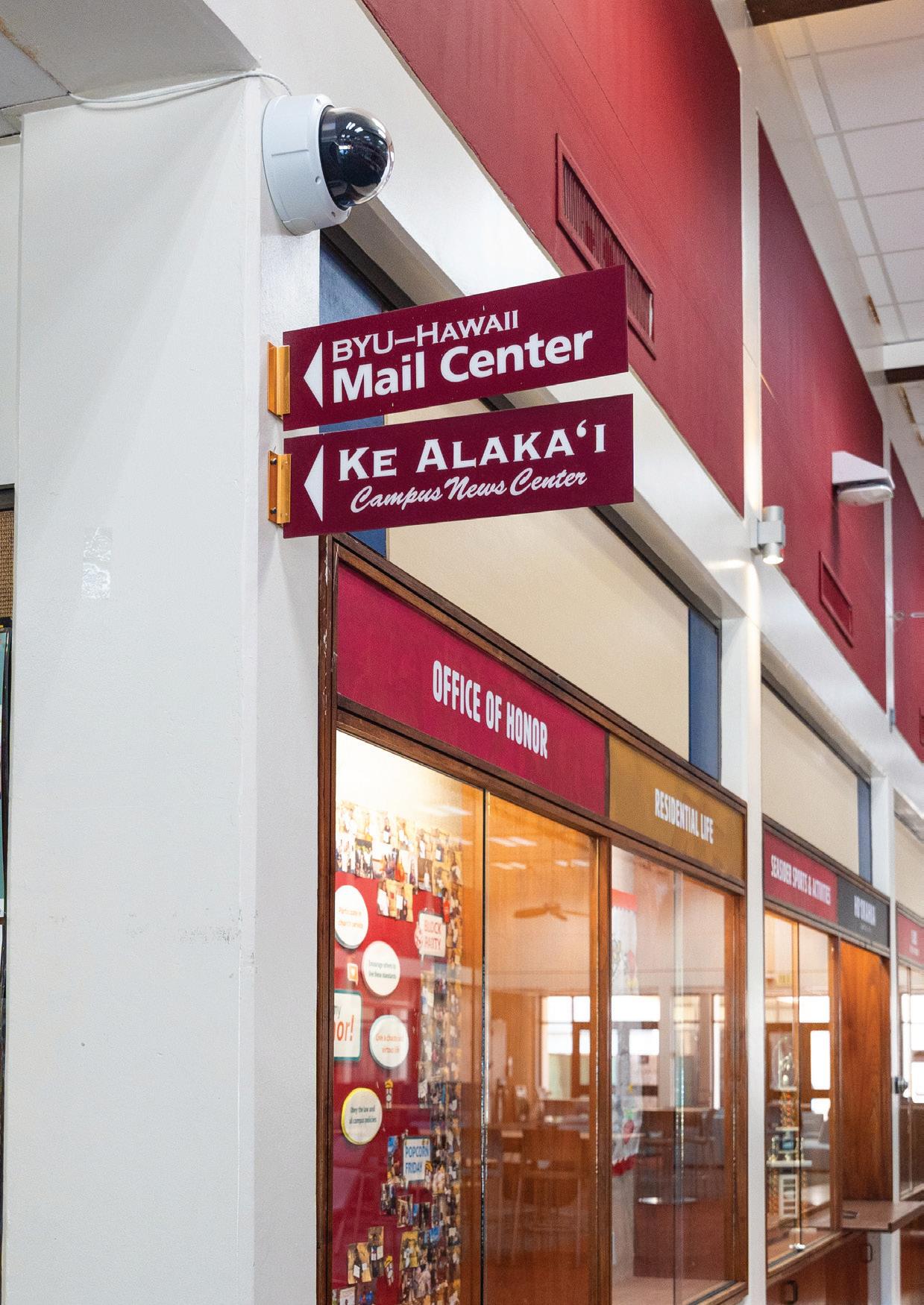

TEAM MEMBERS
Editor-in-Chief_John Andrew Quizana
Managing Editor_Jessika Santoso
Copy Editor_Winslette Quiray-Santiago
Copy Editor_CJ Shinihah Notarte
Copy Editor _Samantha Faith Satorre
Journalist_Myco Chillian Marcaida
Journalist_Linda Laulu
Journalist_Abigail Adams
Journalist_Pimwara Hootini
Journalist_France Valerie Lucillo
Journalist_Gene Cymmer Ramirez
Journalist_Tay Kang
Journalist_Ann Goebel
Art Director_Marlee Palmer Young Yen
Lead Photographer_Hiroki Kono
Graphic Designer_Ice Cesario
Graphic Designer_Cho Yong Fei
Graphic Desinger_Elizabeth Schofield
Illustrator_Guen Ysanth Ramirez
Videographer_Brigham Robert Busania
Photographer_Caleb Galotera
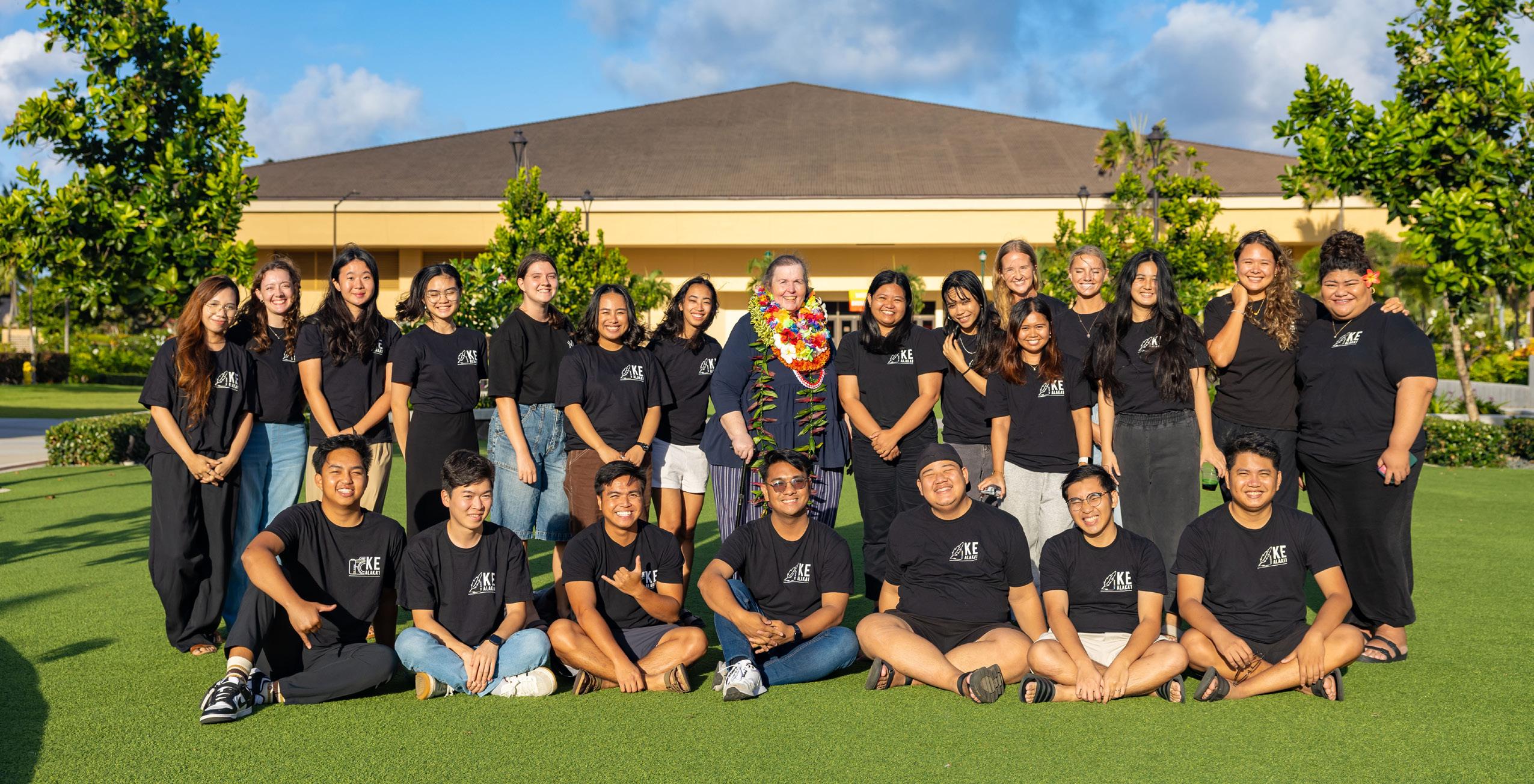

Aloha
Seasiders!
NEWS CENTER: Box 1920 BYUH Laie, HI 96762
Editorial, photo submissions & distribution inquires: kealakai@byuh.edu
To view additional articles go to kealakai.byuh.edu
CONTACT:
Email: kealakai@byuh.edu
Phone: (808) 675-3694
Office: BYU–Hawaii
MCK 135 ON THE COVERS: New students during their NSO Dinner. Photos by Hiroki Konio
The Ke Alaka‘i began publishing the same year the University, then called Church College of Hawaii, opened. It has continued printing for more than 60 years. The name means “the leader” in Hawaiian.What began as a monthly newsletter, evolved into a weekly newspaper, then a weekly magazine and is now a monthly news magazine with a website and a social media presence.Today, a staff of about 25 students work to provide information for BYU–Hawaii’s campus ohana and Laie’s community.
Graphic by Emily Hendrickson.

6 Five years of transformative leadership 10 The art of finding balance 12 Academic advising
First date? We’ve got you covered
The impact of mentorship during college 18 Essential tips for job interview 20 Learning goes out, growth comes home 24 Culture night 2025: Behind the scenes 26 Culture night 2025: Hawaii
David O. McKay Devotional
Canoe race 2025 32 A canoe like no other
Five years of transformative leadership
BY MYCO CHILLIAN MARCAIDA
John S.K. Kauwe III
• He is the 11th President of BYUH
• Became President in July 2020
• In April 2024- he was called to be an Area Seventy
• Changed the IWORK program from a conditionally forgivable loan to a full grant.
• Deepened collaboration with BYU-Pathway Worldwide, offering priority admissions to qualified students from the Asia and Pacific regions. Today, nearly one-third of all BYU–Hawaii students on campus began their university experience with BYU-Pathway.
• Became the first university in Hawaii to reopen to students during the COVID-19 pandemic.
• Opened the Banyan Dining Hall and dedicated the Science Building, modernizing campus infrastructure and enhancing the student experience.
• Introduced the Holokai Foundations class to teach the mission and values of BYU–Hawaii and build a strong spiritual and academic foundation for new students.
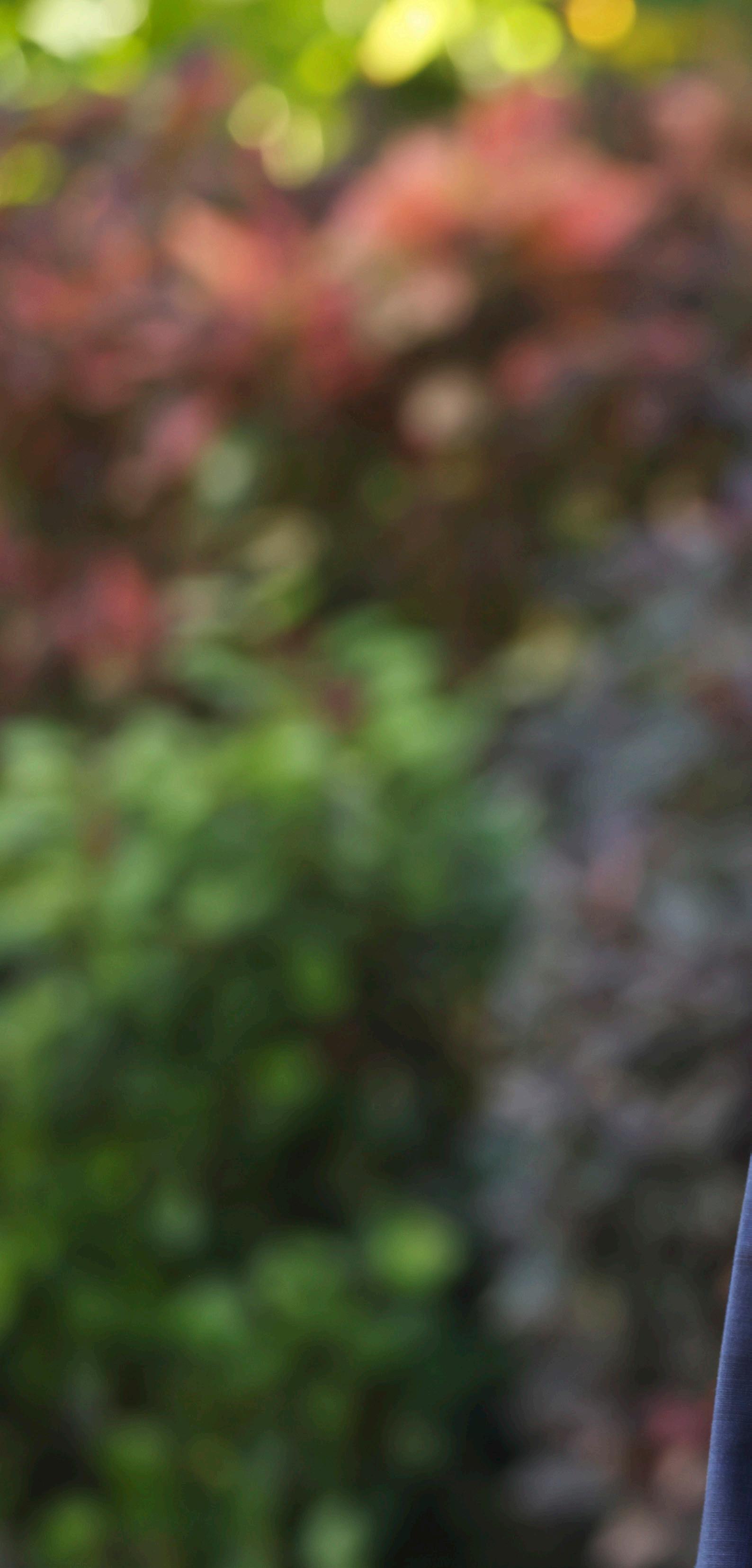

• Expanded mental health services, exceeding national accreditation standards and better supporting the needs of our unique student body.
• Hosted the first Asian Perspectives on Human Dignity Conference, bringing international scholars and students together to explore how diverse cultural views can strengthen global efforts to promote human dignity and religious freedom. BYU–Hawaii now hosts the conference as an annual event.
• Restored the Iosepa voyaging canoe to the ocean, reaffirming BYU–Hawaii’s role in preserving and honoring Polynesian heritage.
• Achieved full institutional accreditation from the Northwest Commission on Colleges and Universities (NWCCU), joining the Church Educational System in academic parity.
• Increased opportunities for students through the new Construction and Facilities Management major and the Seminary Graduate Scholarship for Hawaii residents.
• Began major renovations on the Joseph F. Smith Library and finalized plans for replacing the McKay Building.
• Completed revision of university curriculum driven by faculty recommendations, enabling all students to graduate in 10 semesters.

From BYUH website
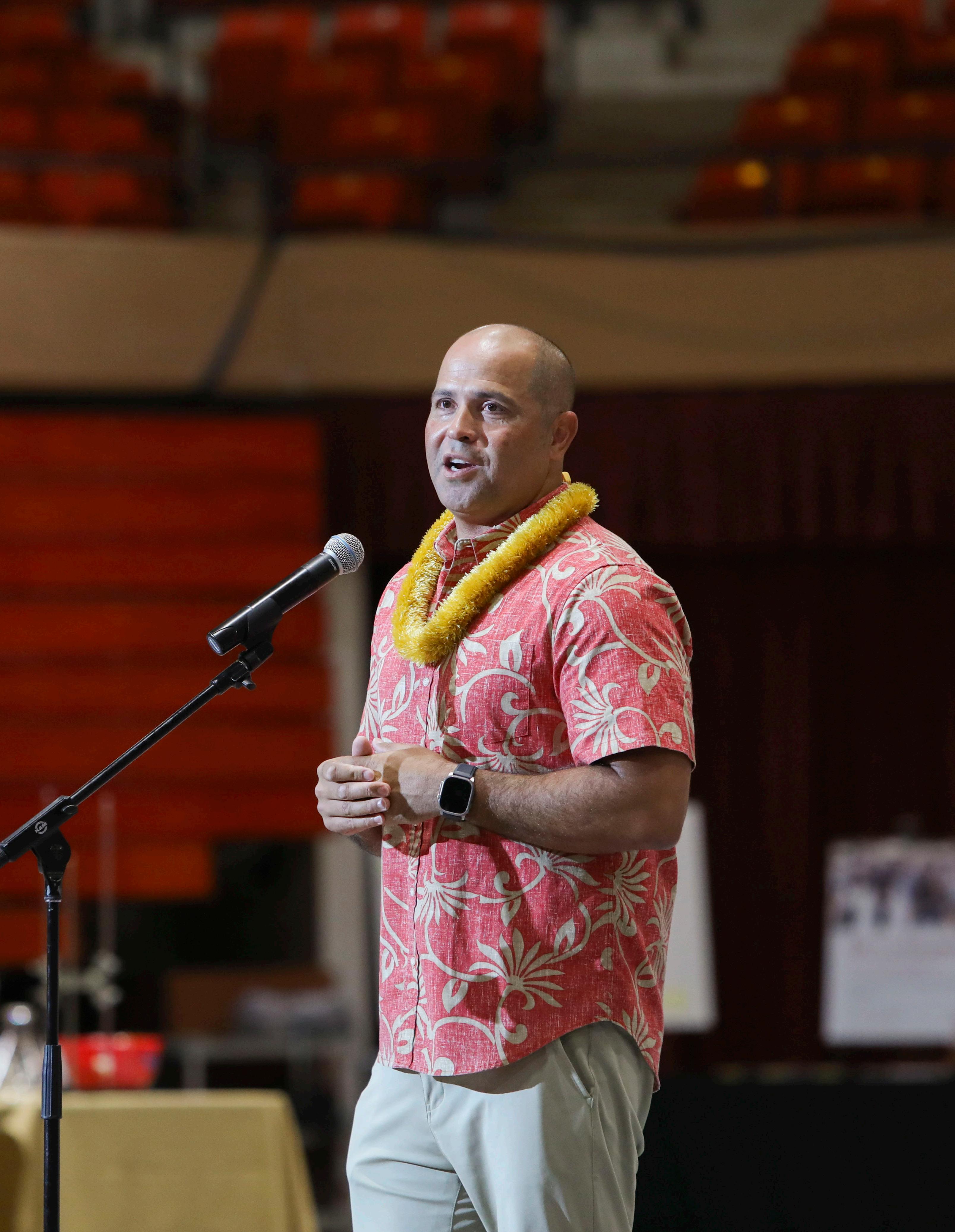
The art of finding balance
Graduation speaker Rosalind Pedron says her success is rooted in the balance she found between academics, faith, family, community and motherhood
Pursuing education and spiritual growth led Winter 2025 graduation speaker Rosalind Pedron to BYU–Hawaii—a path she hadn’t initially planned, as she once expected to attend a local university. She said her family, mission and life experiences ultimately inspired her to study at BYUH where she gained both education and personal growth. Reflecting on her college experiences, Pedron described herself as a mosaic of all the people who poured so much love and learning into her. “When I think of how my skills grew, I feel like I got different parts of different people inside me,” she expressed.
The groundwork for success
Pedron, a Samoan student who is graduating with a double major in political science and Pacific Islands studies, said she was born in New Zealand and moved to Australia when she was about 10 years old. She said despite the relocation, her family remained connected to their Samoan heritage by preserving cultural traditions at home. A huge part of her success, she said, is thanks to her upbringing and the diverse places she found herself in during her lifetime.
Growing up learning about different cultures, she said she gained precious lessons from each experience. “I learned a lot about
community in New Zealand. In Australia, “I learned the opposite,” she shared. Life there taught people to fend for themselves— something that aligned with the independence her parents instilled in her early on, she added. “When I was six years old, they sometimes had us catch the bus to school by ourselves,” she shared with a laugh.
However, when it came to love, support and forming close bonds with each other, she said her ohana never fell short. “My family is very tight knit,” she said, adding as the youngest, she is especially close with her brothers. “They mean the world to me in this journey. My family shaped who I am today,” she expressed.
Pedron served her mission in the Philippines and Australia. The decision to study at BYUH, she said, was influenced by Elise Wang, her mission companion in Australia and first college roommate. She said during one of their conversations about their future plans, Wang talked about attending BYUH because it offers both academic and spiritual growth. “And I thought I also wanted that,” Pedron expressed.
“If you’re wanting spiritual security, BYUH provides that,” she stressed, saying she could not have found that kind of environment elsewhere. She said after finishing her mission, she was worried about falling back into bad habits, so being in a community where people shared her values helped her stay grounded.
“It took a bit of time, but I was changed fundamentally. Now that I am at the end of my journey here, it’s nearly like I am not dependent on my environment anymore,” she shared.
A world that never stops turning Studying was not the hardest part of the journey for Pedron, who explained, “It was more adjusting to the life that continues to move around you.” Reflecting on her time at BYUH, she said she was often overwhelmed by the fact the world around her wouldn’t stop just so she could finish her degree. “You still have to go out and get a job, find an eternal companion, create a family and make a life for yourself,” she explained. She said finding balance between academics and her life outside the classroom was the most challenging part.
She said college was a rollercoaster ride full of twists and turns for her, which took a lot of prayer, tears, faith, a solid support network and a strong sense of purpose. “School was kind of flat for me for the first two years. I just did not know where I wanted to end up,” she shared. However, she said taking a Pacific Studies class changed everything for her. Her involvement in the department, she said, gave her direction and introduced her to the groups and communities she learned to love. Compared with her earlier years at BYUH, Pedron said her circle of influence, which now includes academic and

spiritual giants to whom she owes much of her personal development, has already grown so large.
Pedron also shared the impact of her first job on her growth. “I worked as a tour guide at the Polynesian Cultural Center for years, right up until this semester,” she shared. She said her work at the Guest Services Department, with all the opportunities it presented to meet people from all over the world and learn about history and legacy, taught her lessons about being a better person.
The beauty and challenges of motherhood
“My proudest moment throughout my time at BYUH was becoming a mom,” Pedron expressed. In December 2022, she got married to Didier Pedron, a graduating student from Tahiti who majored in business management with a marketing emphasis.Then in July 2024, they had their first child together. She said she draws much of her drive to keep pressing forward from her family. “When I saw my baby, my motivation to finish what I started was at an all-time high,” she shared.
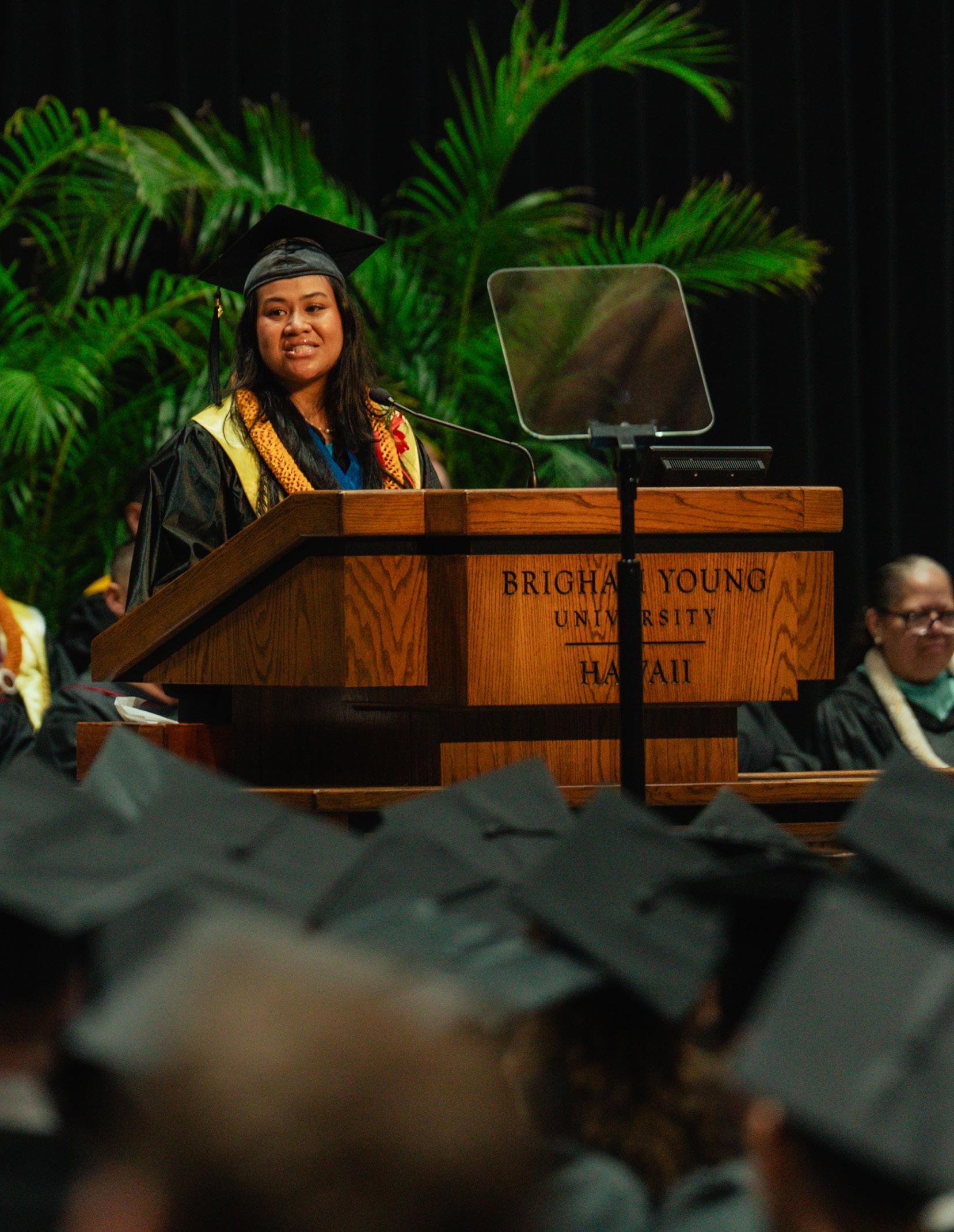
“Your children and your family are more important than anything else,” she emphasized. While she acknowledged academics and work are also significant, she said she firmly believes family should always take precedence over everything else. “Put your family first, and that will spill out onto everything else,” she voiced.
Pedron said this is why BYUH holds a special place in her heart— it allowed her to pursue her education while creating a family.Whenever they had to bring their son to class due to scheduling conflicts, she said her professors were always so understanding and her friends were always eager to offer their support. “Honestly, this is the best place to go to school and raise kids at the same time,” she expressed.
Reminiscing on her pregnancy, she shared she had discussions with his husband about deferring her studies to focus on motherhood. “That was the point where I wanted to give up, or at least just put it on pause,” she expressed. She said her spouse was the person who helped her get through the negative thoughts and emotions and did everything he could to support her during that time. She said she will always be grateful for him.
Her husband, she said, has been a strong influence in helping her maintain balance. She thought she understood time management until she got married and became a mother, she shared with a laugh. “Time management means a completely different story when there are other people involved,” she explained. In this respect, she said she follows her husband’s example and draws inspiration from his approach. She also said she strives to maintain a clear boundary between being a student and being a mother. “When I am with my child, I do not like to do schoolwork or tasks related to my job. I just want to be there,” she shared. She said keeping her responsibilities separate and not spreading herself thin helped her manage her time and energy. “Just be wherever you are, and be there 100 percent,” she stressed.
Moving forward and giving back
Thinking about what comes next after turning her tassel at graduation, she said there are a couple of things in the works for her first year out of college. “I got my internship next semester over in spring at the Office of Compliance, and then after that, I got my academic training, which I plan to do for one year,” she shared. She said after her academic training, she also hopes to pursue her master’s degree at the University of Hawaii in its Pacific Studies program.
“All that I do—all of my research, my writing, my goals—are all centered in my community, my family and my identity as a mother,” she expressed. She said she hopes to give back to the university that has given her so much by continuing to live the values and wisdom she gained along the way. “I hope to just live in a way that gives goodness, brings goodness and preserves goodness,” she shared.
Pedron also said the connections she made here will always be held dear to her heart. “I wish I could name every single person. Dr. Kruse, Professor Akanoa, Dr. Hafoka, Dr. Ligaliga, Dr. Funaki, Dr. Blimes and Jimmy Mapu,” as she called out the names of the instructors and mentors who left an indelible mark in her life. Along with the friends she made, she said knowing these people shifted her perspective, and her accomplishments could not have been possible without them.
Pedron also said she aims to eventually publish stories and expand the written literature in the Pacific. “I want to eventually write a book. I really hope to contribute to Pacific fiction,” she shared.•
BY LINDA LAULU

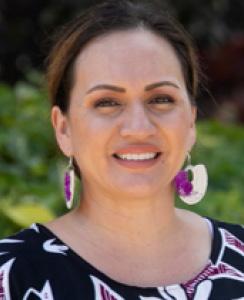
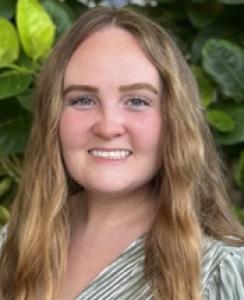
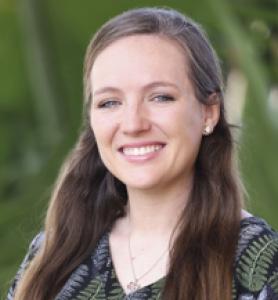


(808) 675-4706
danielle.kinikini@byuh.edu
Areas of Advising: Biology Health and Human Science
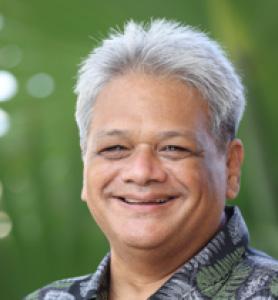
(808) 675-4706
danielle.kinikini@byuh.edu
Areas of Advising: Business Management Entrepreneurship minor
Office & Contact Info
(808) 675-4724
carolyn.koroinamua@byuh.edu
Areas of Advising: Accounting Political Science
(808) 675-3596
julie.kunz@byuh.edu
Areas of Advising: Anthropology & Cultural Sustainability, Elementary Education, Hawaiian Studies, History, Intercultural Peacebuilding, Mathematics, Pacific Studies, TESOL, Secondary Education, Language minors
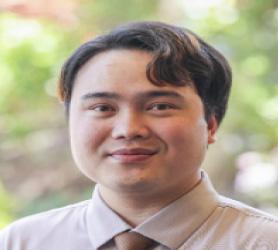

(808) 675-4724
carolyn.koroinamua@byuh.edu
(808) 675-3596
julie.kunz@byuh.edu
Areas of Advising: Psychology Areas of Advising: Communication, Media and Culture, English, Hospitality and Tourism Management, Visual Arts, Film minor
Academic Advising Office - #1944, 55-220 Kulanui Street, Building 5, Laie, HI 96762-1293
Attendance hours: Monday–Friday, 9 AM – 5 PM (808) 675-3890 / advising@byuh.edu
Danielle Kinikini
Carolyn Koroinamua Julie Kunz
Russell Runnels
Brandon Tapan Kailee Tropia
FIRST DATE?
We’ve got you covered
BYUH students share their favorite spots to get to know their dates
BY RANITEA TEIHOARII
Sunset Pillbox Trail Stonefish Grill in Haleiwa
Fasay Thai Wagon in Kahuku
Matsumoto Shave Ice in Haleiwa
Waimea Valley
Pali Lookout
Waimanola Bay
Lanikai Beach
Kualoa Ranch
Hanauma Bay Diamond Head
Yokohama Bay
Ka’ena Point
Laie Point
Kahuku Point
Koko
Crater Trail
Makapu’u Lighthouse
Orchids Restaurant in Waikiki
The Alley in Ala Moana
Manoa Falls Trail
Hauula Loop Trail
SPORTY DATE
Some students, like Naia Pulotu, a junior from Hauula majoring in marine biology, said going on short hikes is a good first date “[because] if you don’t get the vibes from the beginning, at least you won’t have to spend five awkward hours with that person.”
A quick look at AllTrails will give you more details and descriptions of these hikes and their length:
Sunset Pillbox Trail (about an hour and 30 minutes)
Koko Crater Trail (about an hour and 24 minutes)
Makapu’u Lighthouse (about two hours)
Manoa Falls Trail (about an hour and 9 minutes)
Hauula Loop Trail (about an hour and 42 minutes)
A sunrise OR SUNSET DATE
If quality time is your love language, these are some combos recommended by BYUH students to get to know each other and enjoy a beautiful skyline: Sunrise
Watch the sunrise at Temple Beach and have breakfast at Hukilau Cafe
Go on a hike to see the sunrise from a different view Sunset
Get ice cream at Angel’s Ice Cream and walk to Laie Point to catch the sunset
Grab a poke bowl at Foodland and watch the sunset as you eat
Walk around Haleiwa’s shops before going to Hale’iwa Beach to see the sunset
The FOODY DATE
Nety Manea, a senior from Tahiti majoring in elementary education, said, “Food is essential. If you are on a date without planning to eat, that’s a really bad idea.” Here are some ideas for where you can take your date out to eat:
Orchids Restaurant in Waikiki
Stonefish Grill in Haleiwa
The Alley in Ala Moana
Matsumoto Shave Ice in Haleiwa Fasay Thai Wagon in Kahuku
Any of the food trucks in Kahuku
A SUNDAY DATE
Sunday can be a time to stay spiritually minded while still meeting new people and going on relaxed, peaceful dates. Here are some ideas to get to know someone new on a Sunday:
A walk or picnic at the Laie Hawaii Temple
Feed the horses along the Maleakahana Bike Path
Go for a walk on the beach
The ECONOMICAL DATE
Teri Fifita, a sophomore from Tonga majoring in biology, said about first dates, “If you can find free yet fun activities or not expensive ones, go for it! It’s just a first date.” Here are some ideas for cheap dates that’ll still be fun:
The HUB (free for BYUH students)
The Night Show (about $80 per person, but if you go with a PCC worker it will cost $10)
Visit Pearl Harbor and take the USS Arizona Memorial Narrated Tour (according to recreation.gov, tickets are free but there is a $1 reservation fee per ticket)
Take a car ride along Kamehameha Highway and sightsee Nu’uanu Pali Lookout (parking fee of $7 per vehicle, according to dlnr.hawaii.gov)
The Byodo-In Temple (ticket entrance of $5 per person, according to byodo-in.com)
Waimanalo Country Farm ($5 per person for students with ID cards)
An ADVENTUROUS DATE
“Date someone who is home and adventure all at once,” mindjournals.com says. Here are some date suggestions to bring out your adventurous side:
Crab hunting
A sunset cruise in Waikiki
Chambers Escape Games in Honolulu
Foster Botanical Garden in Honolulu
The Honolulu Night Market
Go on a double date
Go on a bike ride together
The impact of mentorship during college
Three soon-to-be graduates say mentorship defined their college journey, helping them overcome challenges and achieve their goals
BY PIM HOOTINI




Success is not about where you end up; it’s about people who have guided you along the way, said Fesolai, reflecting on the influence of her mentor. Lynice Fesolai, a senior double majoring in political science and Pacific Island Studies from Samoa, said, “My mentor helped me not only navigate between my academic and personal struggles but also motivates me to better myself for the future.” She added qualities like active listening, patience and giving honest constructive feedback made her mentor exceptional.
Defining goals
Fesolai’s mentor, John Lidang, an alumni and former peer mentor for the Political Science Peer Mentoring Network, made a significant impact on her. She said Lidang helped her paint a picture of where she wanted to be after she graduated and reflect on her goals. “One of my goals is to get a politicalrelated job that will contribute to my family and community in Samoa after graduation,” she added.
Fesolai shared mentorship has been a cornerstone of her academic journey because her mentor has given her guidance, encouragement and new perspectives.
For freshmen students, she advised them to be proactive when searching for a mentor. She added, “I was proactive. [I reached] out to [one of my] professors, [Troy Smith] and he referred me to Lidang.” She said finding someone who genuinely cares and inspires you will make all the difference. Fesolai said thanks to her mentor she was able to succeed in her classes.

Learning through peer support
Fryda García Salgado, a graduating senior double-majoring in political science and intercultural peacebuilding from Mexico, shared her college mentorship was less traditional and more of a peer-to-peer support system. García Salgado said most of her friends from the mainland help her with her classes by explaining difficult terms and concepts she did not understand. She explained, “They weren’t like ‘I’m teaching you.’ It felt more like we were helping each other as if we were in the same boat.” Salgado said the peer support she received helped her have confidence in class and encouraged her to participate more actively in discussions.
As a peer mentor for the Political Science Peer Mentoring Network, she explained approaching each mentoring session with a casual, friendly vibe is key to making mentees feel like friends rather than framing it as a formal mentorship. “I tried to make [the mentees] feel that I’m here to help, not like ‘I know more than you’ or ‘I’m better than you,’” she said.
García Salgado said her professors played a big role in her college mentorship as she always turned to them when she had questions or needed help starting a paper. She shared, “One big thing about BYUH is that students enjoy a close connection with their professors and have the opportunity to engage with them during office hours.” García Salgado said she made the most of this close connection by discussing her career plans with her professors.
She encouraged her mentees to meet with the professors because “many professors chose to come here despite [their] impressive achievements, like government publications or successful side projects. This shows that they have the expertise to guide us.”
Building confidence through mentorship
I-Tai Lin, a senior majoring in computer science from Taiwan, said he didn’t have a mentor in college, but he had one when he did an internship at FamilySearch. He said having a mentor helped him expand his knowledge and approach to asking questions. “As an Asian, I used to pretend I knew things and avoided asking questions because I was shy. After my experience at FamilySearch, I started asking more questions,” he said.
He explained his mentor always encouraged him to ask questions. He said his mentor would often say, “The more questions you ask, the more you learn.” He added, by this saying he wasn’t scared anymore to ask for help.
With his high school knowledge in coding, Lin said computer science was an obvious choice for his major. Although he found the subject manageable, he appreciated his mentor’s teaching through demonstration and experience. “Thanks to my mentor, I didn’t have to figure everything out on my own. He had solved many coding problems before, so his guidance saved me a lot of time,” Lin said.•
Essential tips for getting and acing a job interview
A product marketer at Google and a BYU–Hawaii graduating senior share valuable advice on crafting strong resumes, cover letters and interview tips
BY PIM HOOTINI

Looking for a job can become a part-time job in itself, according to Indeed.com. “Creating a resume and cover letter tailored to each position takes time and effort,... but that is what gets you an interview,” it says.
Golden rules for a standout resume
Jeff Su, a full-time product marketer at Google and a YouTuber shared five “golden rules” for creating a standout resume and helping applicants pass the initial screening process.
1 2 3 4 5
A LinkedIn profile link. “Resumes with a LinkedIn profile see higher interview rates.” Candidates provide a more “complete picture of [their] background,” with a LinkedIn link.
Keywords. “Keywords are essential, especially for applicant tracking systems that scan for specific terms related to the job.” Candidates who match the language from the job posting, increase their chances of passing initial filters and making it to a recruiter’s desk.
Measurable results.“Numbers tell a story,” encouraging candidates to quantify achievements, such as boosted sales by 20% within the first quarter instead of simply improved sales. This specificity makes accomplishments more credible and memorable to hiring managers.
Resume length. “475 to 600 words is the sweet spot.” This range strikes a balance between detail and brevity. This length allows candidates to highlight essential experiences without overwhelming recruiters, maintaining a focused and polished presentation.
Avoid buzzwords and clichés. Words like “hard worker” or “team player” are too vague to stand out. Instead, “Candidates should be specific, focus on actual accomplishments and show unique skills in a way that’s tangible and authentic.”
Mistakes to avoid when writing a cover letter
Jason Tan, a senior majoring in computer science from Malaysia, said he gained valuable experience during an internship at FamilySearch in Utah from June to September 2023. Among other companies he applied to, he said he ultimately chose FamilySearch because of their strong mentorship program and one-on-one experience. “The mentors provide constructive feedback and help identify areas for improvement,” Tan said. Su said he faced rejection from almost every company he applied to due to the mistakes he made in his cover letters. Drawing from these experiences, Su shared five common mistakes to avoid when writing cover letters.
Don’t use a generic opening in the cover letter. Starting with phrases like “To whom it may concern” or “Dear Hiring Manager” can make the letter feel impersonal and reduce its effectiveness. “Always try to find the hiring manager’s name to personalize your greeting,” It shows attention to detail and initiative, making a stronger, more memorable impression.
Don’t repeat what’s already on the resume. Cover letters should serve as a complement, not a duplicate, of the resume. “Use the cover letter to tell a story or highlight specific achievements that are relevant to the job,”. By doing so, applicants can bring more depth to their application, and hiring managers will get a better sense of their skills and potential fit within the company.
Don’t focus too much on personal goals rather than the needs of the company. “Employers want to know what you can do for them.” Instead of only listing personal ambitions or interests, applicants should align their skills and experiences with the company’s specific needs and goals, showing how they can add value to the organization.
A lack of enthusiasm in a cover letter can be a deal-breaker. A generic or unenthusiastic tone can make it seem as if the applicant isn’t truly interested in the role or the company. “Express genuine interest in the role and the company.” Include specific details about what excites them about the position or the company’s mission because a little enthusiasm can go a long way in making the cover letter more engaging and memorable.
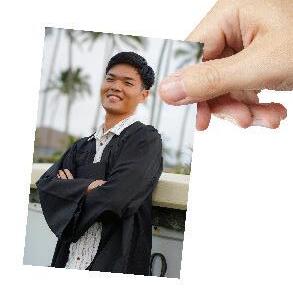
Boosting confidence through interview strategies
1
2
3
During the interview process, Tan revealed that managing nervousness was his biggest challenge. To overcome it, he said he applied several interview strategies that helped him ease his nerves. 1 2 3 4 5
Proofreading. Typos, grammatical errors and formatting issues can undermine an applicant’s professionalism and attention to detail. “Even minor mistakes can make a big difference.” A carefully reviewed cover letter shows commitment and care. Reviewing the document multiple times or having someone else check it over can help ensure it’s polished and error-free before submission.
4
Ask questions. It not only calms nerves but also clarifies any uncertainties. “If I didn’t understand something, seeking clarity helped a lot. Thinking aloud while solving problems in technical interviews kept my thoughts organized, and researching my interviewer’s role in advance provided an extra boost of confidence.”
Be confident. It’s okay not to have all the answers. “I try not to be afraid to say “I don’t know,”... “Instead, I focus on what I do know because interviewers are more interested in seeing how you approach problems than in getting perfect solutions.” This mindset shift allowed him to stay calm and showcase his problem-solving skills effectively.
Don’t ask irrelevant questions. “You want to leave the best impression and get the most useful information you can,” he said. For example, he once applied to a role focused on problem-solving skills but found himself asking about customer service instead. “I came from a tour guide background, where communication and customer service were my strengths, but those weren’t the core skills the role required,” he explained. He said tailoring questions to align with the job description is key to standing out.
Use online tools. To practice coding problems, he used Leetcode, an online platform that helps users prepare for coding interviews, to strengthen his problem-solving abilities. “I mostly focus on project-based learning.” Online mock interviews are helpful for simulating real interview scenarios. AI tools, like ChatGPT assist with technical concepts and practice responses.
Learning goes out, growth comes home Learning goes out, growth comes home
From New York to New Zealand, BYUH students gain realworld experience through global conferences, research and field-based learning
BY JESSIKA SANTOSO

2025 New Zealand Religious Liberty Conference

Auckland, New Zealand February 21-22, 2025
BYUH’s Religious Freedom & Human Dignity (RFHD) Initiative co-hosted this year’s religious liberty conference in Auckland, New Zealand. Eight student representatives and four faculty members participated in the event, which was held in partnership with the J. Reuben Clark Law Society, the International Center for Law and Religion Studies, and the University of Waikato. Under the theme “Freedom to Do, to Be, and to Become,” participants engaged with government officials, scholars, and religious leaders to explore freedom of belief across the Pacific.
TESOL International Convention

California, USA
March 18-21, 2025
TESOL students and faculty traveled to Long Beach, California, to attend the annual TESOL International Convention & Expo.
Over three days, participants explored global trends in teaching English to speakers of other languages and networked with the global TESOL community. In this convention, some professors presented their research, and students could also present if co-authored with a faculty mentor. This trip is available for TESOL and TESOL Education upper-class students every Winter semester.

Asia Sourcing & Entrepreneurship Experience 2025

Vietnam, South Korea, and Philippines
April 18-30, 2025
Ten students selected by the Willes Center for International Entrepreneurship embarked on a multi-country tour of Vietnam, South Korea and, for the first time, the Philippines— replacing China from the previous year. During this 10–12 days Spring Break tour, students learned firsthand how products are sourced, manufactured and moved across global markets. According to the Willes Center website, the 2024 trip led to more than 15 internship offers from the partnered company and inspired several students to launch or expand their business ideas.
New York, USA
April 25-May 3, 2025
Eight political science students and a faculty mentor participated in the United Nations Permanent Forum on Indigenous Issues in New York City. By presenting research and engaging with global ambassadors, students saw political theory come to life in a real-world diplomatic setting—transforming classroom learning into hands-on global experience.
United Nations Trip

Pacific Island trip
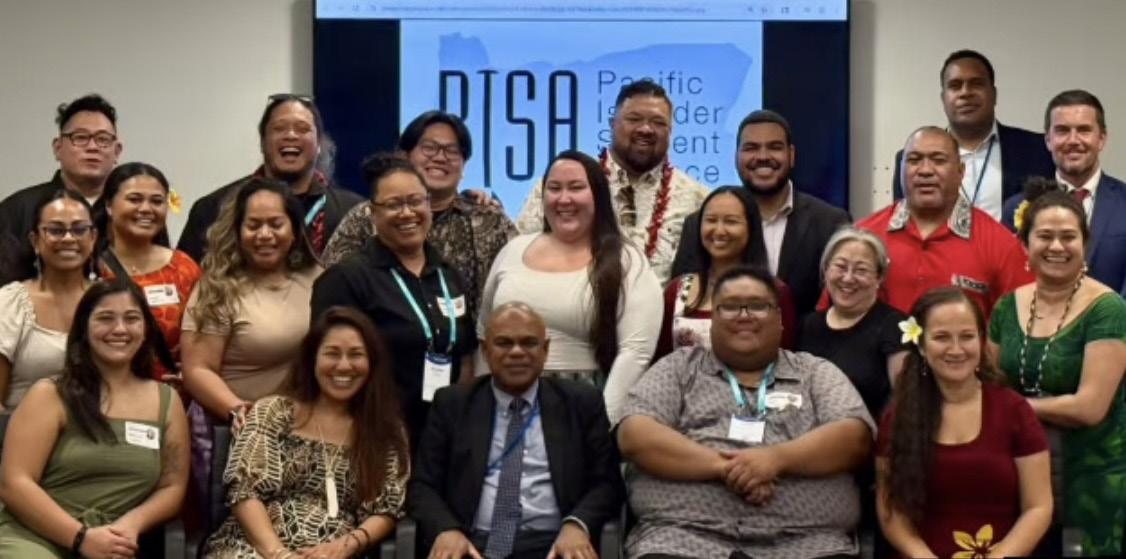
Church History Trip
New York, USA
May 27-31, 2025
Two upper-class students and one faculty from the Pacific Island Studies program attended the 37th annual National Conference on Race and Ethnicity in Higher Education (NCORE) in New York, where they met with diplomats, faculty and students from universities around the country. During the conference, the students also participated in Ocean CORE, a caucus dedicated for Pacific Islander representatives. Beyond networking, the conference’s informal setting allowed students to share research proposals and gather insights into potential graduate programs.

Church History Sites
Jun 5-13, 2025
BYUH’s annual Church History Travel Study Program brought 20 students on an all-expenses-paid journey through key historical sites of The Church of Jesus Christ of Latter-day Saints. The route began in the eastern U.S., including the Smith Family Farm, the Sacred Grove, Hill Cumorah, and other historic sites in Palmyra, New York, before continuing through Ohio and Missouri. The trip concluded in Salt Lake City, Utah, offering students a faith-anchored experience of the Restoration of the gospel and pioneer journey.
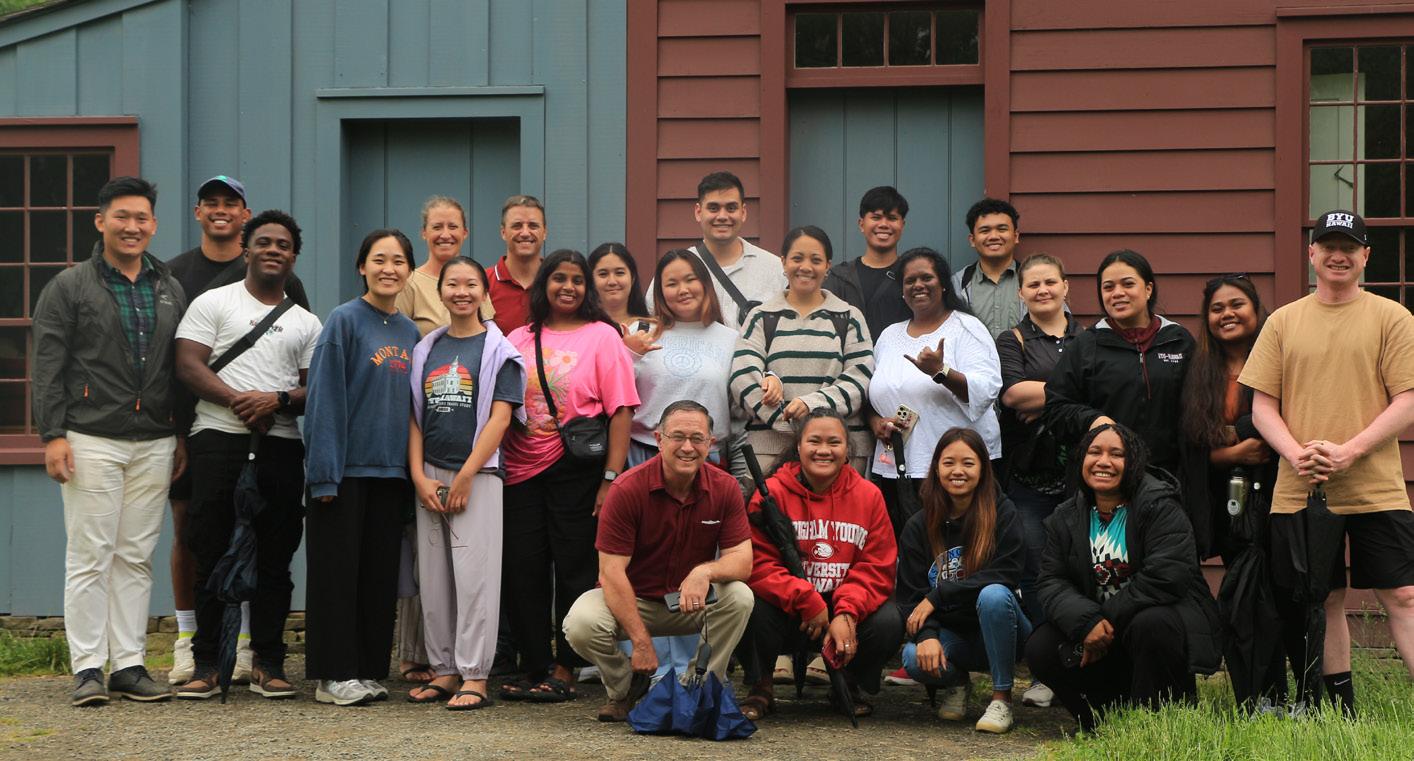
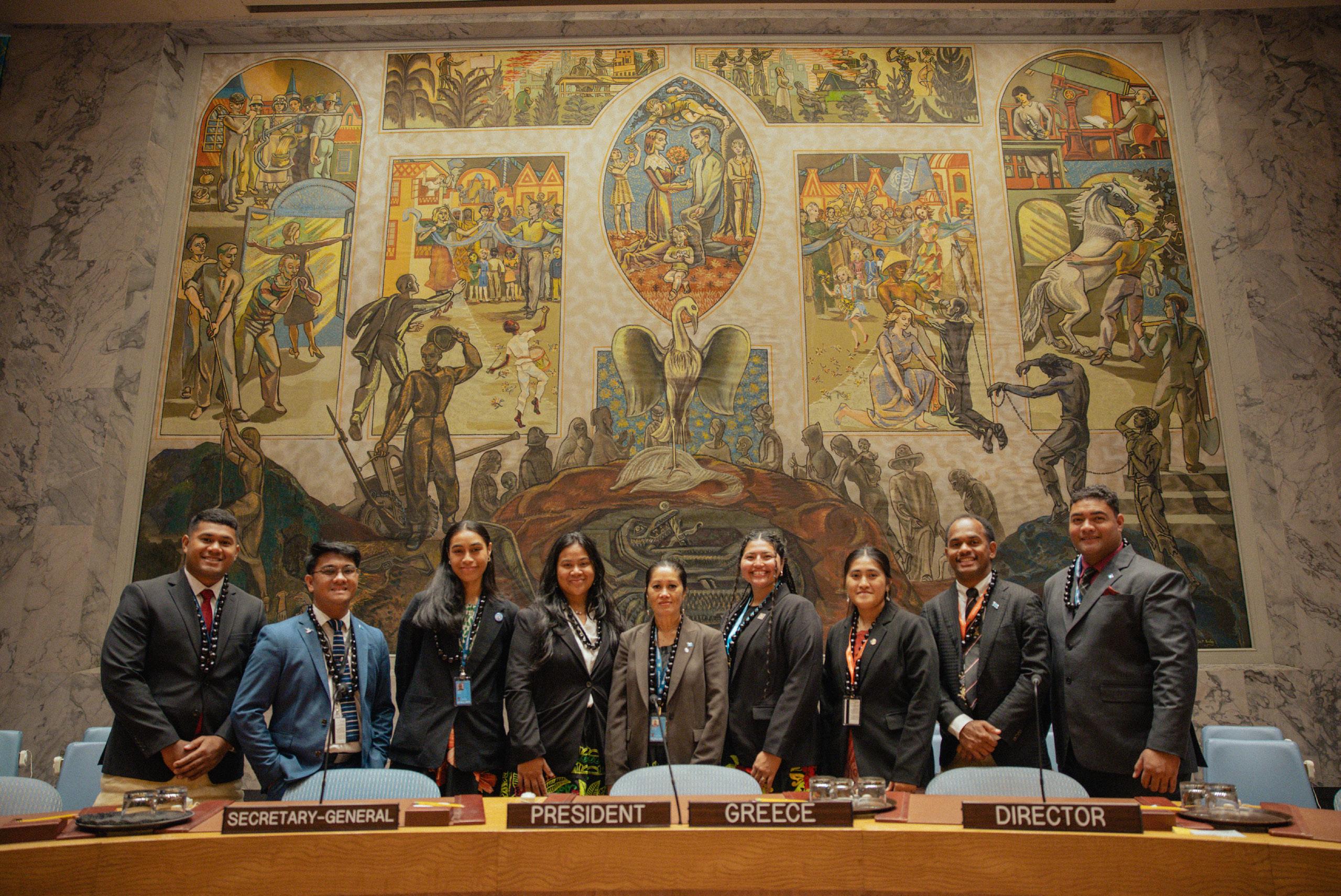
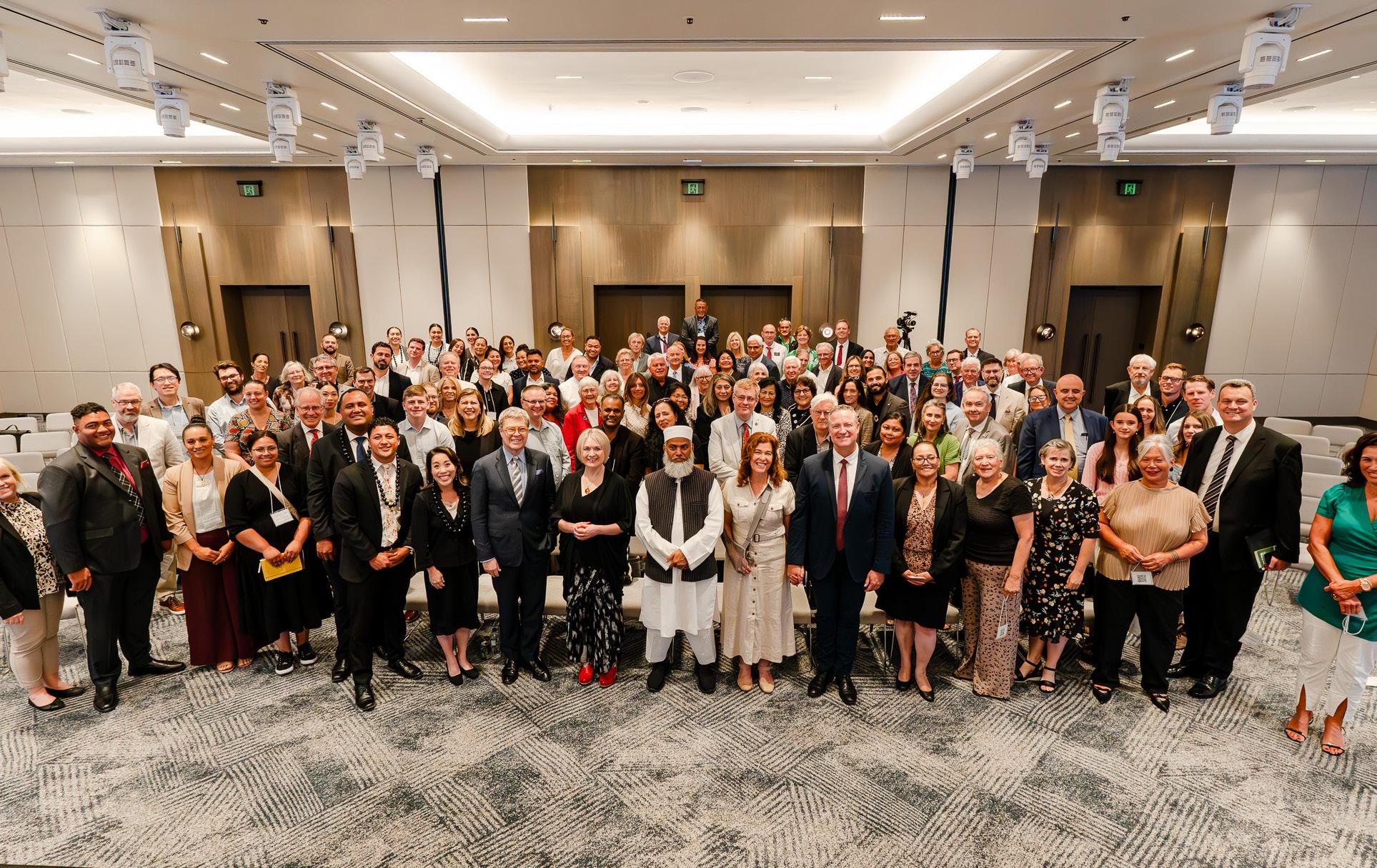
CULTURE NIGHT:
BEHIND SCENES BEHIND THE SCENES
SLS talks about their preparation and feelings on
Culture Night 2025
BY FRANCE VALERIE LUCILLO
From creating a sense of unity and loving the culture you belong to through performance, Culture Night is more than just an event, said Student Leadership & Service. “Through Culture Night, students will be able to apply the learnings they are gaining from the classroom such as how to treat people, build relationships, strengthen others and be reliable,” said Jacquie Alisa, the student activities coordinator under Student Leadership & Service.
Jarelle Hunt, the club leadership supervisor lead, said the biggest challenges in coordinating different clubs for Culture Night is the diversity itself. She said there has been a lot of miscommunications and overwhelming things that the Student Leadership & Service or SLS has to handle and deal with. “It’s some of things like costumes getting stuck in customs, trying to get in time here for each club, etc,” Hunt said, a senior from Australia majoring in Social Work and Pacific Studies. Despite that, Hunt said they always strive for a peaceful outcome to communicate with clubs and be successful in performing at Culture Night.
“To teach them to be proactive because resources can be shortly supplied here on campus, clubs use ‘engage’ platform to plan, prepare and track all the events for their members,” Suitaisa Funaki, the club leadership council specialist lead said. Funaki, a junior from Tonga ma-
joring in hospitality and tourism management said each part of the SLS helped each other to ensure that each club has the resources and support they need for their performance. “For example, each club comes in and visits with Wilford [Si Wu] and his team, the accounting team, to work with budgets to ensure that they stay on the budget and are using it wisely,” Funaki said.
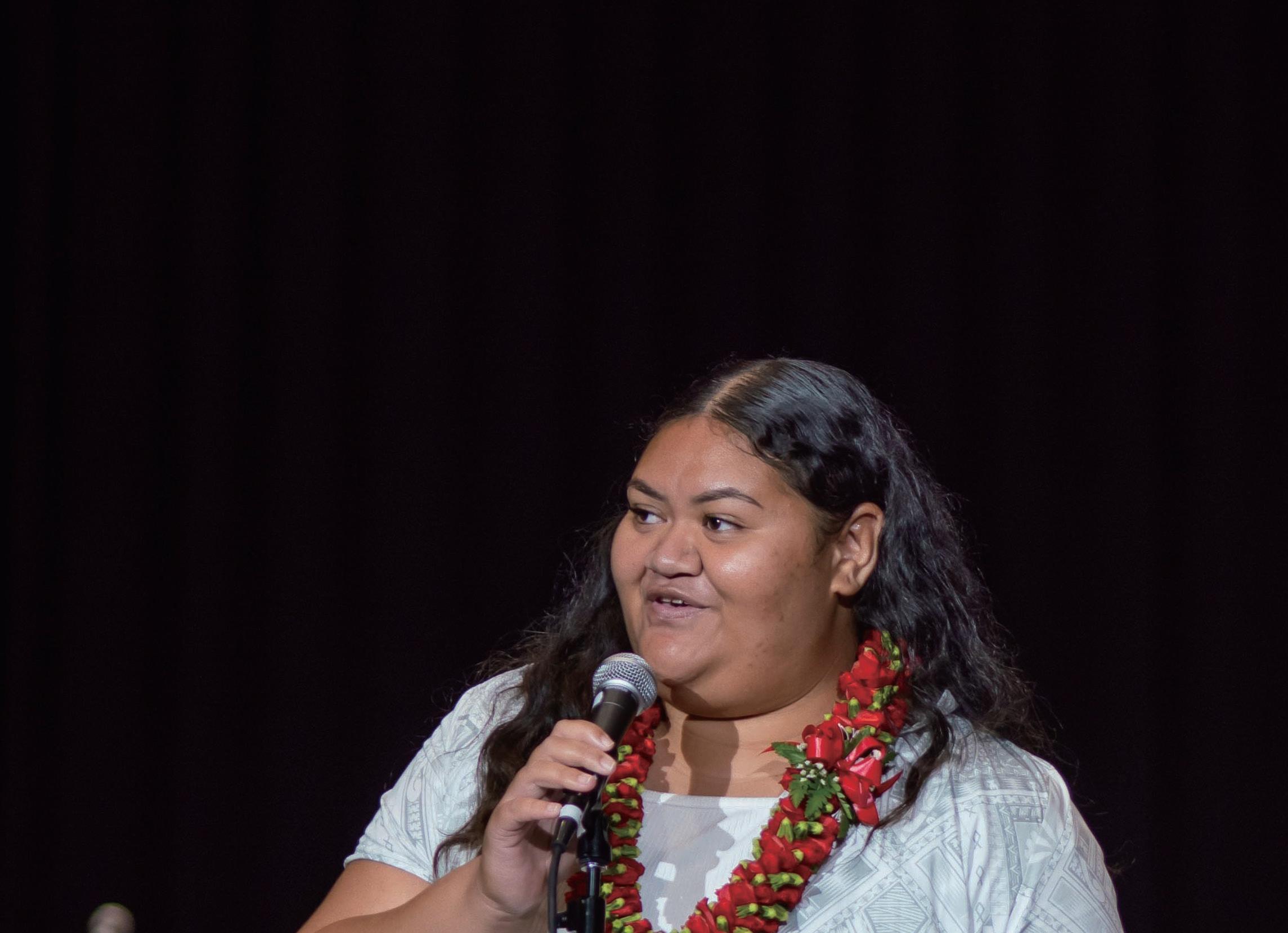
Alisa said there is no perfect plan when it comes to organizing an event. “We plan for perfection but with the understanding that there are always challenges that are unforeseen, we need to be able to step up,” Alisa said. She said it can get overwhelming overtime and that is when her role as a coordinator/ senior manager role becomes very important. “Absorbing the last-minute changes can be really difficult, and that is when we help them to process it through,” she said. Alisa said, although there might be a time that they were not in full agreement regarding some things, she also
BEHIND THE SCENES BEHIND THE SCENES BEHIND THE
emphasized the importance of listening to leaders can do. “It’s challenging as we have to listen and follow, but that’s the nature of life– nothing is perfect,” she said.
Amelia Tamara, a member of the SLS Specialist Team, said the most challenging part for her was the seating, especially for VIPs. “It was important to make sure that the VIP section was filled with students, as Culture Night is a celebration created by the students, for the students,” Tamara said. Tamara, a communications major from Indonesia said SLS wanted to make sure that they are doing their best to make the most out of it for the students, so she was taking her job seriously.
Alisa added that it was a miracle of some sort to see the preparation in Culture Night come together. “From faculties to students to communities– everyone fits somehow to the Cannon Activities Center which only occupies 50 percent of the 4000 seating it offers,” she explained. Alisa reiterates that students, especially those who work in the Student Leadership & Service have to learn how to build and develop love for those challenging situations. “This fosters community and cultural appreciation in times like Culture Night in a diverse university like BYU-Hawaii,” Alisa said.
“Watching people step out of their comfort zone, especially as leaders, has been one of the most rewarding parts of organizing this year’s Culture Night,” said Susana Ravatu, the Club Leadership Council Student Manager. Ravatu, a senior from Fiji majoring in Pacific Island studies said it has been an amazing journey to watch each club perform. “It is celebrating the little things like, for example, not calling the EMS for this year’s Culture Night because no one fainted,” Ravatu said. She also emphasized how sharing each club’s talent and skill is what the SLS is striving for. “Being united is what Culture Night is— bringing people
together,” Ravatu added.
Ravatu said the SLS supports the overall vision of Culture Night by patterning it with the school’s vision. “We prepare students of Oceania and the Pacific to be leaders in their own home, chosen fields, at church and at work,” Ravatu explained. She added that teaching people how to dance, how to sing, and learn the culture they joined in is a big task that aligns with both Culture Night and the vision of the school. “They will look back at this when they leave school and be able to think that what they learned in Culture Night can be applied in their own lives,” Alisa emphasized.
Tamara shared that helping throughout the 2 day event of Culture Night gave her firsthand experience regarding the leadership of the SLS. “It has truly opened my eyes to the effort and dedication that goes into organizing such a meaningful event,” she said. Tamara emphasized as well that the experience being a performer and a volunteer for the SLS during Culture Night allowed her to see both sides of the event. “It was a fun experience. It’s a memory I’ll remember as I wrap my time here at BYUH,” she said.

Wilford Wu, the accounting student lead of SLS, said being an emcee for the kick off of Culture Night is stressful. “But I have a wonderful team who encourages me, so it’s all good,” he said. He added that Culture Night is not only during the performance itself, but the practice as well that promotes unity and culture. “You emerge in the experience and through this process that takes about a couple months and then the performance I see as a final bonus of your celebration of the cultural experience,” Wu emphasized. He said that experience builds his testimony of how the gospel of Jesus Christ connects all together and to testify of Christ.•
HAWAI’I
Connecting to roots through ancient styles of dance and stories of old
BY KILIHEA KANEKOA BURKE
The Hawaii Club’s theme for Culture Night 2025 was to appreciate ancient Hawaii through the stories of Hawaiian deities, said Kaehukai Burke, a BYUH community member who helped teach the dance. The ancient hula style “Kahiko” was heavily used during their performance to show the audience a different side of hula that is not often portrayed, Burke said. “Where we come from is a huge part of who we are, which is why it is important for us to portray these ancient stories that have been passed down generation to generation,” he said. Burke thanked his mother for passing these dances down to the Hawaii Club and allowing them to dance them at Culture Night.
Nawelo Rowland, Hawaii Club president, a sophomore majoring in psychology and social work, said the club focused on creating a community like the people in 4 Nephi, “where there was no contention in the Land, because of the love of God which did dwell in the hearts of the people’ (4 Nephi 1:15)”.
Rowland said this year’s performance was special allowing the wahine, or women to shine, and “their performances were strong and surely stood out this year”. Following the opening Hawaii Club video, the wahine chanted while performing the first hula ever recorded in history, “Ke Ha’a La Puna” with straight and serious faces. Accompanied by the beats of ipu heke ole or a single gourd drum, the first three row sat and danced with the rest of the girls standing behind them.
With the lights dimming and the men joining the women, all the dancers came together in unison telling a story of Pele’s travels which describes the legend of Pele, the Hawaiian goddess of fire and her search for a home through the islands. Immediately after, the men danced a number portraying the Demigod Maui, and the audience was swayed by the power in the performers’ Kahea’s or calls. Finally, the women took the stage for the night’s only auana or modern hula, ending with a fiery tribute to Pele.
Eletise Tejada, a junior in Hawaiian Studies, shared it was a special experience for the women to both open and close Culture Night. She said it was an opportunity to represent women in a different light, showing fierceness and softness.“Femininity knows no boundaries, and that was showcased very well through the girls tonight, she added. •


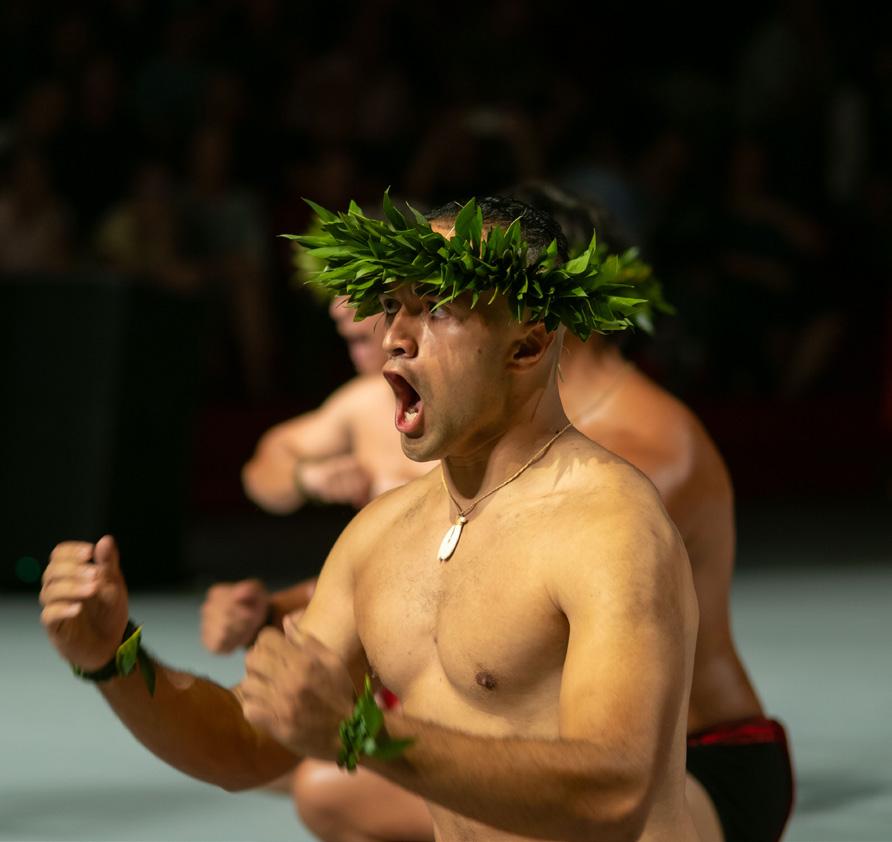
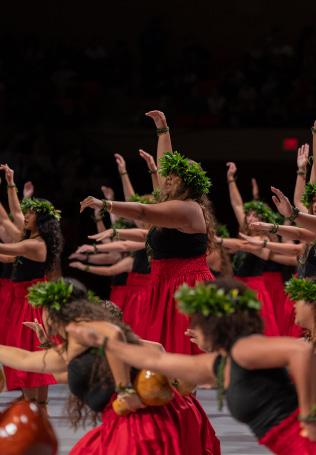
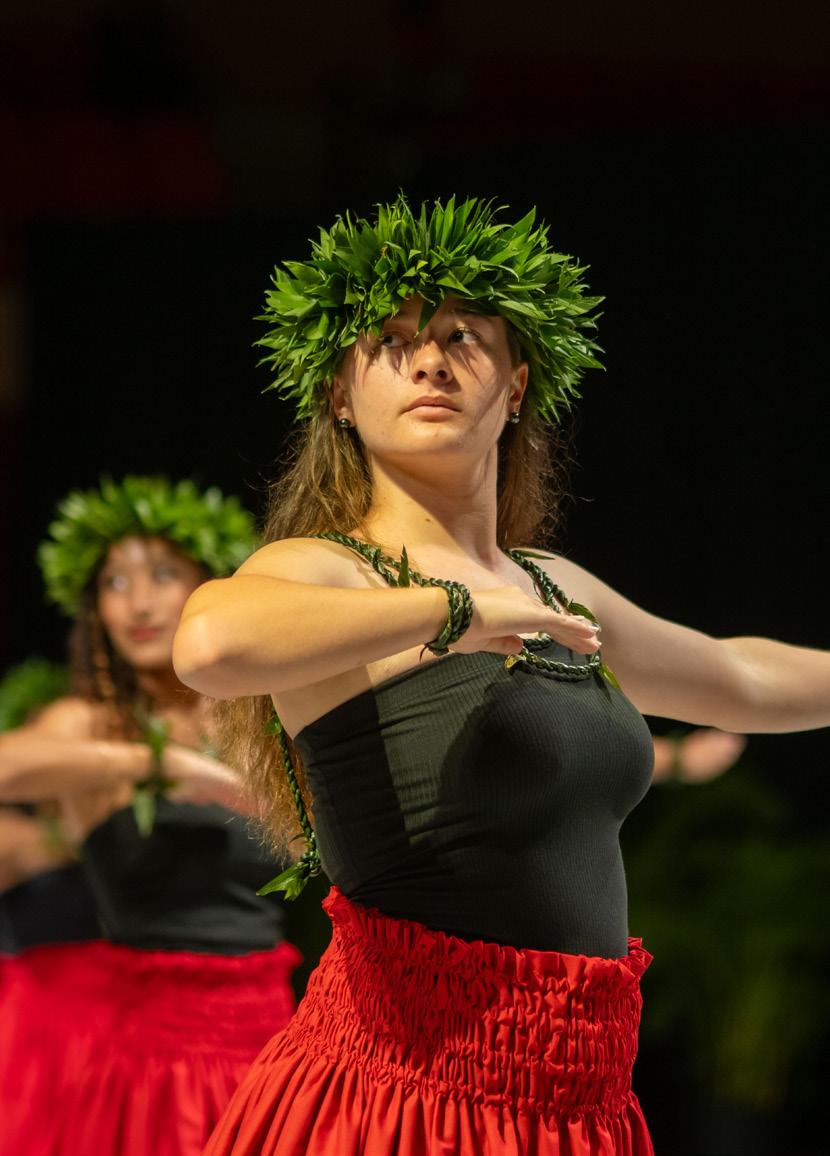
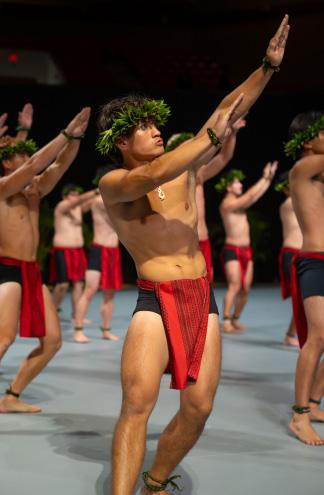
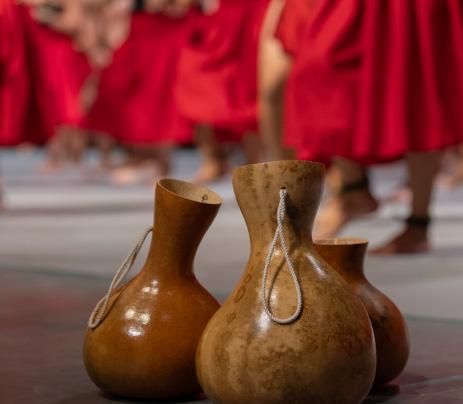
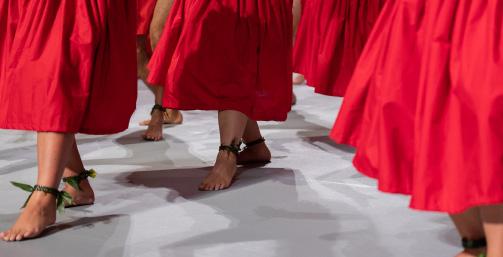
DAVID O. MCKAY DEVOTIONAL
Heavenly Father leads people to truth, and striving for truth leads them to Heavenly Father, says Georgi Lukov
BY TAY KANG


Georgi Lukov, a professor of the Faculty of Sciences, gave a David O. McKay Lecture on Feb. 11, 2025. Incorporating his academic insights with gospel principles, his message focused on understanding facts and pursuing truth in life.
Facts are indisputable, but truths are everlasting and can be found in interpreting facts correctly, he said. In this process, he emphasized dedication and connection with Heavenly Father. “A strong connection with the spirit makes it more likely for us to recognize the true meaning of the facts and ultimately closer to the truth,” he said.
While some truths are revealed by observing and examining facts, others are revealed peacefully and privately through a quiet voice, testifying its validity, Lukov said. “This truth is given to test the true desires of the human heart and shows if we truly want to become like Jesus Christ,” he shared. He explained it builds faith, gives hope and teaches love that endures forever so they may become the sons and daughters of God.
Lukov highlighted the importance of pursuing truth in both spiritual and academic realms. To achieve eternal knowledge and everlasting existence, he said one should embrace all truth that God communicates with His children, whether received by direct spiritual guidance or learned in a scientific laboratory. “I hope we all continue our journey ahead, searching and embracing all light and truth,” he said.
Thomas Walser, a freshman from Canada majoring in business management with a finance concentration, said the lecture opened his mind about how science could testify of God. “It motivates me to learn more about science and the principles of the world so that I can understand God better,” he said.
Lachlan McQuivey, a freshman from Massachusetts majoring in business management with a finance concentration, shared this lecture answered his question about pursuing truth. “I should look around at the things I’m taking as truth and think if it’s from God or another source,” he said.
Photos by Joseph Ariono and Hiroki Konno. Graphics by Yichi Lui and Ice Cesario.
CANOE RACE 2025

Students represent their home countries as they paddle canoes at Kahana
Bay
BY LINDA LAULU
The Fenua Riders paddled to victory during the BYU–Hawaii canoe race at Kahana Bay on July 26, hosted by Seasider Sports and Activities. The team, made up primarily of Tahitian students, took first place in the final round, followed by the Frigate Riders and the Gladiators. Representing Tahiti, the victors included Tanoa Lemaire as fa‘ahoro (position 1), Tu‘iterai Tunutu as fa‘ati‘a mua (position 2), Haoariki Harehoe as raatira (position 3), Mataiki LeBrun as tura‘i (position 4) and Natalie Teriihaunui as fa‘ati‘a muri (position 5).
“It felt incredible to win,” said Matahani Teriihaunui, a Fenua Riders member and a senior from French Polynesia majoring in communication, media and culture. “After our Tahiti team was eliminated last year, we really wanted to showcase that wa‘a is something Tahitians are excellent at,” she said. Their team, she shared, had great communication and unity, making the activity more than just a sport for them. Teriihaunui said it is also a link to cultural heritage. “Our ancestors used outrigger canoes to fish, feed families and travel. Tahitians are proud of that history.”
The team, shared business management freshman Lemaire, didn’t have a formal training schedule, but they trusted in their unity and experience from paddling back
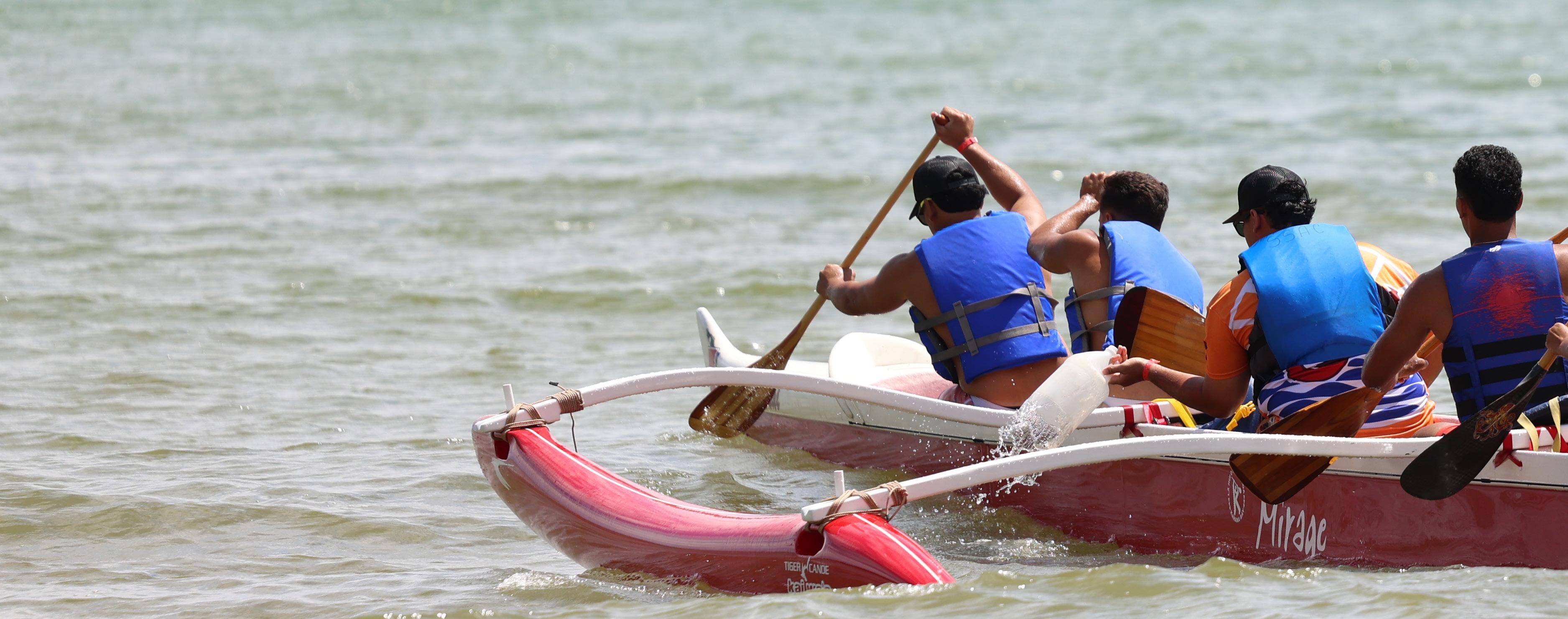
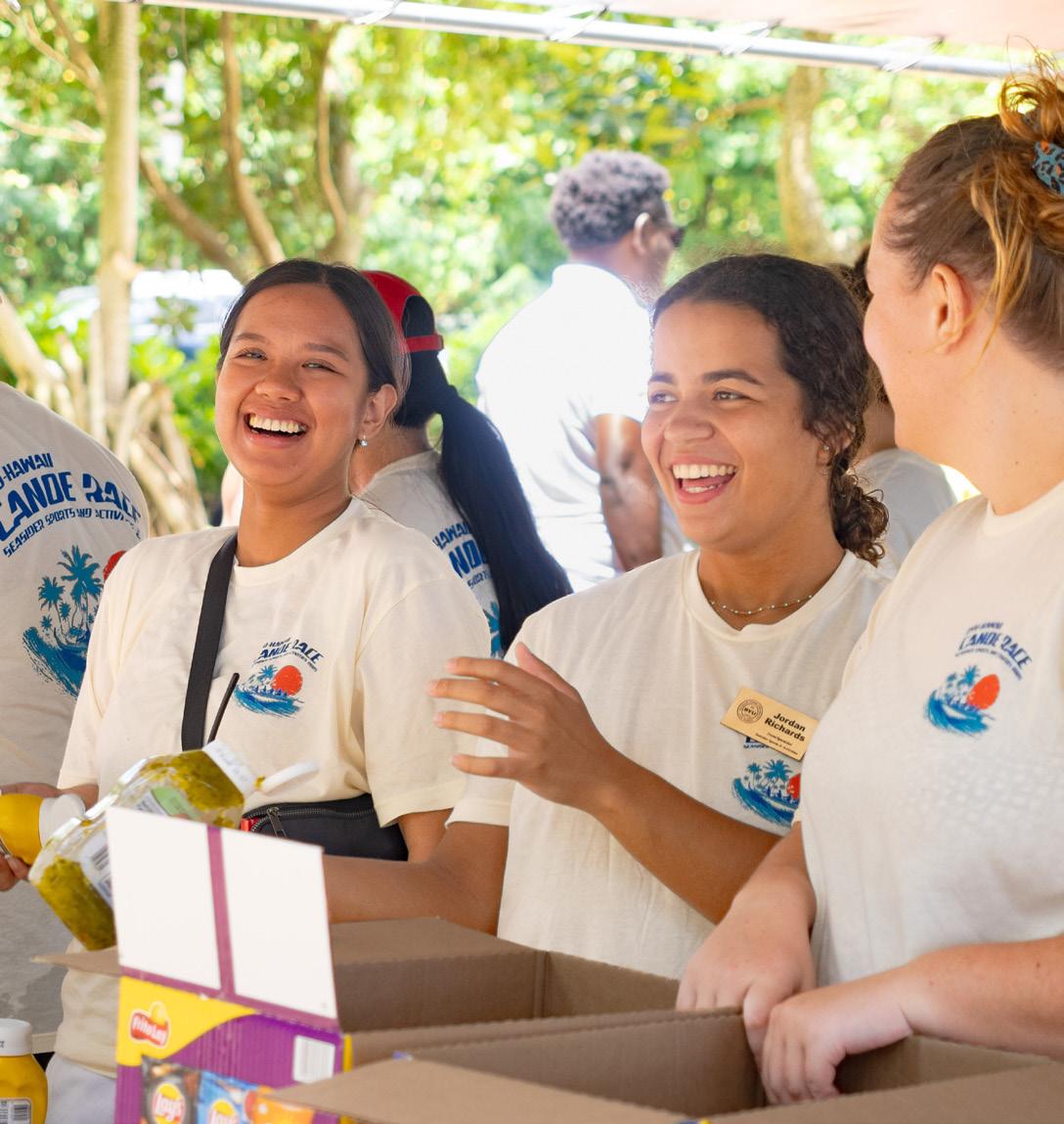
home. “We also said a prayer before the race and reminded each other about timing,” he added.
The race day included multiple heats. After placing second in the third race even with a broken paddle, the Fenua Riders surged in the final round. “We won the finale by a good distance and we were so hyped to bring the trophy back to Tahiti,” said Lemaire.
La Ree Tea, a junior from Samoa majoring in communications who paddled with team Fetuao, shared, “My highlight was when our canoe went lopsided during what we thought was our best attempt.” She said it humbled her and reminded her to enjoy the moment—something she said she lost sight of during the competition. She said paddling helped her connect to her family history. “Back home, my father supported us through fishing and farming. Though I didn’t do this growing up, trying it now helped me appreciate his sacrifices,” she said.
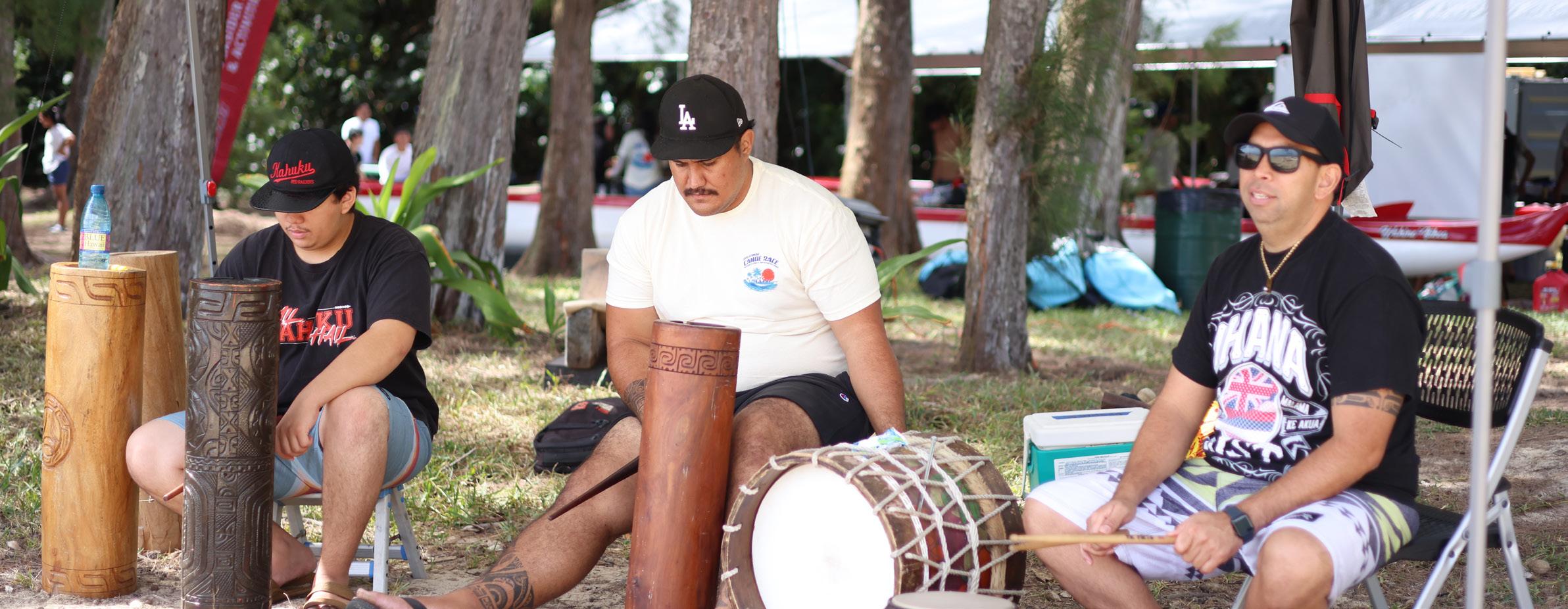
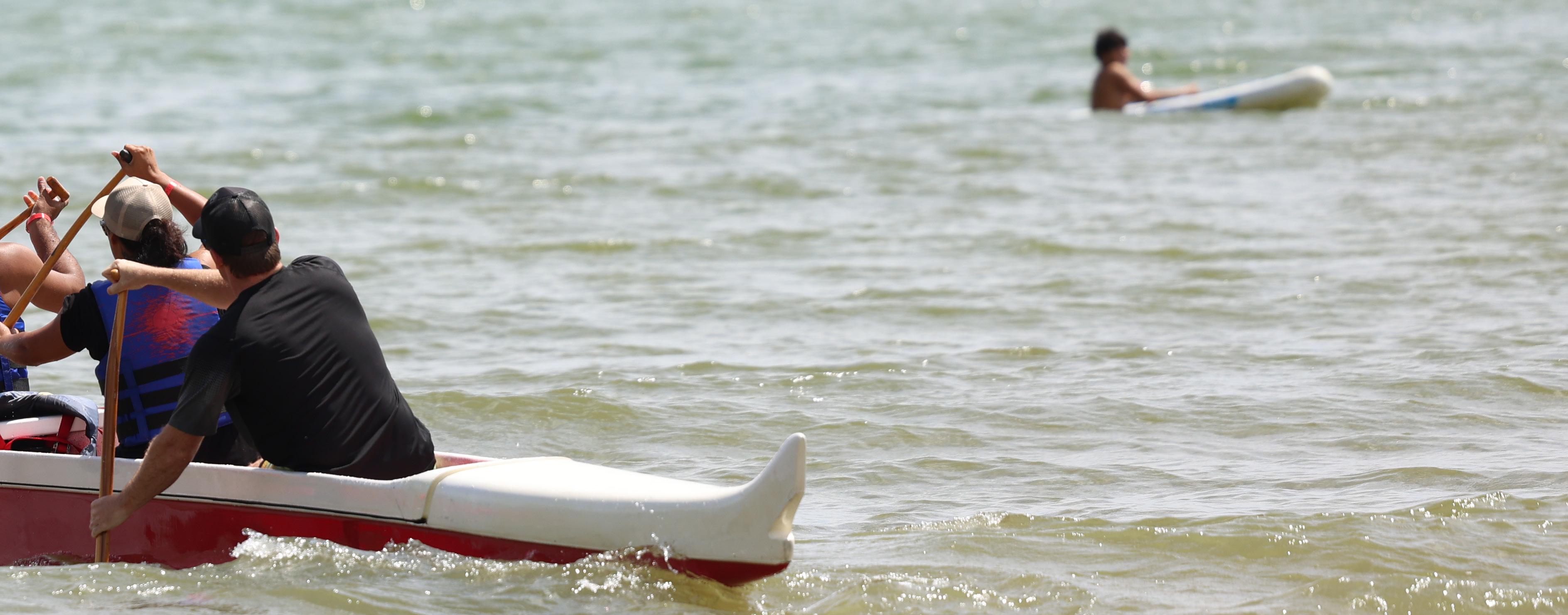
Photos by Ke Alaka’i photographers.
A CANOE
LIKE NO OTHER
While rooted in the shared tradition and purpose of Polynesian voyaging, crew members say Iosepa’s gospel-driven mission and academic foundation set him apart from other canoes
BY SAMANTHA FAITH SATORRE
While many voyaging canoes feature sharp hulls that slice through ocean waves, the wa‘a kaulua Iosepa rides the sea’s vicious surges with his round hulls. In Jerusha Magalei’s words, “he flows,” and etched on his frame are stories not only of ancestral heritage but of gospel-centered individuals who make his odysseys across the Hawaiian seas possible today. “Iosepa is different because we’re part of the university, and we focus on the gospel. We educate students in both secular and spiritual ways,” Magalei explained.
Magalei, an assistant professor in BYU–Hawaii’s Faculty of Education & Social Work, is a daughter of William “Uncle Bill” Wallace III, the person who founded the university’s Hawaiian studies program and spearheaded Iosepa’s creation. This relation, she said, made her attachment to the double-hulled
voyaging canoe natural. “My role is to help maintain the stories and history of Iosepa— how it began, how he got his name and the records of his sails,” she said.
Essential to this role, she shared, is recognizing Iosepa’s place in the larger network of Polynesian voyaging. Iosepa, according to her, descended from the spirit of other canoes—namely Hōkūleʻa, the mother of canoes, and her daughter, Mākali‘i—and is therefore guided by the same values embraced by his predecessors. “The values are the same because they all come from the same knowledge. Iosepa was trained by Mākali‘i, who was trained by Hōkūleʻa. There’s a genealogical tie,” Magalei explained.
Hōkūleʻa’s website states, “Embedded in the story of Hōkūleʻa and the culture that created her is the story of a 2000-year-old relationship with special islands and the sea.”
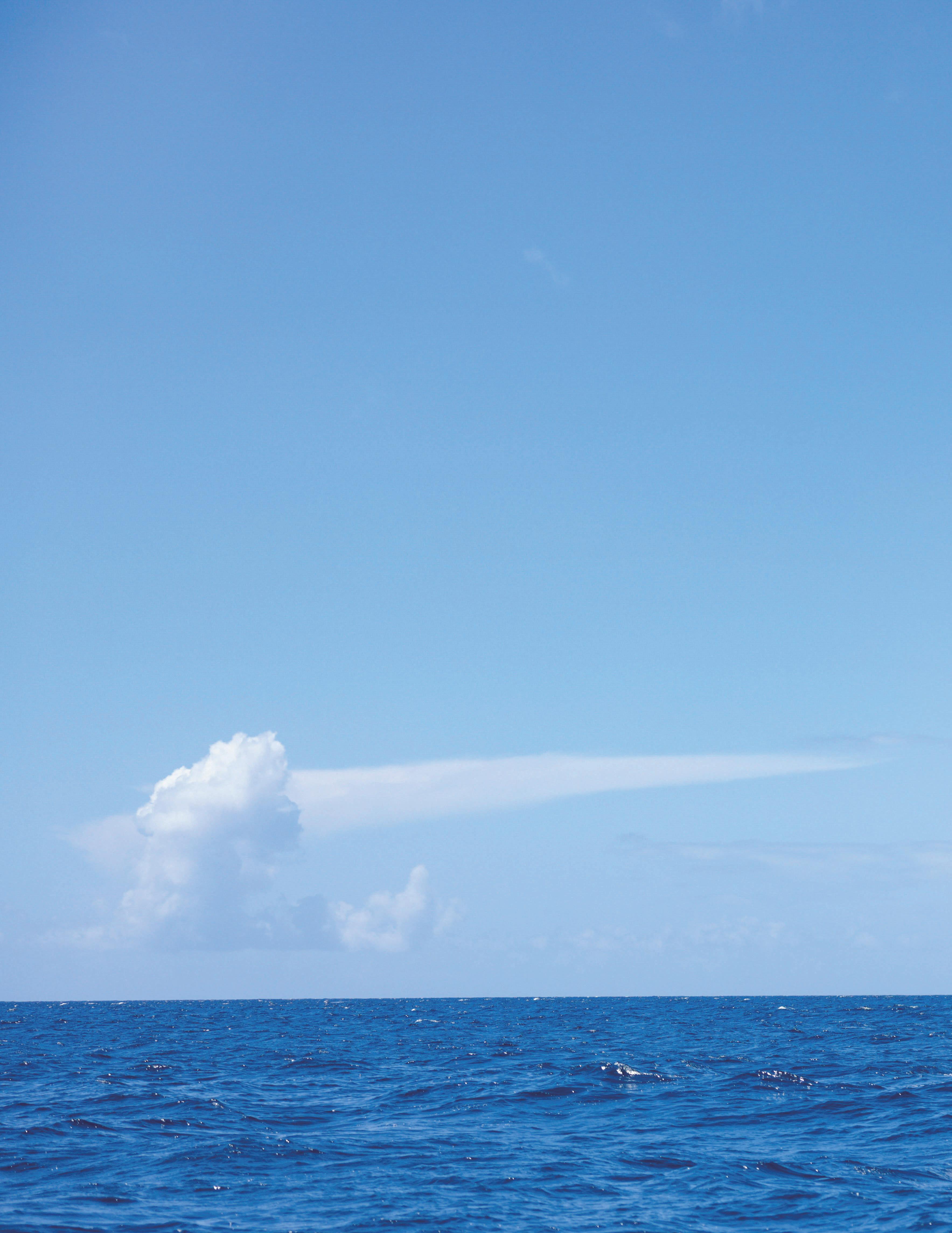
Similarly, Magalei said Iosepa plays a special part in the Polynesian Voyaging Society’s ongoing quest to restore this ancient story that was almost lost—a legacy described by the website as “a story of survival, rediscovery and the restoration of pride and dignity.”
Driven by the gospel and ancestral wisdom
Kahiamaikalani Walker, an applied mathematics and Hawaiian studies senior born and raised in Laie and Hau‘ula, voiced a thought shared by every other crew member—Iosepa can be easily distinguished from other canoes because he carries the gospel of Jesus Christ. “It is not a requirement to be a member of the church to be onboard Iosepa. But to be on Iosepa, you do need to recognize that he is a vessel of the Church of Jesus Christ,” he said.
Iosepa’s gospel-centered nature, Walker
shared, fills their voyages with spirit and emotion. “There’s so much love and peace felt,” he expressed. Although he acknowledged that other canoes can evoke the same emotions, he emphasized Iosepa’s power to name and define these profound sensations. “With Iosepa, we can easily recognize that it’s the love of God— the Savior’s power. I would say that’s the biggest difference,” he explained.
Walker noted not only Iosepa’s religious affiliation, but also the vessel’s connection to BYU–Hawaii. “To my knowledge, Iosepa is the only voyaging canoe owned by a university. There’s no other place like it,” he shared. These associations, according to him, give Iosepa unparalleled guidance and strength. “Many people assume religion pushes us away from our ancestors. In reality, especially as we pursue these voyages, we are brought even closer to them.”
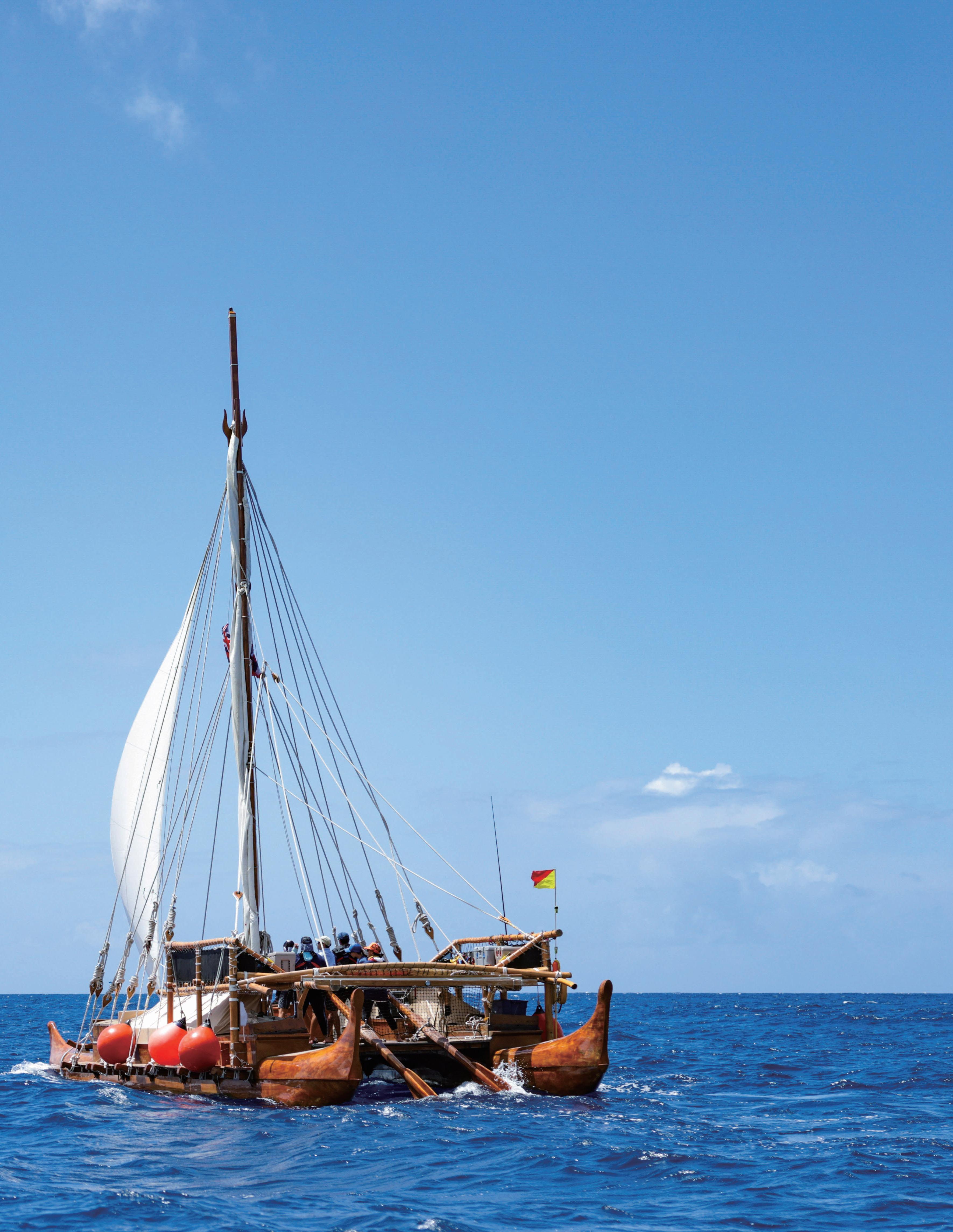
Magalei expressed similar insights on Iosepa’s intrinsic ties to the gospel. Citing “The Birthing of Iosepa,” a documentary film by Director Daniel Skaf about the double-hulled voyaging canoe’s creation, Magalei outlined four core principles that guided the vessel’s conception. “Turn your hearts to your ancestors; have faith in yourself, those around you and in the Lord; find a sense of self and positionality; and spread the light of Christ through service,” she listed, reiterating William Wallace III’s words in the film.
Magalei said the first principle is rooted in indigenous cultures across the Pacific. Turning to the past and seeking ancestral wisdom, according to her, is deeply ingrained in their communities. “If you want to be successful in life, turning to them and seeking their knowledge will help you,” she explained.
The second one, she said, is vital to the

success of any voyage. “When you’re on top of Iosepa, everything you do requires not just thinking about your ancestors but having faith that you have the capacity and ability to do great things,” she stated. Braving the vast ocean, she stressed, calls for faith in themselves, in their ancestors and, above all, in Heavenly Father and Jesus Christ.
Magalei said the third principle urges voyagers to answer questions that delve into their identities: “Who are you? Where do you stand? What is your role on the wa‘a, in class, in your family or in the world?” Iosepa, she said, may be Hawaiian in concept and design, but its spirit resonates with people from all walks of life. “It doesn’t matter if you’re Hawaiian— our last sail had students from all over the world. I loved that,” she expressed.
The fourth one, according to Magalei, is tied to Iosepa’s mission. “In the dedicatory prayer, Elder M. Russell Ballard said Iosepa is a missionary. He has a spirit of his own. When people see him, or when the crew comes into a community, they bring a different light. They serve and educate.” This mission, she said, is reflected in this year’s voyage when the crew visited and uplifted communities through providing basic needs and offering cultural entertainment.
Different hulls, one highway
The islands and the seemingly infinite sea, according to Walker, have shared a special relationship since times immemorial—the waters served not as partitions between lands but as a freeway for bold spirits. “There was one
point in history when the ocean was a highway. People were sailing back and forth thousands of years ago,” he shared. Today, he said, voyaging canoes may differ in form, but they remain united in purpose—to connect people and revitalize the time-honored tradition of pilgrimages across the vast sea.
“At present, Iosepa stands as the only actively sailing all-wooden double-hulled voyaging canoe,” Walker said. This quality, he continued, sets Iosepa apart from other modern canoes that incorporate fiberglass and hybrid materials. “What’s more, his creation involved many cultures. The logs are from Fiji, the master carver is Tongan and it takes an entire community to support him,” Walker added. This spirit of community, he noted, is evident in the dedication of those who
“Voyaging has always been the act of connecting with each other. Connection is the ultimate goal”
Kahiamaikalani Walker

maintain, prepare and sail with Iosepa—about 30 people attend weekly workdays, and approximately 90 people took part in this year’s voyage, he said.
In addition, Walker emphasized the significance of Iosepa’s round hulls—a defining feature of Hawaiian canoes. “In Micronesian or Melanesian vessels, you’ll see sharp hulls that help them track through the water. But because Hawaii’s waters are rough and waveheavy, we favor round hulls,” he shared. This design, he explained, allows the canoe to smoothly ride the ocean’s swells.
But in terms of training crew members and the values they prioritize in each voyage, Walker and Magalei said all canoes are similar. “Voyaging has always been the act of connecting with each other. Connection is the
ultimate goal,” Walker stated. Both at sea and in the bustle of preparation, they are building an intimate relationship with each other, with their ancestors, with the culture and with Iosepa himself. “When you sand the hulls, you’re connecting with the canoe. As you do the lashings, you come to know him more intimately. That relationship matters. It’s what makes you a good candidate to sail on Iosepa,” he explained.
“So Iosepa, overall, helps us look back— what it was like for our ancestors, using the same materials and methods to feel the ocean. We use our senses and faith,” Magalei shared. She said the renaissance of Polynesian wayfinding, pioneered by master navigators like Mau Piailug and Nainoa Thompson, is something the entire voyaging society continues to carry forward.
In the pursuit of reviving an art that had been slipping away, Walker said, the Polynesian Voyaging Society was founded in 1973. “At the time, many involved in voyaging felt a deep sense of disconnection—from their ancestors, from the ocean and from the practices that once defined their identity,” he shared. The first successful voyage, he noted, marked a turning point. He said it became clear that voyaging couldn’t be a one-time event where they sail once and then have the canoe sheltered as a museum artifact. “We recognized how disconnected we were, and we knew we needed this practice back in our lives. That’s why Iosepa should be sailing as often as he can,” he expressed•
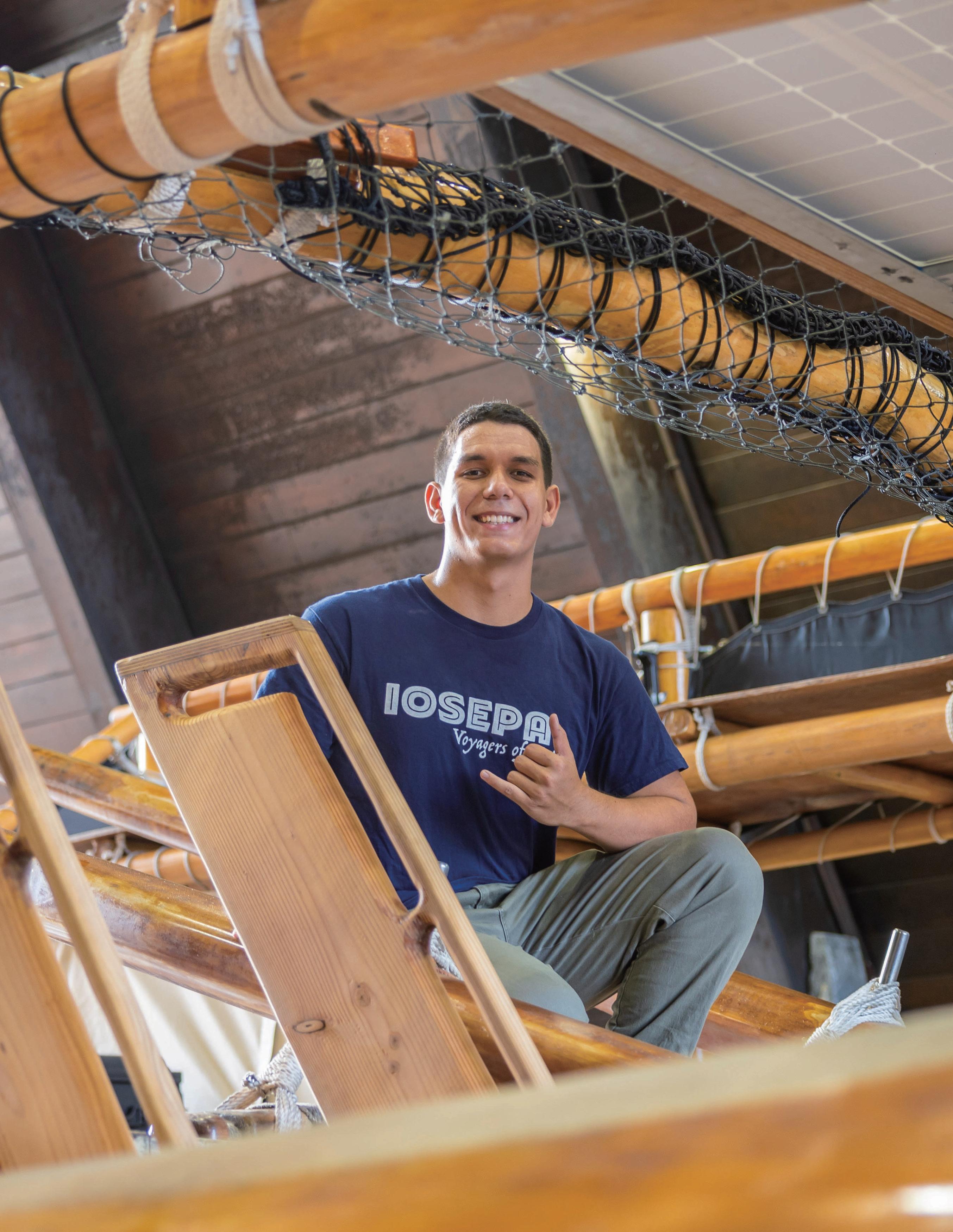

A Hawaiian voyager’s sacred duty
Through his voyage on Iosepa, Kalaikīōla Haverly says he reconnected with ancestral heritage, embraced spiritual stewardship, and navigated life’s challenges with aloha and faith
BY JOHN ANDREW QUIZANA
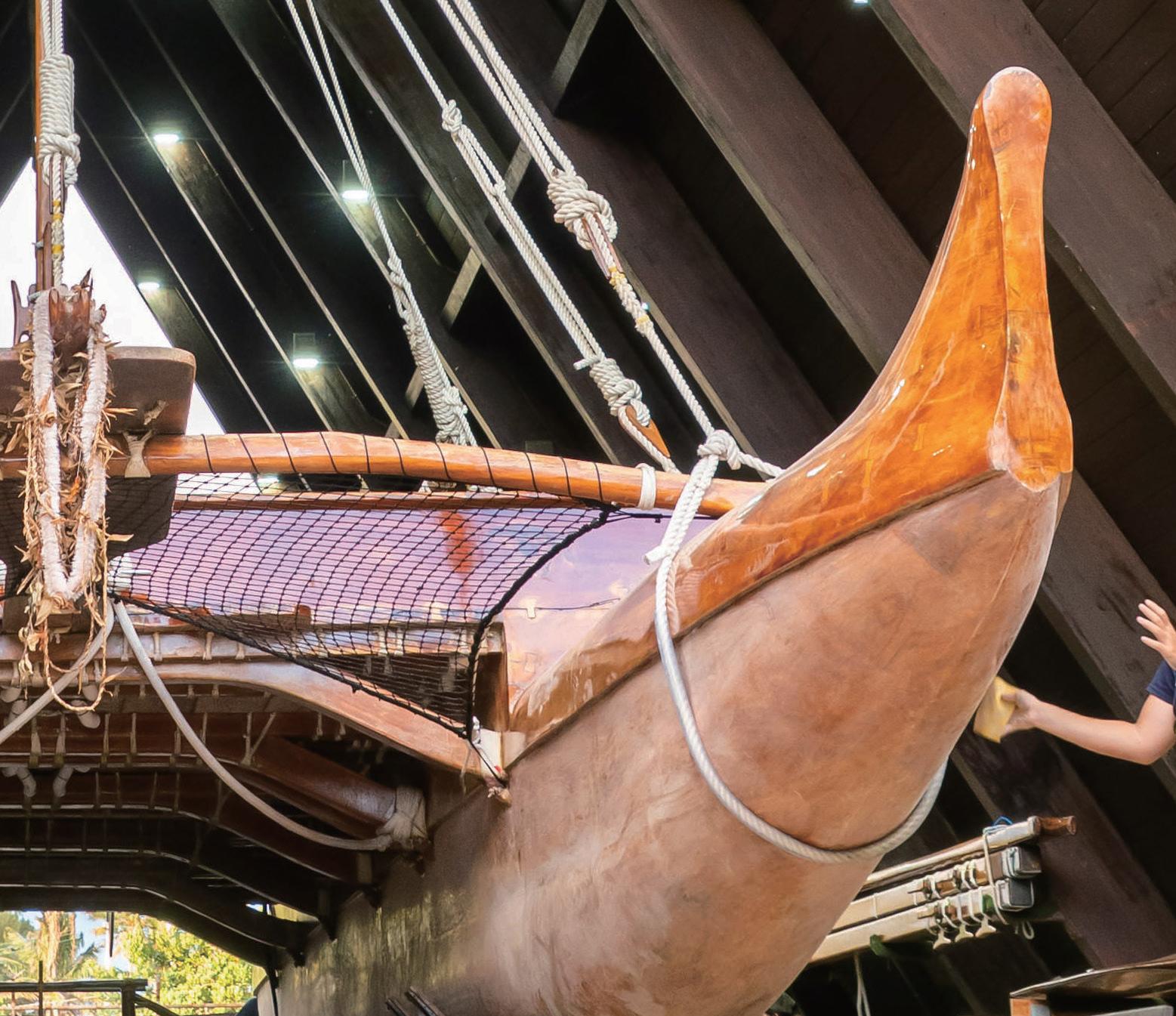

On a campus where cultures converge and tides of tradition meet, the Iosepa canoe stands not only as a symbol of Hawaiian heritage, but also as a living classroom for spiritual growth, cultural reconnection and personal transformation, according to Kala Haverly, a sophomore political science major from Hau‘ula. He said his time on the wa‘a has been more than a student experience; it’s been a rediscovery of purpose, identity and legacy.
What began with a profound sense of cultural urgency eventually led Haverly to board Iosepa, he said. While serving a fulltime mission for The Church of Jesus Christ of Latter-day Saints in the Dominican Republic in 2023, he heard news of the devastating Lāhainā wildfires—a moment he described as a turning point. “It wasn’t just Iosepa I felt was calling me,” said Haverly. “It was the Hawaiian culture itself—a strong, undeniable pull to live and act more as a Hawaiian.”
In the wake of the tragedy, Haverly said he recognized a personal responsibility to live louder—to carry on the values and voices of his ancestors who were no longer able to speak. A few months later, when his father invited him to join the Iosepa crew, he said yes without hesitation, he added.
Growing with the wa‘a
Haverly said he grew up immersed in Hawaiian culture. “I grew up speaking Hawaiian. I grew up living and doing Hawaiian cultural values, dancing hula and singing Hawaiian music. I have been doing that since I was young,” he said. While serving in the Dominican Republic, Haverly said he had to learn how to live with the people—understanding their way of life, embracing their culture and walking alongside them. So when he returned to Hawaii, he said he felt he had to do the same. “After my mission, I told myself I’d do everything the way the natives did,” he said. “I wanted to be like them, to learn from them. And in doing so, I had to relearn a lot of the Hawaiian ways.”
After essentially relearning how to “walk” culturally, he said he began to understand that the experience was preparing him not just to live his culture, but to explain and teach it to others. “And that’s exactly what we do on Iosepa: we teach people what we do, why we do it and what it means to us,” he said.
Ancestral presence
When asked if he ever felt the presence of his ancestors while voyaging, Haverly said he has experienced such moments both during training and while out at sea. He recalled one particularly powerful experience while sailing to Lāhainā. “We thought we were heading to a different port,” he said, “but right before we went in, we found out we were going to Lāhainā Harbor. We all knew what had happened there, and everything became solemn. We could all feel it—this was something significant.”
Being in that space, he said, made a deep spiritual impression. “You are where you need to be. If your ancestors were alive today, they would be doing what you’re doing. They’d be here, trying to bring light to these people at this time.”
“That,” he added, “is how I stay connected to them—by doing the work they would have done and walking the path they’ve laid before me.”
Voyaging as a metaphor
Haverly compared voyaging to life, using a lesson he learned during a particularly formative year. “Something I learned that year was you can always control your sheet lines,” he explained, referring to the ropes that adjust sail angle and speed. “If you want to be safer and take it slower, you can just close your sails and take things that are harder a lot more easily.”
He said the same principle applies off the wa‘a. “In life, you can always change how much is on your plate. Let go of certain things, and your life isn’t going to be as hectic.”
Reflecting on the most important value he’s learned from voyaging, Haverly emphasized the power of caring. “On the wa‘a, you can’t get rid of these people,” he said. “If they’re mad, it’s your problem. If they’re sad, it’s your problem. You need their help to move the boat, to do whatever. You care about what’s important to them, and you help them navigate the ocean.”
That principle, he added, mirrors life and aligns with his faith. “It alludes to the gospel. We are all brothers and sisters. And if you care about those around you—if you love them— your life will be so much better.”
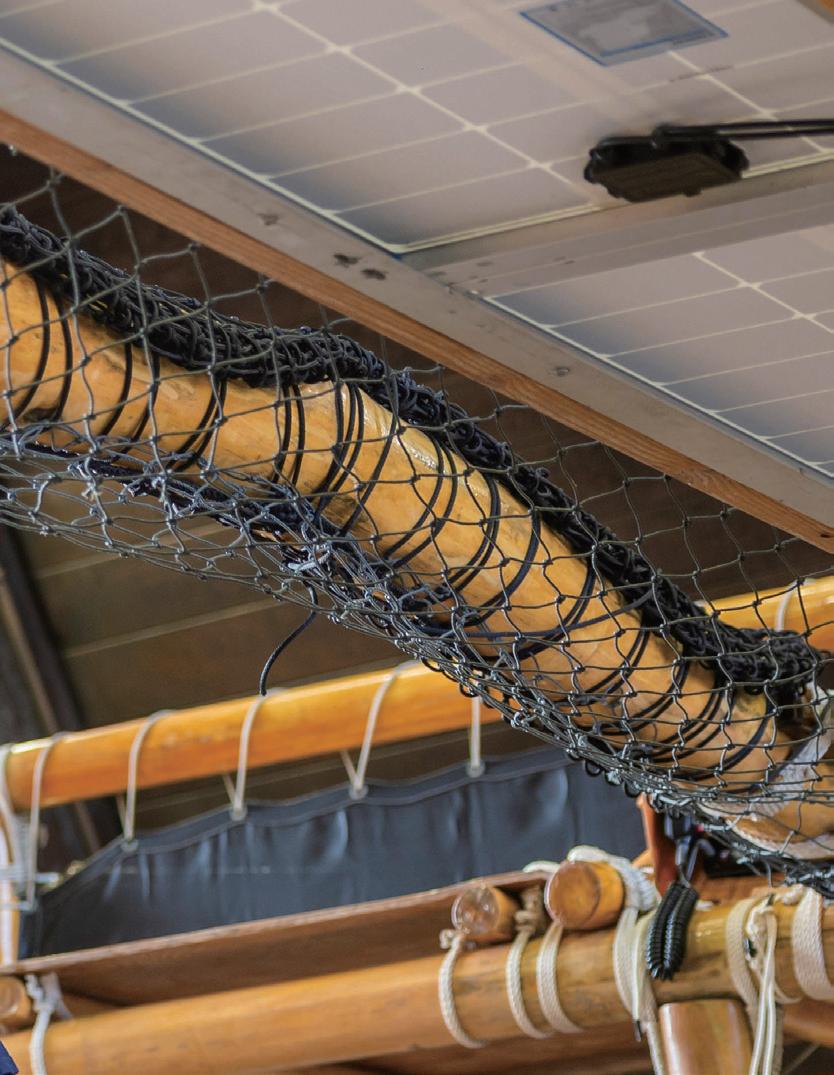

Lessons in leadership
As an anchor watch captain, Haverly said the weight of responsibility initially felt overwhelming. “If something bad happens, it’s on you,” he said. “It’s not really on the crew. It’s on you.”
However, he shared that through faith and self-trust, he gained confidence in his role. “As I trusted in the Lord, I trusted in myself,” he said. “I just went on and did it. I realized, like, wow, I really can trust myself to be a leader. It doesn’t matter if problems come up—I can handle it. I will know how to make informed and inspired decisions.”
To Haverly, stewardship is more than just a duty—it’s a path to growth. “It’s not like, ‘Oh, I have to be afraid because if I mess up, I’m gonna be in trouble,’” he explained. “Stewardship is also empowering. Because I was given that responsibility, I was able to grow my leadership skills.”
He added that genuine leadership begins with love and vision. “If you care about people— if you truly love them and see them as Christ sees them—you start to understand not just their problems or difficulties, but their strengths,” he said. “You’re able to realize, ‘Hey, this person is really good at this, and I need that.’”
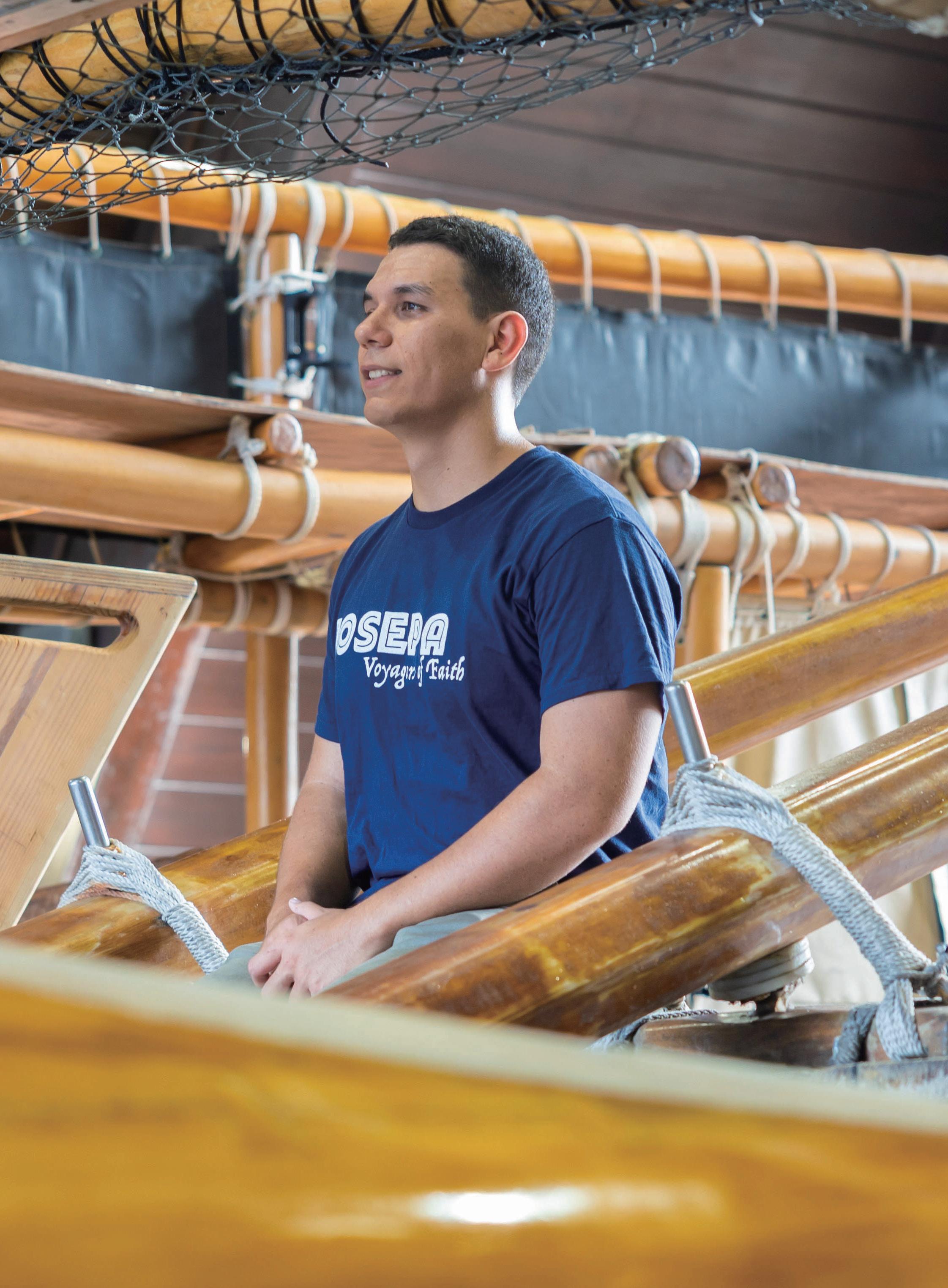
Legacy and the voice of Iosepa
Haverly said he often thinks about his future children when sailing. “I know one of the crew has definitely heard me say, at least once, ‘In 20 years, our kids will be sailing Iosepa,’ or ‘In 10 years, we’ll be telling our kids about Iosepa.’”
He shared the legacy he hopes to leave. “I want my kids to know, ‘Hey, I’m Hawaiian, and sailing Iosepa is part of who we are.’ Even though we might be Polynesian, sometimes people see Iosepa as ‘those trained guys.’ But to me, this is our community. The canoe belongs to our people,” he expressed.
When asked what Iosepa might say if it could speak, Haverly smiled and said he imagined it would be grateful: “Thank you for sailing me. Thank you for taking me to places I’ve never been before. Thank you for helping me bring light to others.”
Then, with a chuckle, Haverly added, “And he’d probably ask, ‘So, when are we doing this again?’”
To Haverly, Iosepa is more than a canoe— it’s family. “He brings people together and just wants to be out there,” he said.
Advice to cultural navigators
To those striving to preserve or adapt their culture, Haverly shared his perspective. “There is a higher culture—the gospel culture. Anything that is true, that builds upon the gospel and helps you live the gospel better, is truth. It is important and valuable not just to you, but to God,” he said.
He added, “I feel the Spirit most strongly when I do those cultural things that also support the gospel. So I invite people: if you’re trying to preserve your culture, take what is good and supports the gospel, and live with that.”
Haverly extended the same advice to those learning a new culture. “It’s the same thing: take what’s good and leave the rest. You’re making your own way of living the gospel. How you feel the Spirit matters to God, and it matters to you. Keep what’s good. Keep what works.”•
Photo by Mark Page Design by Ice Cesario
Giving voice to the Voiceless


Ho’olōkahi Chamber Choir performs “Worldwide Requiem” at Carnegie Hall inspired by natural disasters and war across the globe
BY ANN GOEBEL
At Carnegie Hall in New York City on May 11, 2025, a diverse array of BYU–Hawaii students from many different countries gathered to perform “Worldwide Requiem,” says BYU–Hawaii News. Composed by Erica Glenn, an assistant professor in the Faculty of Culture, Language & Performing Arts, the music honors the survivors and casualties of global crises like wars and natural disastetrs, said Seon Woong Hwang, a senior biology major from South Korea and choir member.
Another choir member, sophomore biology major Jacob Joyner from Texas, said he had minimal knowledge of these global disasters before coming to BYU–Hawaii and rehearsing this music. He said though such crises are devastating, there are people in Western nations like himself who may be oblivious to these greater global issues. He said someone told him Ukrainian delegates attended their performance at Carnegie Hall. “I hope people who were affected by this and heard [us] feel like they have a voice now.”
Surviving Typhoon Haiyan
Performing at Carnegie Hall was an emotional experience, shared Abel Andaya, a sophomore visual arts major. His experiences surviving Typhoon Haiyan in the Philippines as a child were on his mind as they sang Pie Jesu, a piece about that same natural disaster.
Andaya’s family moved to a different part of the Philippines for his father’s church calling as a mission president, he said. Around five in the morning one day, he said he was woken up by water splashing into his bedroom window. Three hours later, he said the wind intensified, breaking their home’s glass windows. The family squeezed into a tiny bathroom downstairs to protect them from shards of glass, he recollected.
As the water level rose, he said his family moved to the second floor and fearfully prayed they would not be forced to climb onto the roof. After three days, they were able to go outside for the first time, he said, where the
ground was covered with a foot deep of mud, debris and dead bodies.
Eventually, the family flew to safety in Manila, he said. Over a decade later, Andaya shared loud gusts of wind and heavy rains remind him of the catastrophe. However, he said singing “Pie Jesu” at Carnegie Hall was a healing experience.
Pie Jesu
Hwang said his favorite of the seven pieces was “Pie Jesu.” He said the song lyrics came from a Filipino student at BYU–Hawaii who survived the disaster and whose father was a rescue volunteer.
“The song lyrics say a boy was climbing up a tree, even though he was bleeding … but in the end, he couldn’t survive,” said Hwang. The song also describes the tragic loss of an entire family as floodwaters rushed in unexpectedly. “The whole family died, even a two-month-old baby,” he said while
demonstrating how the family died clinging to one another.
Hwang said singing is one way communities can remember those who died and survived natural disasters. He hoped their voices reached the deceased and brought them comfort.
Connecting to Ukraine
Glenn said she felt compelled to compose music about global crises because of her personal ties to Ukraine and sadness regarding the war, she shared. From 2008 to 2009, she served a mission in Eastern Ukraine, she said. Since then, she has maintained relationships with friends from her mission and work colleagues in Ukraine.
When the war broke out, “I did all that I could to help people come up with evacuation plans.” Glenn recounted a call with a young woman who was trying to survive an active war zone. “She was able to keep a burner phone, and she would run through the bombing every day to a spot with cell reception.” Struck by the woman’s harrowing story, Glenn immediate-
ly wrote an article with eyewitness accounts that was published in USA Today. “I felt really strongly about bringing as much awareness as I could.”
Since then, Glenn has organized a benefit concert for Ukraine and completed a research trip in Poland on how music helped Ukraine refugees bond through difficulties, she shared. Her research and work with students facing hardship affirmed for her that music is a tool where “voices can be heard across cultures to heal each other’s wounds,” she said.
The composition process
Before composing, Glenn said she began with conversations with students and parents about their experiences with global crises. She also compiled her own research about global crises into a document and listened to other requiems for inspiration.
Within two days, she composed two movements while at an Airbnb over Christmas break, she shared. She said she works the best when she has concentrated periods of time to work without distraction. She said she is blessed with
the ability to draft music quite quickly.
However, she shared that does not mean she put little thought into the music. Even after drafting the movements, she collaborated with her choir students, their parents, BYUH professors and others to revise the words of the music based on their understanding of languages Glenn did not speak.
Healing and ancestral connections
Glenn’s student, Moanahiwalani Walker from Hawaii, used her creativity to make the performance as impactful as possible, Glenn said. For each of the first six songs, a student represented a nation impacted by tragedy, walking to the front of the stage carrying a candle and a lei, Glenn said. According to her, Walker handcrafted each lei using plants symbolic for each country.
The final movement, “In Paradisum,” honored victims of the 2023 Lahaina fire, Glenn said. During the song, Walker wore the lei representing each nation and danced hula, which made the performance unique, said Glenn. “It was an emblem of cross-cultural connection
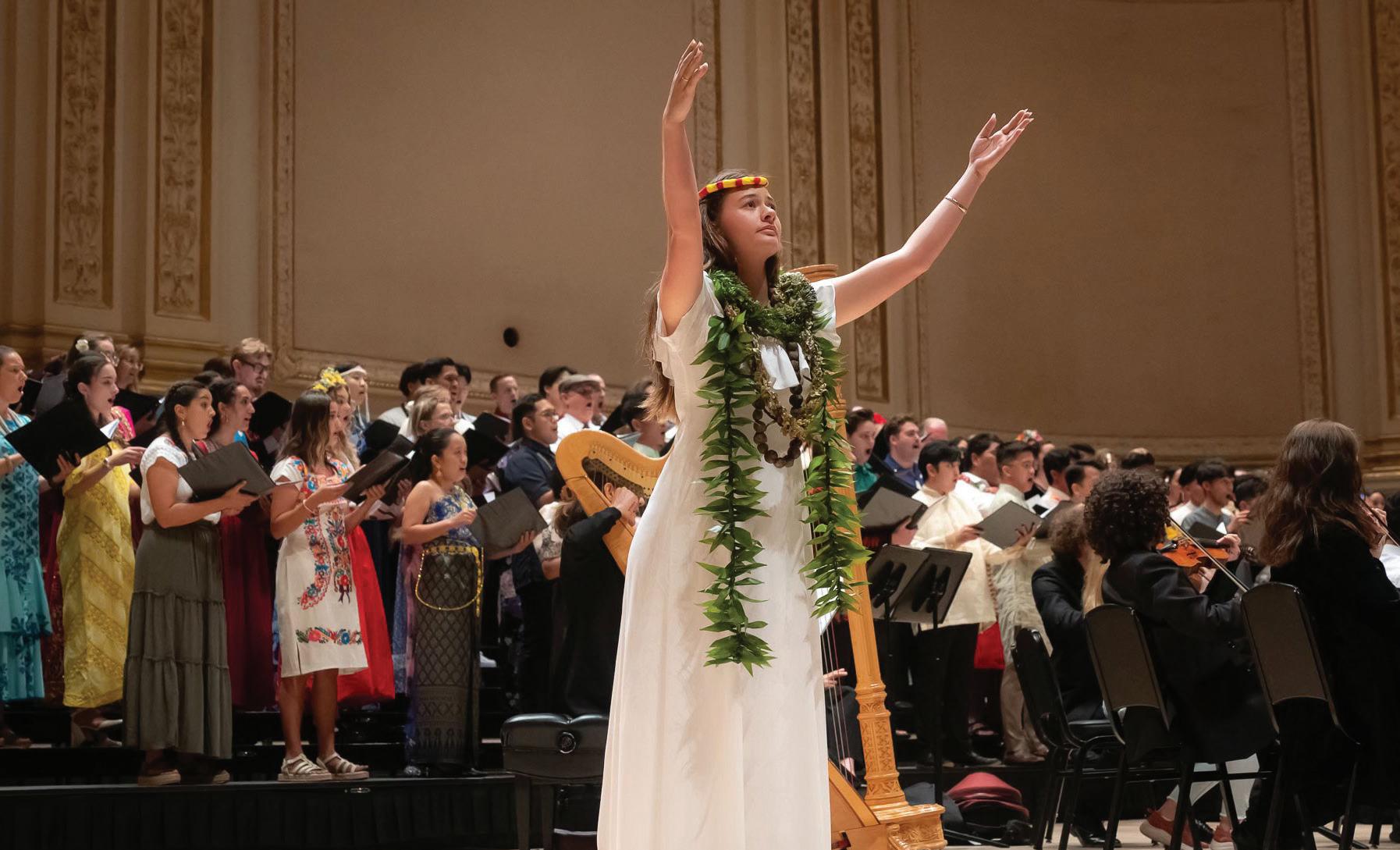
Layout by Cho Yong Fei
Pictures by Sam & Aubrey Merrill
and healing.”
Several students cried during the performance, Hwang recollected. “Some of them still remember the natural disasters,” he shared. Even though Joyner did not experience any natural disaster, he said singing” have him closure from his home burning down last fall.
To deepen the emotional connection, Glenn said students wore traditional outfits from their cultures to honor their ancestors. One student wore a handkerchief his recently deceased mother had given him, she said. Another wore a dress her Mexican ancestor wore when she crossed the ocean to arrive in the United States, she shared. Many students said they felt the presence of angels on stage with them, she said.
The students were deeply changed by the experience of performing at Carnegie Hall, said Glenn. Those who personally experienced these kinds of tragedies were given the opportunity to process their struggles, she said. She shared it reminded them of the value of the arts. Hwang said he believes music transcends language and builds connections. •
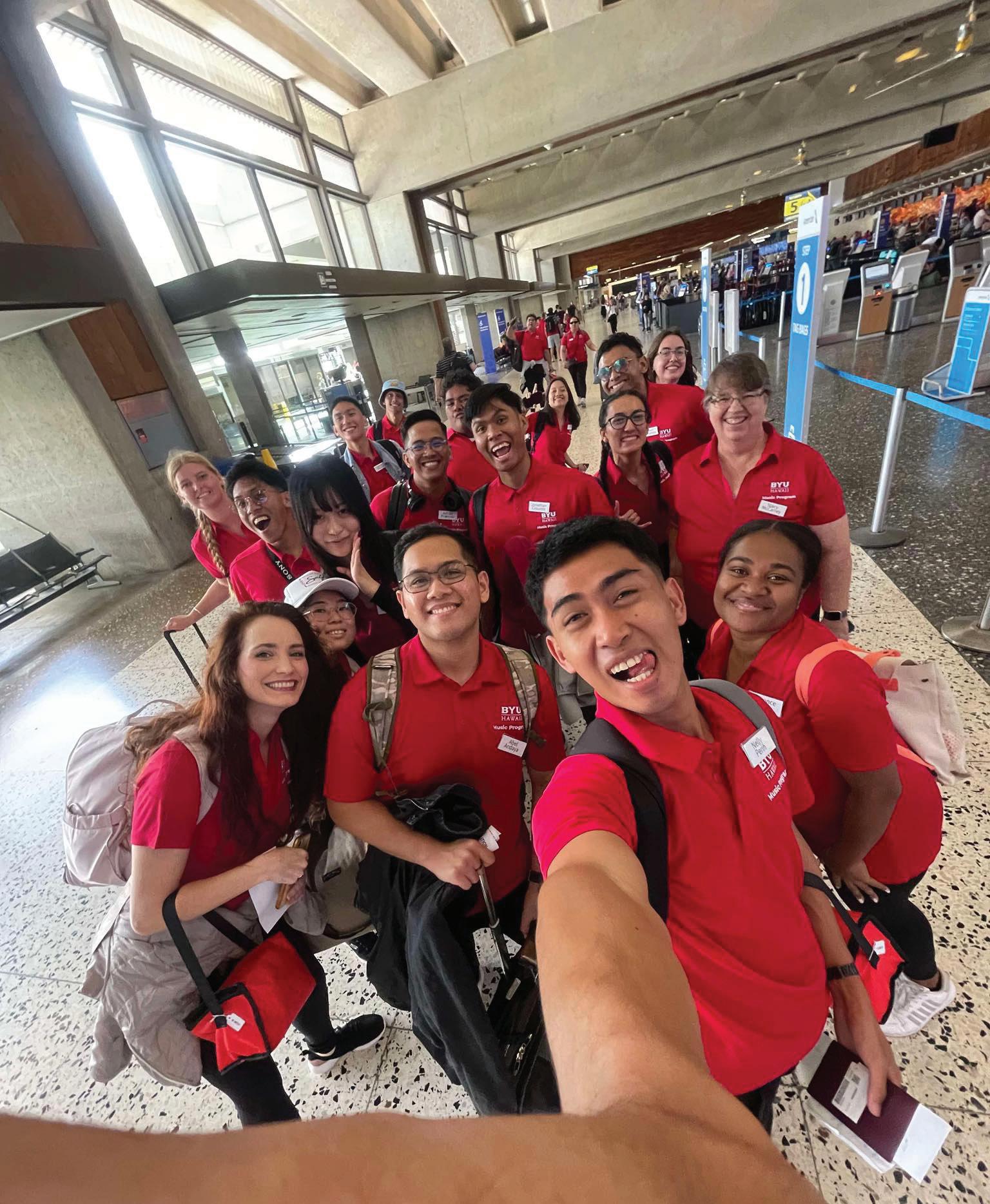
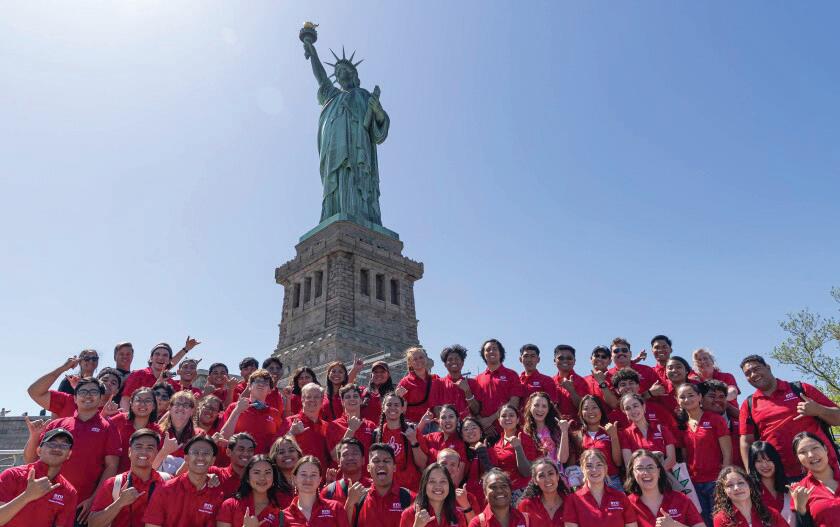
TRANSPORTING AROUND CAMPUS
From bicycles to
mopeds, students
share
their
diverse choices for a better mobility around the campus
BY MUTIA PARASDUHITA
BYU–Hawaii students shared their effectiveness in riding wheeled devices, from classic bicycles and boards to trendy electric scooters. Despite their preferred device, they all agreed it’s very convenient to transport within the campus and around Laie.
Steven Tee, a freshman majoring in vocal performance from the Philippines, said out of any other option, he chose to use a traditional bike because he didn’t need to buy gas or charge it. “I don’t like walking too much, so I don’t need to rush for classes but arrive faster.” He said the average cost of a standard new bike could be around $100 to $180 but it can go higher if you try to find good quality. He said, “If you decide to buy a second-hand bike around the campus, make sure to ask how much it was when they first bought it, and you can bargain.”
A junior from the Philippines, Jade Magracia, said, “I chose e-bike because it is convenient for campus commuting. The size is small and makes parking easier for me. It helps me quickly zip through the campus from TVA, and I don’t need to do any physical exertion.” She said she bought it for $300, but if the size is bigger, it can be more expensive. She said something to consider with an e-bike is the battery life and rainy season. According to Magracia, it’s hard to estimate the distance she could reach until the battery is out and she has to wipe the bike if she bikes through the rain to keep the machine in good performance.
A junior majoring in computer science from Taiwan, James Chen, said he chose to use a traditional scooter because it is affordable. He said he got the brand-new scooter for $50 and it’s enough to fasten his mobility to hop from one class to another. He said, “If you have [a higher] budget, I would suggest buying the electric one because sometimes you’ll get tired of pushing it.”
Rannod Vandyarto, a senior majoring in biochemistry from Indonesia, said, “I chose to use an electric scooter because it’s not bulky, I can fold it and I don’t get tired because it uses a machine.” He said he bought his e-scooter for $300 which already included the digital lock. He said the lock helped assure him his e-scooter wouldn’t get stolen because the machine won’t work when the user doesn’t know the pin. But he encouraged everyone to lock it with the traditional lock too.
Bike
Scooter
ElEctric bikE
ElEctric scootEr
Skateboard
Raj Jerry, a freshman from Malaysia majoring in TESOL education, said his skateboard has helped him get to the education building. According to Jerry, the price average of a skateboard is between $50 to $70, but it depends on the quality. He said people need to make sure they can ride it before buying a skateboard, because it requires a good balance to avoid accidents. He said, “When I first started to ride a skateboard, it was hard for me to learn to balance. Even if you are already good at it, you can fall easily if you don’t pay attention to the ground conditions.”
Longboard
A junior from Tahiti majoring in visual arts, Edelweiss Chonger, said she loves to ride a longboard because the wheels don’t make a lot of noise when she rides it. She said there is a variety of sizes, heights and shapes for longboards, so it’s better to consider the personal needs before buying it. Chonger said, “The bigger the body the slower it goes and harder to maneuver, but the bigger the wheel, the faster it goes.” She shared the average price for a longboard is around $60 to $100.
Marvel Ariono, a freshman majoring in biology from Indonesia, said he chose to ride a penny board because the size is small being only 27 inches. He said the advantage of a penny board is that it is handy and light. Ariono said it doesn’t take much space to keep it and it only costs between $20 to $30. He explained the challenge for this small vehicle is there is less space to put your feet when riding it. “There are many people who say the penny board is harder than any other kind of board. I feel it’s a lot cooler when many people can’t ride it,” he added.
Jonah Crandall, a junior from Colorado majoring in biology, said a moped is helpful to transport from campus to his off-campus housing. Crandall said it doesn’t require much gas to commute around campus. “It only takes about $5 and for it to last for a week or two. As a student, Crandall said he had to be mindful about the budget, so he bought a second hand moped. If people want to buy a second hand moped, he suggested people check the mileage and registration. He added if the mileage is too high and there is no registration, it’s not a good one to purchase. Crandall suggested waiting until nearly the end of the semester to get a good price because many people need to leave the island and need to sell it as soon as possible. •
Moped
Graphics by Sugarmaa Bataa (Kendra), upklyak on Freepik.
SCHOLARSHIPS AVAILABLE TO STUDENTS & REQUIREMENTS
BYUH financial aid website gives information on the different on-campus scholarships available to students
BY ANTONIETTE YEE-LIWANAG, RANITEA TEIHOARII AND GENE CYMMER RAMIREZ
IWORK & HUKILAU
I nternat I ona L W ork opport U n
The IWORK (International Work Opportunity Return-Ability Kuleana) program is designed to support students from Oceania and the Asian Rim in pursuing a high-quality education at BYU-Hawaii and fostering self-reliance.
Eligibility requirements for the IWORK program include:
• Being a member of The Church of Jesus Christ of Latter-day Saints.
• Demonstrating financial need through the financial aid evaluation process.
• Hailing from Oceania or the Asian Rim countries.
H U k IL a U Work-St U dy p rogra M
Sponsored by BYU–Hawaii, the Hukilau Work-Study Program provides financial support to qualified students based on the principle of self-reliance where students take on personal responsibility and accountability.
Eligibility requirements for the Hukilau program include:
• Being a member of The Church of Jesus Christ of Latter-day Saints.
• Being able to fill out a FAFSA form.
Dean’s List Scholarship
dean ’S LIS t SCH o L ar SHI p
Every semester, students who achieve a cumulative GPA of 3.75 or higher are placed on the dean’s list and automatically considered for a $500 scholarship for the following semester. This is also for students who have other scholarships or are participating in the IWORK or Hukilau programs. Applying for the Dean’s List scholarship is not necessary.
After grades for the previous semesters are posted and the cumulative GPA is finalized, qualifying students will receive an award letter via email, detailing eligibility and information about their scholarship. As a part of the process, students are invited to acknowledge the award and write a thank-you letter, which will be shared with the generous donors contributing to the scholarship fund. Once the Financial Aid & Scholarship office receives their letters, the scholarship funds will be disbursed into the student’s account.
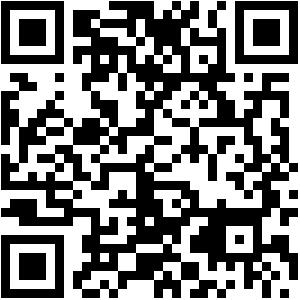
Departmental Scholarship/ Academic Program
depart M enta L SCH o L ar SHI p /a C ade MIC progra M SCH o L ar SHI p S
Scholarships for academic programs are determined by the respective academic department. Each program has its unique application procedure and criteria. For further details, students are advised to reach out directly to their academic program.
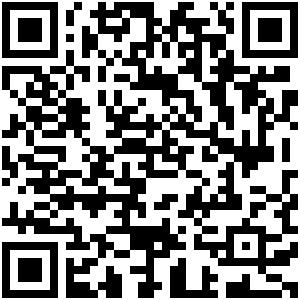
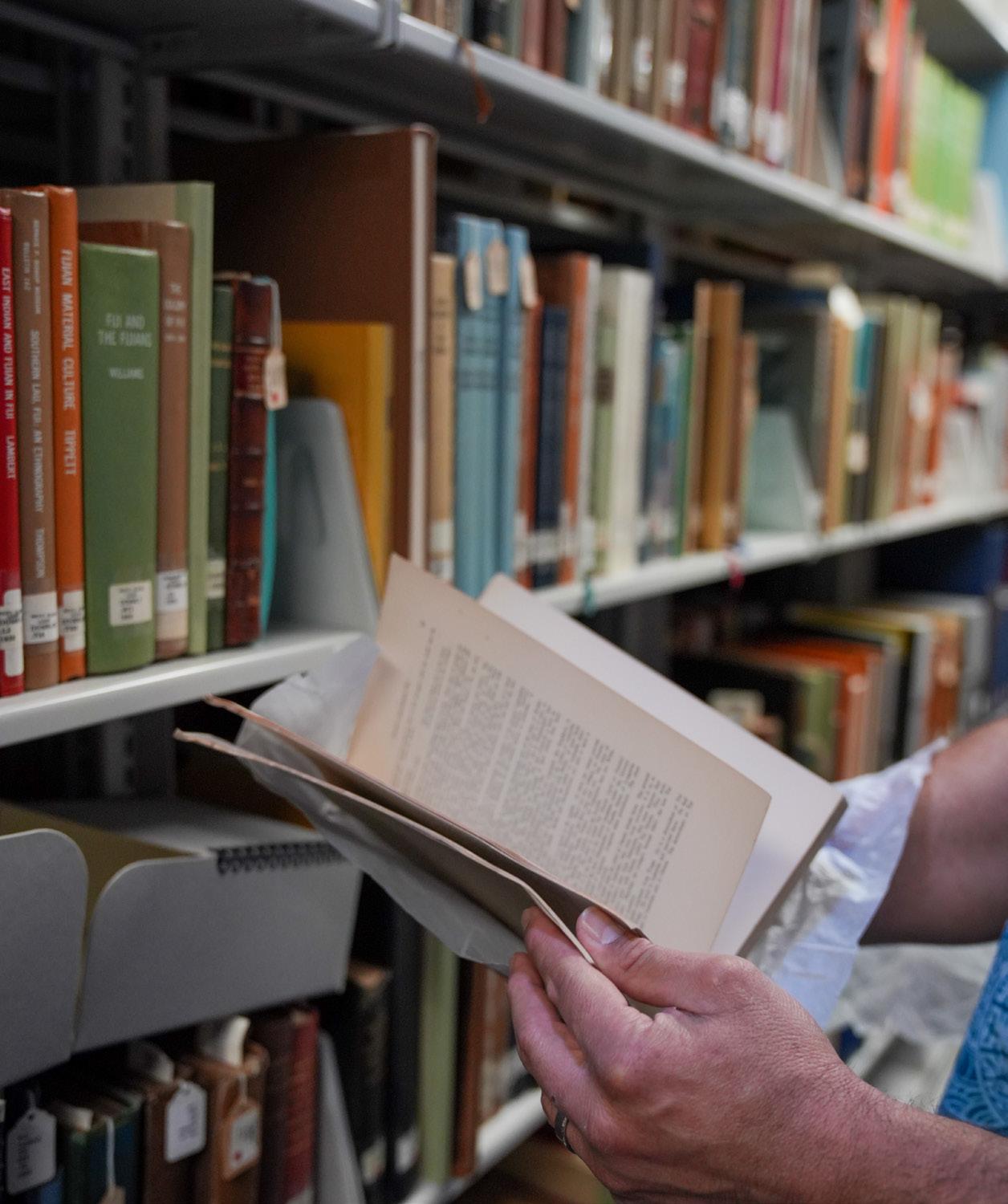
Mentoring Scholarship
H o L oka I F o U ndat I on S
The Holokai Foundations course at BYU-Hawaii is jointly taught by Academic Vice President Isaiah Walker, along with other campus leaders. In this course, carefully selected peer mentors play a crucial role as exemplars of students who embody the principles of Holokai Foundations and strive to fulfill the university’s mission. As an incentive, chosen peer mentors receive a half-tuition scholarship but are expected to meet specific standards and carry out associated responsibilities.
To be considered for the role of a peer mentor, students must meet the following criteria:
• Maintain a minimum Cumulative Grade Point Average (CGPA) of 3.0.
• Have completed at least 30+ credit hours at BYUHawaii.
• Commit to dedicating approximately 4-5 hours per week to mentor service throughout the awarded semester.
Within these weekly service hours, peer mentors are accountable for the following tasks:
• Monitoring the attendance of assigned students during class.
• Facilitating class discussions effectively.
• Demonstrating consistent and faithful devotional attendance.
• Providing mentorship and guidance to assigned students.
• Responding to unit assessments promptly.
• Supporting students in improving their academic skills and responsibility.
• Participating in the improvement of the course curriculum and/or logistics.
• Exemplifying the principles taught in the Holokai Foundations course.
• Assisting in the setup and logistics for class activities.
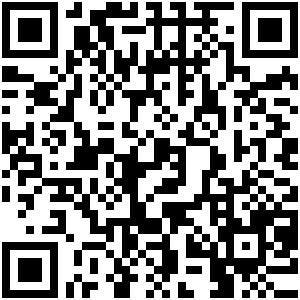
David O McKay Scholarship

The David O. McKay Presidential Scholarship is given to the two top students from the church schools in the Pacific area. It is a once-in-a-lifetime opportunity as only a few candidates are selected.
Recipients are awarded with full tuition, books, room and board for all four years as long as they maintain their eligibility. It also includes a travel stipend to help cover transportation to BYU–Hawaii and the return home upon graduation. There is no need to apply for the scholarship as it is based on recommendations.
Recipients will receive the scholarship for a year, then have their eligibility reviewed after each completed semester once grades are posted and a new cumulative grade point average (CGPA) is available.
Eligibility criteria for the David O. McKay Presidential Scholarship include:
• A minimum of 12 credits for Fall and Winter and 8 credits for Spring.
• A 3.20 CGPA to continue to receive the scholarship.
Seminary Graduate and Returned Missionary Scholarships
S e MI nary grad U ate SCH o L ar SHI p
All incoming freshmen from Hawaii who graduated from seminary are awarded a one-year, full-tuition scholarship by BYU–Hawaii. Prospective students planning on serving a mission for The Church of Jesus Christ of Latter-day Saints before attending BYU–Hawaii or at any point during their first three semesters can have their scholarship deferred. To be eligible for the Seminary Graduate Scholarship, the applicant must:
• Have attended a public, private or home school in the State of Hawaii for four consecutive academic years (grades 9-12). They must have received a high school diploma from a State of Hawaii high school or completed a home school program in the State of Hawaii, resulting in a valid diploma and documented compliance with Hawaii’s home school laws.
• Have been enrolled in and completed four full years (grades 9-12) of seminary in the State of Hawaii.
• Take a full-time load with a minimum of 12 credits for the Fall and Winter semesters and 8 for the Spring semester.
• Maintain at least a 2.0 GPA for the duration of their scholarship.
ret U rned MISSI onary SCH o L ar SHI p
Exemplary missionaries that demonstrate sound leadership and a proven commitment to study may be selected by their mission president to receive the equivalent of a one-half tuition award for one semester in BYU–Hawaii.The missionary must belong to or have served in the target area of the scholarship and must not be already qualified for any of the work-study programs including the David O. McKay Presidential Scholarship.
Eligible students must apply within the first year of returning home.The scholarship is awarded during the student’s first semester.
• Students who have already been accepted by the university but plan on serving their mission must discontinue from BYU–Hawaii then apply for the Return Missionary Scholarship upon returning home to receive its benefits.
• Eligibility requirements for the Return Missionary Scholarship include:
• Being a resident or has served a full-time mission in the target area.
• Being a returned missionary with an honorable release within the past year.
• Being enrolled in a minimum of 12 credit hours for the Winter and Fall semesters and 8 credits for Spring.
• Abiding by the Honor Code.
daVI d o MC kay pre SI dent I a L SCH o L ar SHI p
BYU–Hawaii Student Leadership & Service has access to a variety of scholarship opportunities. Contact the Student Leadership and Service office located in the Aloha Center.
dependent or e M p L oyer - ba S ed SCH o L ar SHI p S
Your parents’ employer might offer a scholarship program. Encourage them to inquire about the details at their employer’s human resources office.
External Scholarships
Likewise, there are scholarship opportunities available through off-campus organizations. Financial Aid and Scholarships encourages students to explore options, research, and apply for as many external scholarships as possible; it can make a meaningful difference. There are opportunities from sources such as community and high school clubs, local organizations, previous employers, parents’ employers, banks, local non-profit organizations, state and national scholarship programs, and online scholarship search engines.
Students are encouraged to explore additional resources, including the BYUH dedicated external scholarship database called:
Scholarship Universe, the Hawaii Community Foundation, Kamehameha Scholarship, Hawaii Education Association (HEA), ScholarshipOwl.com, ScholarshipExperts.com, Scholarships. com, Collegeboard.org, International Scholarship Opportunities and the American Indian Graduate Center (AIGC).


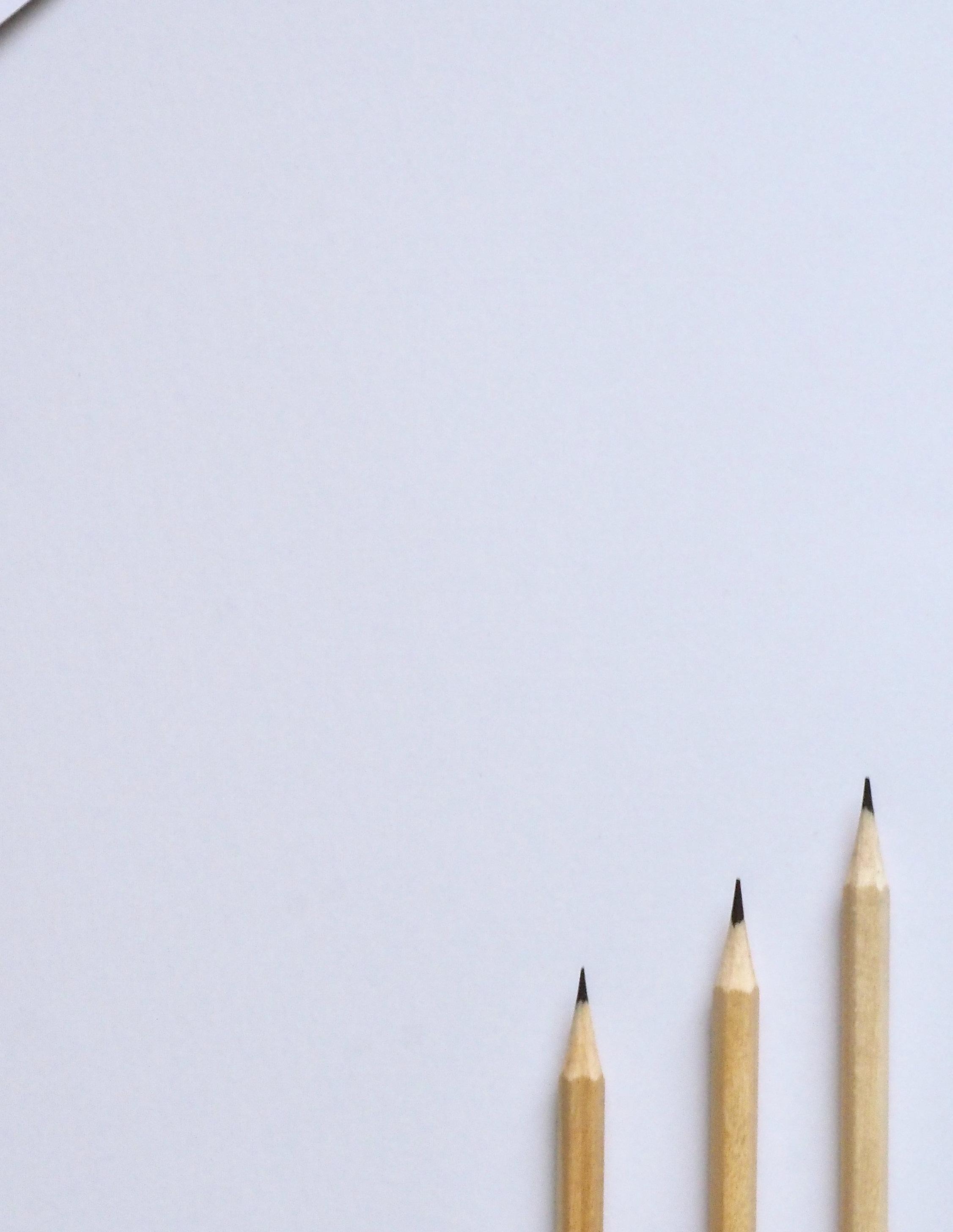
L eader SHI p SCH o L ar SHI p S
e X terna L SCH o L ar SHI p S
Federal Financial Aid Programs:
To remain eligible for federal financial aid, students are required to maintain Satisfactory Academic Progress (SAP). These SAP standards are designed to ensure the appropriate and efficient utilization of federal financial assistance in support of students’ educational goals. The requirements establish a clear distinction between satisfactory academic progress and mere progress toward graduation. To receive financial aid, students must fulfill the following criteria:
• Maintain a Cumulative Grade Point Average (CGPA) of 2.0 or higher throughout their enrollment.
• Complete all required academic units within 150 percent of the minimum hours required for their degree.
• Successfully complete at least 67 percent of all attempted credits in which they are enrolled.
Federal Pell Grants are grants provided by the U.S. Government to students, offering financial assistance without the need for repayment. To potentially qualify for Pell Grants, students must satisfy the eligibility criteria outlined below and demonstrate their financial need by completing the Free Application for Federal Student Aid (FAFSA). The information provided in the FAFSA is used by the federal government to assess whether a student is eligible for Pell Grants.
Eligibility requirements include:
• U.S. citizenship, permanent residency, or other eligible non-citizenship status.
• Admission to BYU–Hawaii as an undergraduate student in a degree-seeking program for the current or future academic year.
• Not possessing a prior bachelor’s degree or paying graduate-level tuition.
• Meeting all Satisfactory Academic Progress (SAP) standards.
• Absence of default on a federal student loan or any outstanding refund owed for federal grant attendance at any educational institution.

The Teacher Education Assistance for College and Higher Education (TEACH) Grant is a grant not based on financial need and offers a maximum of $4,000 annually to students who are currently enrolled in an eligible program. To qualify, the student commits to serving as a highly qualified teacher in a high-need field at a low-income elementary or secondary school for a minimum of four years within eight years of program completion. Before receiving the TEACH Grant, the student must sign an agreement committing to this service and must also complete all required counseling.
To be eligible for the TEACH Grant, students must meet the following requirements:
• Enrollment in an eligible academic program.
• Enrolled for at least 12 credit hours each semester.
• Maintain a cumulative GPA of at least 3.25.
• Have an approved academic plan in place.
• Complete both TEACH Grant Initial and Subsequent Counseling.
• Sign the TEACH Grant Agreement to Serve.
• Complete the exit counseling process.

S ap - S at ISFa C tory a C ade MIC progre SS
F edera L pe LL grant S
Federal Stafford Loans are loans offered by the Federal Government at a low-interest rate. These loans provide a fixed 6.53% interest rate for the 2024–2025 academic year and are aimed at assisting students who need additional financial support beyond their personal and family savings.
There are two types of Stafford Loans:
• Subsidized loans are the more favorable option as the government covers all interest payments while the student is enrolled in school at least half-time and for a six-month grace period after graduation or withdrawal.
• Unsubsidized loans start accruing interest 60 days after disbursement. Students have the choice to make monthly payments on the interest while they are still in school.
To be eligible for Federal Stafford Loans, students must fulfill the following requirements:
• Be a U.S. citizen, permanent resident, or meet the criteria for other eligible non-citizens.
• Hold a high school diploma or its equivalent.
• Have been admitted to BYU–Hawaii as a regular student pursuing an undergraduate degree, teacher certification, required remediation, or prerequisite courses for entrance to a graduate degree program for the current or upcoming academic year.
• Meet the Satisfactory Academic Progress (SAP) standards.
• Receive the loan award by the final day of eligible enrollment and not exceed loan limits.
• Not be in default on any federal student loan or owe a refund on a federal grant.
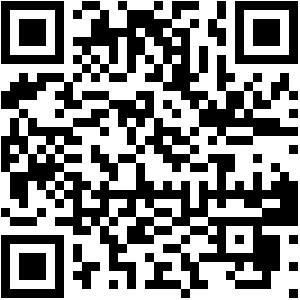

The federal Parent Loan for Undergraduate Students (PLUS) is a loan available for parents on behalf of their dependent undergraduate students. Repayment of this loan commences, and interest starts accruing 60 days after full disbursement. Demonstrating financial need is not a requirement for PLUS Loans. The loan amount may be awarded up to the estimated cost of attendance for a given enrollment period, minus any other financial aid received during that time. Approval of PLUS Loans is contingent on the parent borrower’s credit.
If a parent’s PLUS application is not approved, the student may become eligible for additional unsubsidized Stafford loans. In such cases, students can consult a financial aid counselor for further details.
Eligibility criteria for the PLUS Loan include:
• U.S. citizenship, permanent residency, or other eligible non-citizen status for both the student and the parent borrower, along with a high school diploma or its recognized equivalent.
• Enrollment in a degree-seeking undergraduate program and being classified as a dependent student by the U.S. Department of Education.
• Meeting satisfactory academic progress requirements.
• Absence of default on a federal student loan or owing a refund on a federal grant.
• Enrollment at least half-time status (six hours per semester).
• Not exceeding federal loan limits.

F
edera L S ta FF ord L oan S
t

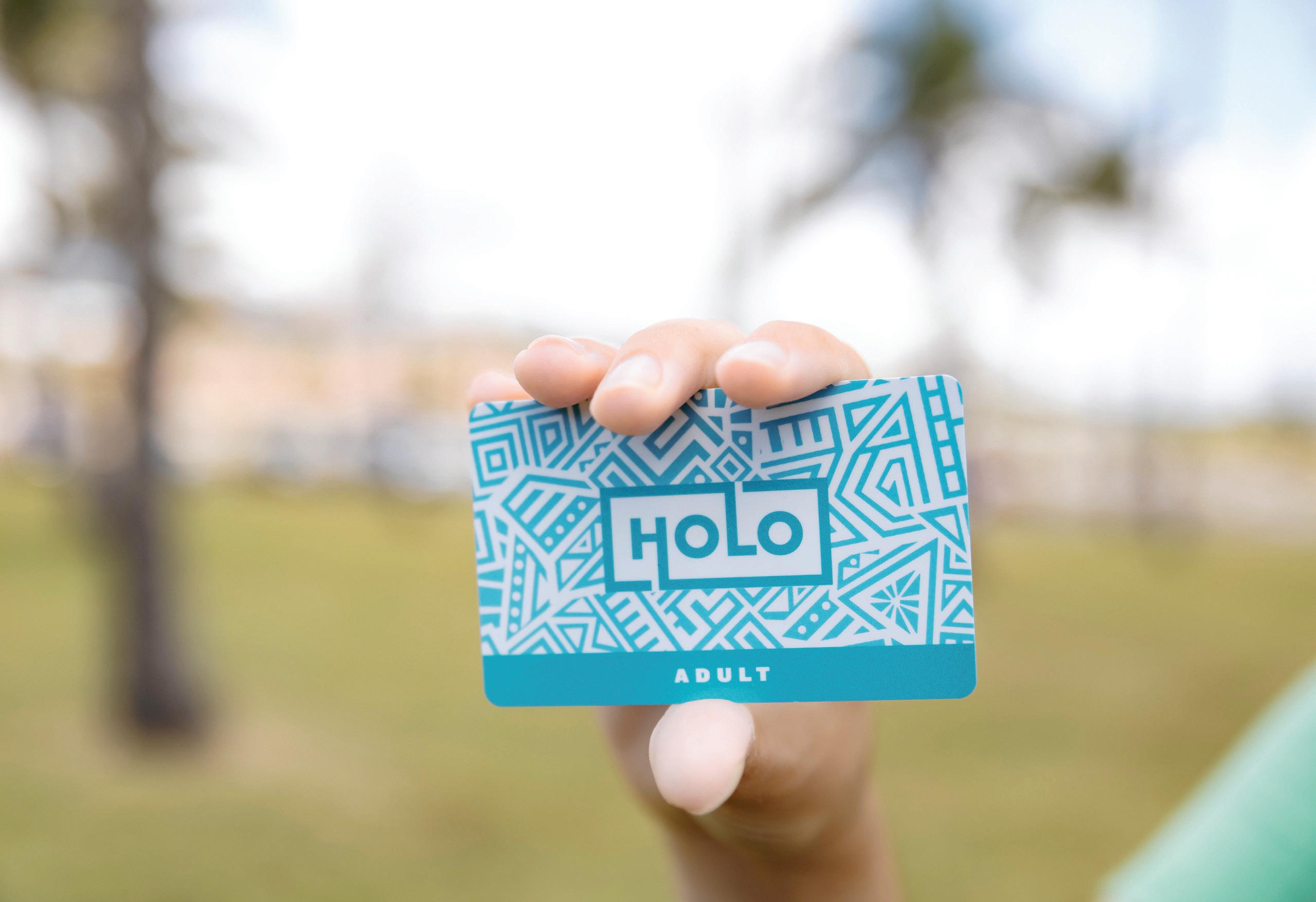
Learn how to use HOLO card and where to avail it for more access around Oahu
BY ANNA STEPHENSON AND FRANCE VALERIE LUCILLO
According to Waikiki Resort Hotel by Sono, HOLO card is “a new smart card” that seamlessly makes traveling around Oahu easier on all means of public transport. It says that it gives the visitors and residents an easy tap-and-go access on the island.
How to use Holo card
To use the HOLO card, simply tap the card against the card reader at the entrance of the bus and wait for the ukulele tone or shaka sign to pop at the reader. There’s no need to tap the card again when exiting.
If your balance is low, the reader will flash yellow as a reminder to load. Remember to remove your card from your wallet before tapping to let the card reader avoid interference from other cards.
Each person must have their own HOLO card, as the reader will not deduct payment twice from a single card. One-way trip for adult costs $3 and it includes free transfers within two and a half hour window,
Where to buy Holo card
To get and load a Holo card, you can get it in any Transit Pass Office, HOLO vending machines in Skyline stations and at the following participating stores across Oahu:
A step by step guide to get a HOLO Card
Go to holocard.net and create an account with an email address and password. It is optional but recommended for protecting your card in case of loss or theft.
• Then, go to the Laie Village Shopping Center Foodland customer service counter and ask for an Adult HOLO card. It usually costs around $2. The workers will activate the card but it must be loaded before use.
• Register and load the card online using a credit or debit card, or in person at a participating location
• Online: Log in to your HOLO account, click “Add HOLO Card,” then enter the card number and security code. From there, you can add funds and track your balance.
• In-Person: Register your card online, then return to participating retail locations to add funds with cash.
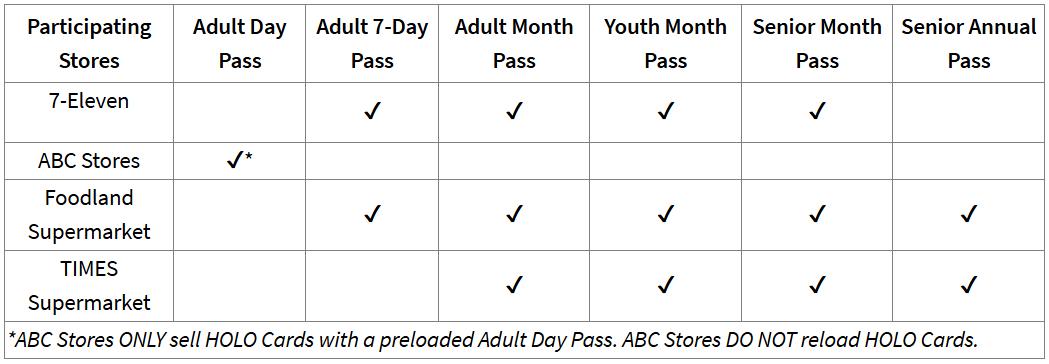
Left: TheBus and an example of a HOLO card. Photos by Mark Daeson Tabbilos. A step by step guide to get a HOLO Card
B DIGITAL
Marketing agency class, bdigital, allows students to gain real-world experience by working for real companies
BY ELLE LARSON, ABBIE PUTNAM & MYCO MARCAIDA
Ann Springer, a professor of the Faculty of Business & Government, said she worked for several years to bring a marketing agency class to BYU–Hawaii where students gain real-world experience, and she is thrilled to see it start. In the class, called “bdigital,” students apply what they learn in other core marketing classes to real-world experiences she shared.”They know how to run a campaign. They know how to develop a social media presence. They know the theories and the vocabulary. They just need a place to fly the plane.” That place to fly, Springer said, is the b-digital class.
HOW IT WORKS
Springer said students in the class divide and conquer the work, collaborating in teams to perform tasks for their clients. Each team has a student leader, so as students work their way through the marketing agency from
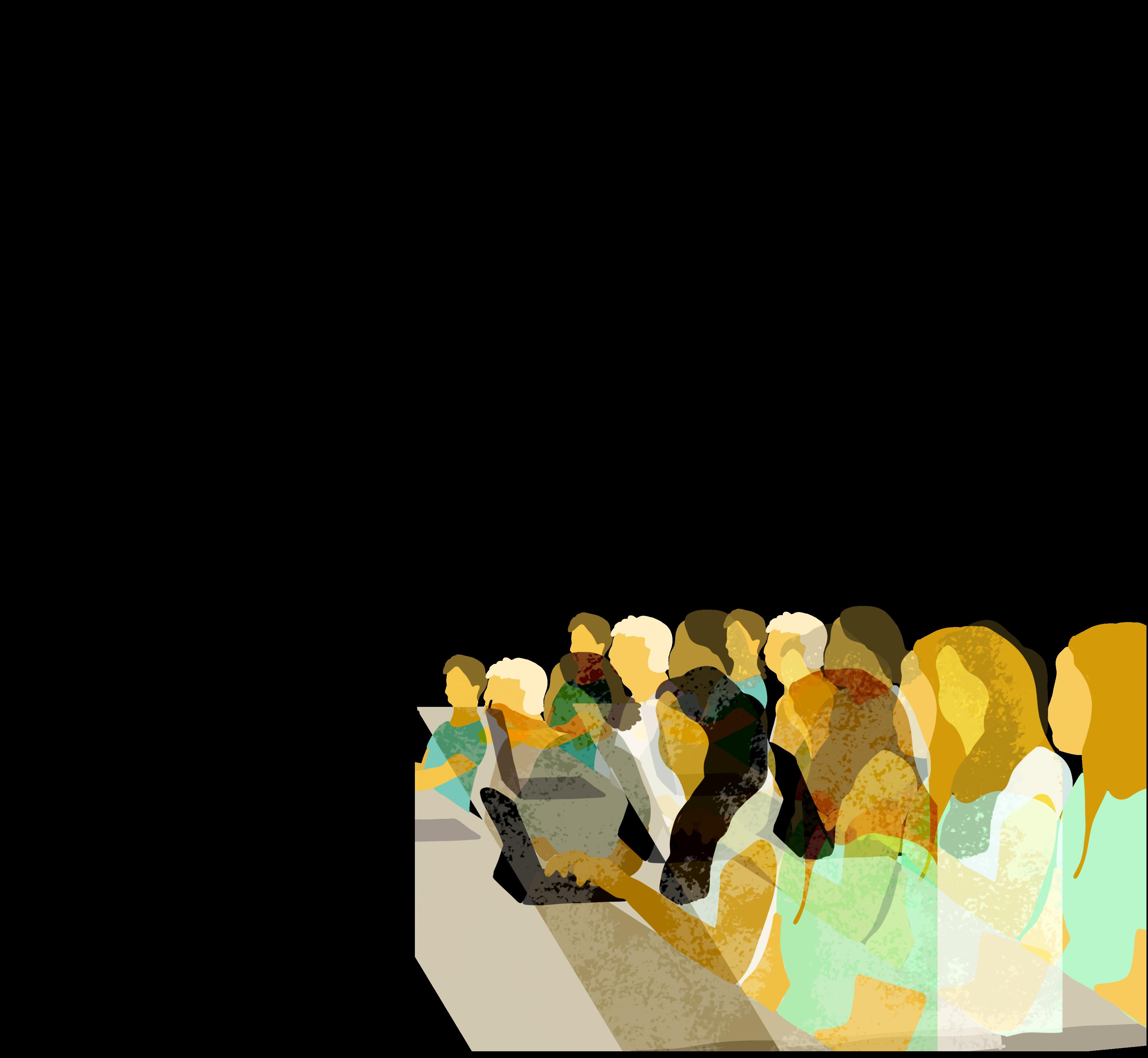

semester to semester, they gain valuable leadership experience. Springer said, “This (class) is intended to be student-led.”
The class was centered around a real-world client, and they are Project Elect, said Jatuphon Phakdeerat, a senior majoring in business marketing from Thailand. He said the whole class was divided into teams with different marketing focuses. “ I was part of the social media team, specifically handling Facebook engagement. Other teams managed the website, emails and other digital strategies,” he explained.
Springer said the work students do in the class varies by semester because they are always working to keep the class current. Clients request certain marketing skills, Springer said, and students work together to fulfill those requests. Doing so helps students become proficient in current market demands.
She said the class is important because
it allows students to complete real projects, which offers them a new perspective as they overcome inevitable complications, then work together as a team to create a cohesive plan.
Springer said the projects allow students to “see the success…in real time.”
In addition, she said, the class helps build students’ portfolios and resumes because telling a potential employer they can do something doesn’t matter. What matters, she explained, is being able to show employers what they have done.
One of the most valuable experiences was participating in the Instagram takeover, said Phakdeerat. He said it was exciting to use the class’s main Instagram account for an entire day. “I prepared 10 story slides in advance and not just random posts, but a well-planned strategy of how I want my stories to look. It was a great way to apply what we learned and practice building an audience,” he shared
Phakdeerat said B-digital class gave him hands-on experience and prepared him for more advanced coursework. “After completing the class, I enrolled in Marketing Strategies, and I found it much easier to manage. I already knew how to create a content calendar, maintain consistency with my posts and analyze engagement data to strengthen my personal brand,” he explained.
DIVERSE CLIENTS
Because BYUH is a global university, Springer said, clients can come from anywhere in the world. “A lot of people have reached out. The agency is definitely successful and people are hearing about [it].” She said the class is booked with possible clients for several semesters.
She explained there are unique markets in different countries, from secluded Mongolia to booming Hong Kong. She said there have been and will continue to be opportunities for students to work with accomplished BYUH alumni.
BUILDING FROM THE GROUND UP
Springer said the students who took the class during its first semester developed the name together. The name they chose b-digital, was inspired by President Gordon B. Hickley’s “be’s”: be grateful, be smart, be clean, be humble and be prayerful.
In addition, she said the name represents how a lot of companies “need to take the leadership experience on top of that level of

“digitization step” and “take advantage of Generation Z and their creative power.”
Laksamonn Takhramchan, a senior majoring in business management from Thailand, said she took the bdigital class because it was a requirement for her major, but it turned out to be a valuable opportunity to gain real-world experience.
“This is a real-world class because we work with real clients,” she said. “This class is about sharing your skills and working on your social skills while working with a team.”
Takhramchan said she was part of the ambassador team for Project Elect, who were in charge of making digital fliers and posting videos using Instagram and Facebook Meta tools.
She said her favorite part belonging to the team was the collaboration and creativity the course allowed. “I was able to make a flyer for my team,” she shared. “Project Elect’s colors are purple and yellow and the brand has a bee. I put the brand’s logo at the top. There were a lot of elements like ti leaves and waves,” she explained.
Springer said students who took the class in its first semester also worked together to develop the branding of the class and pitched it to companies to develop a pool of clients.
This was valuable because it showed the students “how much work goes into launching a new brand,” said Springer.
Moving forward, Springer said, students will have a say in everything, including clients and company growth.
INSPIRATION
While she was envisioning the bdigital class, Springer said, she was impressed with the digital marketing agency classes at BYU-Idaho and BYU because they work with real clients, have budgets of thousands of dollars and create impressive resumes for the students involved.
She spoke of one student at BYU in Provo class who started a $10,000 account for a client and turned it into $100,000 in revenue. “She put that on her LinkedIn,” Springer said, “and had multiple job offers coming out of the pandemic before she graduated.”
Springer said students with that kind of experience are more likely to be hired for a management position. “A student with leadership experience on top of that level of return on investment is super powerful in the workplace... For the rest of their career, they’re going to make more money.”
Digital marketing is an easy field for students to get into and start themselves, Springer said. “Anybody with a laptop or a cell phone and great internet can make a lot of money.” She said this is a great opportunity, especially for female students who want to continue in the workforce and make money without working a full-time job.
Springer said BYUH’s new professor, Tserennyam Sukhbaatar of the Faculty of Business & Government, alternates with her to teach the class.•
Graphics by Katie Mower.
PARKING PERMITS & RULES FOR BUYING CARS
BY RANITEA TEIHOARII & ABIGAIL ADAMS
According to the Campus Safety & Security website, all students, faculty and staff are required to have a current BYUH parking permit. Here is some information on how to register your vehicle.
To register a vehicle, a person is required to fill out the permit form and pay online on the Campus Safety & Security website. After, a copy of the receipt must be brought in to the Campus Safety & Security office between 8 a.m. to 5p.m. Monday through Friday to receive a parking permit.
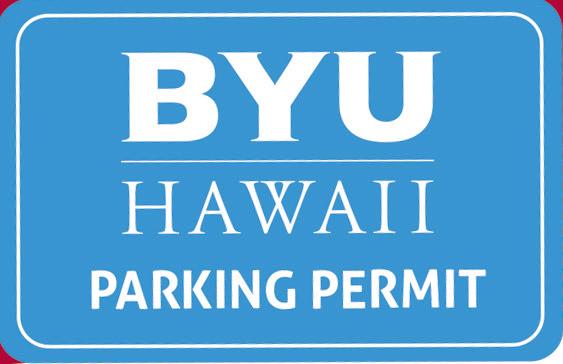

• A current state vehicle registration card
• Current no-fault insurance card
• Current vehicle safety inspection card
• Valid driver’s license,
• A current BYUH ID card
• A payment for a $5 fee.
• A current state registration
• Proof of ownership or bill of sale (if none, a signed statement will suffice)
• Valid driver’s license
• A current BYUH ID card
WHy get a byU–HaWaII parkIng perMIt?
If you do own a car, bicycle or moped, you can enjoy convenient parking near Hales, TVA, classroom buildings, the Aloha Center, and other campus buildings. All students, faculty, and staff with cars, bicycles or mopeds are required to have a current BYU–Hawaii parking permit.
HoW do yoU get a parkIng perMIt?
In person: go to the Campus Security office next to the back entrance of the Auditorium on the Big Circle.
Online: https://security.byuh.edu/publicsafety/parking-permits
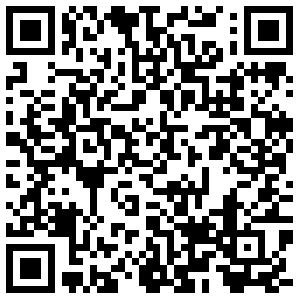
WHat HappenS IF I don’t HaVe a parkIng perMIt?
Cars, bicycles and mopeds without a current parking permit are subject to parking tickets that will be given and posted to your student or employee account. After three or more unpaid tickets, your vehicle may be towed. Unpaid tickets may also create a block that won’t allow you to register for classes until they are paid.
reMeMber:
• Anyone living on campus (Hales or TVA) who owns a car must have a current BYU–Hawaii parking permit AND park their car on campus.
• Make sure you watch for signs that identify which lots you can use with your permit.
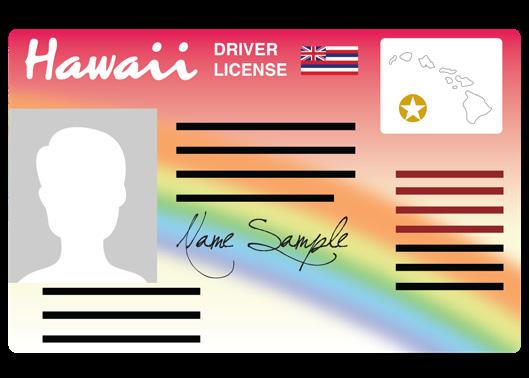

For VeHICLeS and MotorCyCLeS yoU WILL need:
For bICyCLeS and MopedS yoU WILL need:
Graphics by Enkhtuvshin Chimee (TJ).
Women’s and men’s hour: Divided in time, united for well-being
Learn about BYUH Fitness Center’s schedule and explore how genderspecific hours offer comfort, consistency and confidence
BY TAY KANG


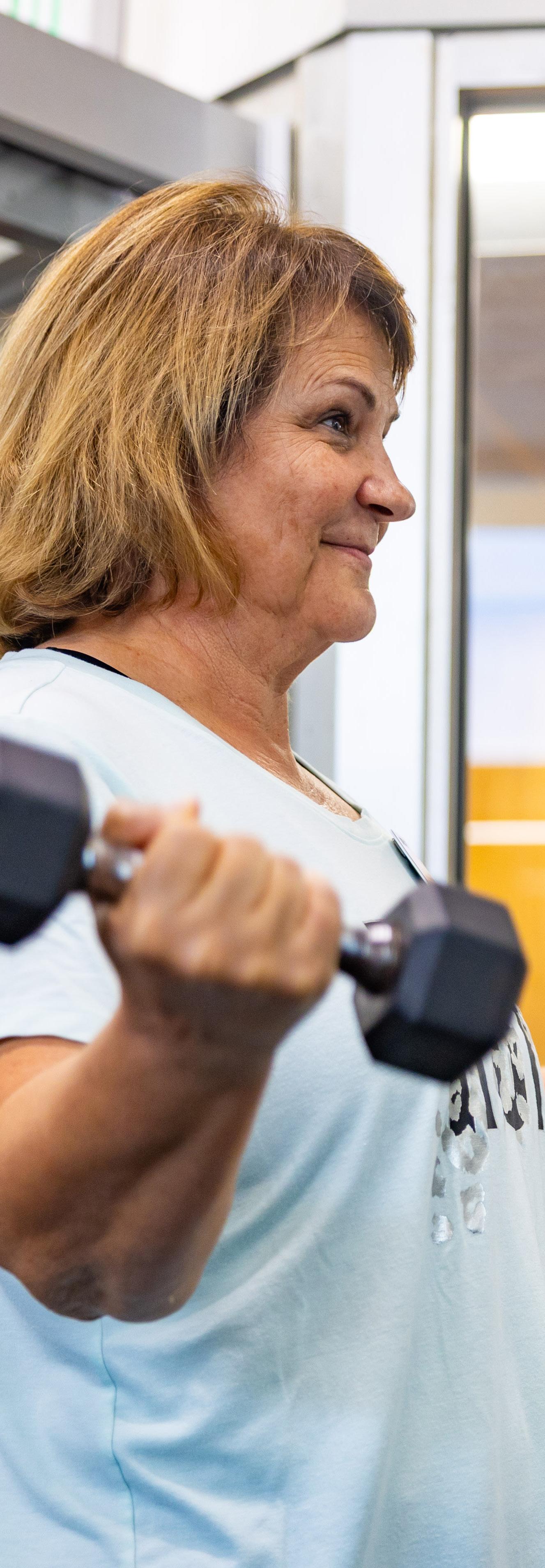
To support students’ needs and foster an inclusive environment where everyone feels comfortable working out, BYU–Hawaii implemented a men’s and women’s hour policy in 2022. Janelle Farley, manager at the University Fitness Center and EXS Issue Room, shared the schedule for Fall 2025: women’s hours are from 5 to 6:30 p.m. every Tuesday and Thursday, while men’s hours are from 5 to 6:30 p.m. every Monday and Wednesday. She said this schedule is expected to remain consistent across semesters. This policy, BYUH students shared, helps enhance their well-being and overall student life by providing a space where they feel their needs are heard.
Naimi Fifita, a sophomore from Tonga majoring in health and human sciences and an information desk worker at the Seasider Sports & Activities, said separate workout hours help manage crowding in the weight room and provide comfort for those who prefer exercising with members of the same sex. “We want students to feel comfortable during their designated hours. Regardless of their gender, we respect their time and needs,” she shared.
This policy, Fifita emphasized, applies only to the weight room. The new gym and cardio room remain open to all students at all times. Seasider Sports & Activities, she added, strives to create a friendly and welcoming environment for students, staff and faculty to improve both wellness and academic performance.
Blanch Tagab, a senior from the Philippines majoring in health and human sciences, said she feels more at ease working out during women’s hours and finds it uplifting to encourage and be encouraged by other women. “Knowing there are specific hours for women motivates me to go to the gym as my routine at least three times a week. It improves my physical health and helps me be consistent,” she shared.
Tagab added she was initially hesitant to go to the gym, but campus resources supported her growth in confidence over time. She said through Seasider Wellness programs and guidance from coaches, she grew familiar with the gym and its equipment. “If you are afraid, you can go with your friends or a coach and gain confidence step by step. Just make sure to utilize the resources available at BYUH—everyone’s here to support you,” she expressed.
Jason John, a freshman from India majoring in computer science, shared he takes advantage of the men’s hour by heading to the gym right after work to stay on schedule and save time for academics. While he observed that most people stay focused on their workouts regardless of the hour, he agreed that offering gender-specific hours is a good policy for those who feel uncomfortable exercising around the opposite sex.
“One advice I will give to the new students is you are welcome to workout almost anytime,” expressed John. He said consistently going to the gym has improved both his physical and mental health. “Don’t feel discouraged if you don’t see results right away. Just keep going, be consistent, improve your diet, drink enough water, get good sleep and you will see your progress. Just stick to it,” he shared.•
Photos by Hiroki Konno..
CLUBS at BYU–Hawaii
BY CHRYSANTHEMUMOLIVE TIAFAU & SAMANTHA FAITH SATORRRE
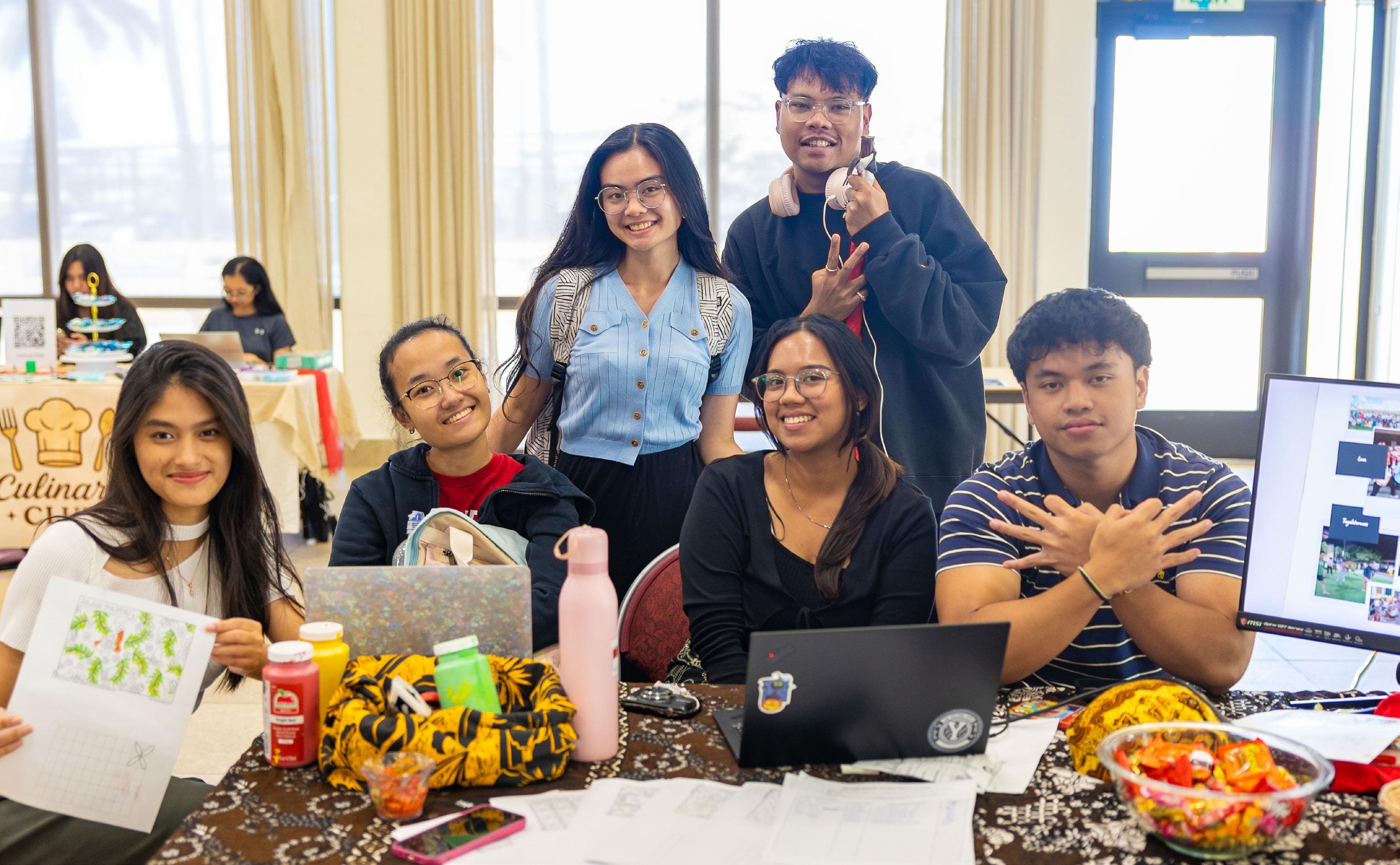
At BYU–Hawaii, diversity is more than just a visible trait. It’s a lived experience. And one of the best ways to dive into that experience, according to the Club Leadership Council, is through the university’s vibrant club culture.
“Clubs are formed to enhance the BYU–Hawaii experience for all students through a living laboratory of opportunities that promote learning, leading and building,” the council’s website says.
“Each club represents a culture—whether a country or an academic field—and through these clubs, you get to know what the students aspire to be,” said Wade Utai, one of the supervisors at the Club Leadership Council.
From cultural and academic to special interest groups, the university’s student-led clubs have something to offer for everyone. Whether you’re looking to explore your heritage, pursue your passion or try something completely new, BYUH’s club scene is the best place to start.
Here’s all you need to know about the latest roster of active clubs and the how-tos of joining and creating a club.
CULtUre CLUbS (SUbjeCt to CHange)
1. Afro World
2. Australia
3. Cambodia
4. Fiji
5. India
6. Indonesia
7. Japan
8. Kiribati
9. Korea
10. Mongolia
11. Papua New Guinea
12. Philippines
13. Tahiti
14. Thailand
15. Tonga
16. Tuvalu
SpeCIaL IntereSt CLUbS (SUbjeCt to CHange)
1. Pickleball
2. Running and Hiking
SportS CLUbS (SUbjeCt to CHange)
1. Cat
2. Creative Music
3. Culinary
4. Hip Hop
5. Kpop
6. One Ohana
7. Photography
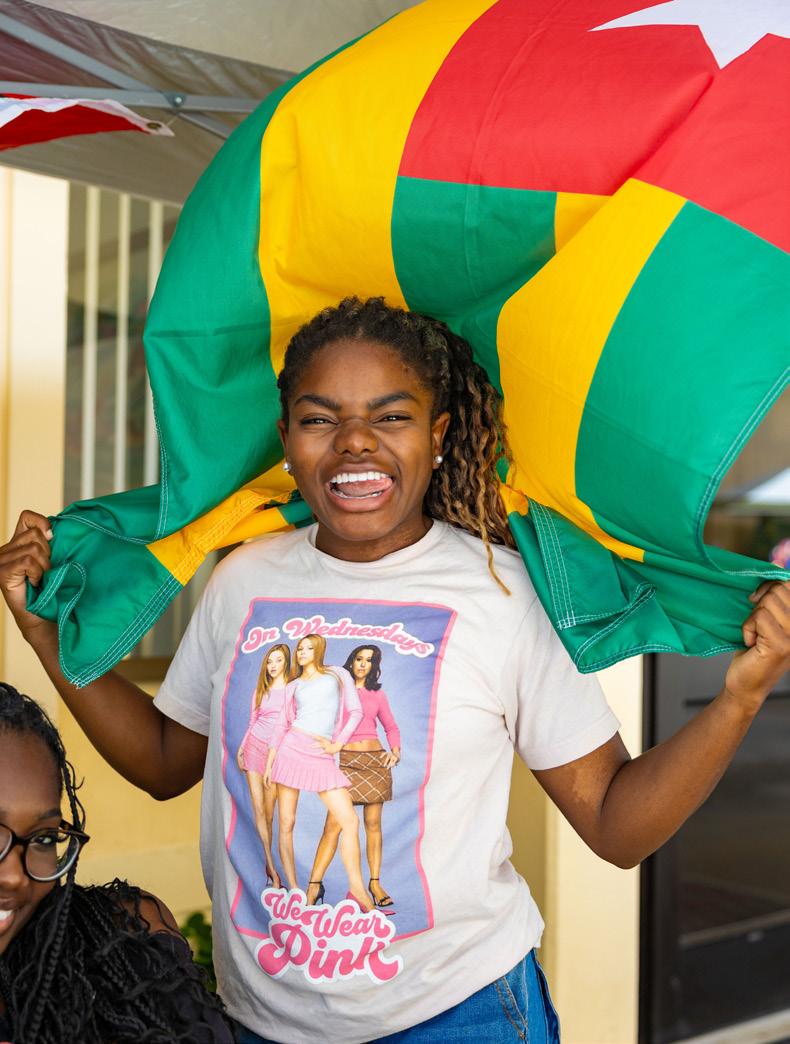

HoW to joIn a CLUb:
1. Visit the Engage platform.
2. Click on the blue sign-in button in the top-right corner and use your student net ID and password to sign in.
3. Select “Organizations” from the top panel.
4. Search for specific clubs of interest.
5. Choose your preferred club and click “Join.” (Note there is a Club fee that will be charged to your BYU–Hawaii student account)
6. You will receive a notification once your request is accepted.
aLternatIVeLy, USe tHe Corq app:
1. Download the Corq app from your phone’s App Store.
2. Open the app and search for “Brigham Young University–Hawaii.”
3. Select “Sign in for Exclusive Campus Features” and log in using your student credentials.
4. Access the “Organizations” section.
5. Search for specific clubs and select your preferred one.
6. Click “Join” to submit your request.
7. You will be notified when your request is accepted.
CreatIng a CLUb:
1. Complete the online club registration on Engage during the club registration period at the start of a semester.
2. Club Requirements:
• Full Club Name
• Stewardship Statement (club purpose)
• Learning Outcome (what the club aims to teach members)
• 5 officers and 15 registered members are needed to be recognized as a club
3. Club Officer Requirements:
• President: attends leadership class and manages the club
• Vice President: coordinates service projects and career workshops
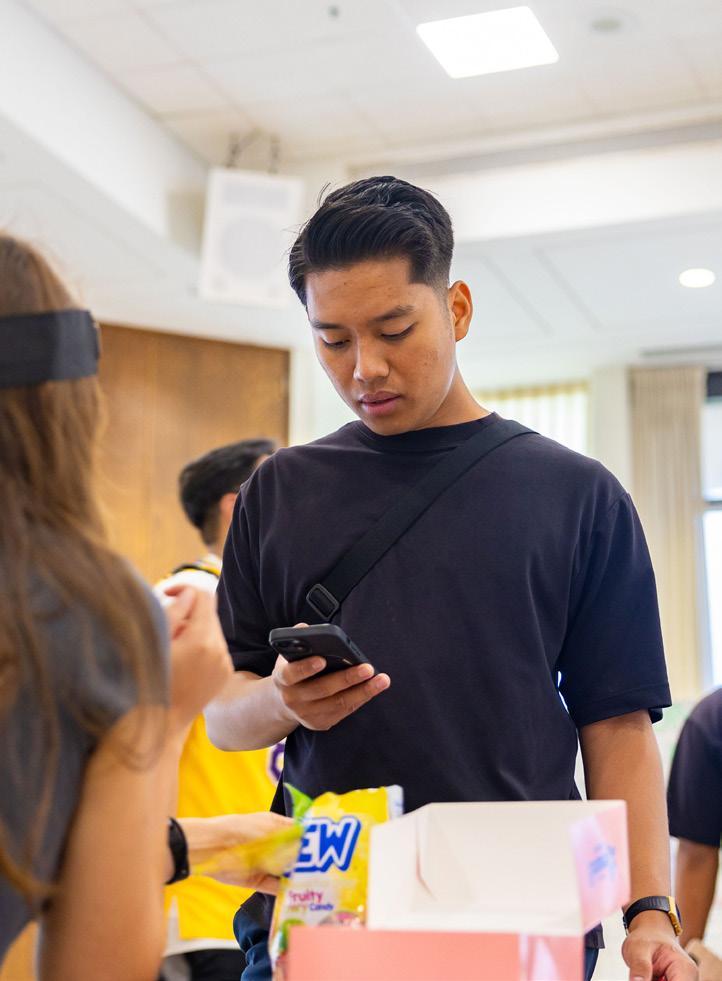
• Vice President: coordinates activities
• Treasurer: manages vouchers and accounts
• Secretary: coordinates meetings, records, and publicity
• recognized as a club
CLUb regIStratIon proCeSS:
1. Before the registration deadline, submit the online club organization registration through Engage.
2. Ideally, the president should submit the registration on behalf of the club.
3. Each officer must agree to and submit the online stewardship agreement form received via email.
4. Check your Engage notifications in your go.byuh.edu account.
5. Your advisor must agree to and submit the online advisor agreement form received via email.
6. You will receive an email notification once your club is officially approved.
7. Once approved, your club’s organization will appear on the Engage community website.
8. The club presidency must attend mandatory leadership training in the first few weeks of the semester.
Get involved, make new connections, and create lasting memories by joining a club at BYU-Hawaii!
Note: This information is based on Student Leadership and Services website at BYU-Hawai’i. Please refer to the official university resources for the most up-to-date information.•

Students man booths at the Club Fest head at the beginning of each semester so students can learn about and join clubs. Photos by Hiroki Kono. Graphics by Sugarmaa Bataa (Kendra).
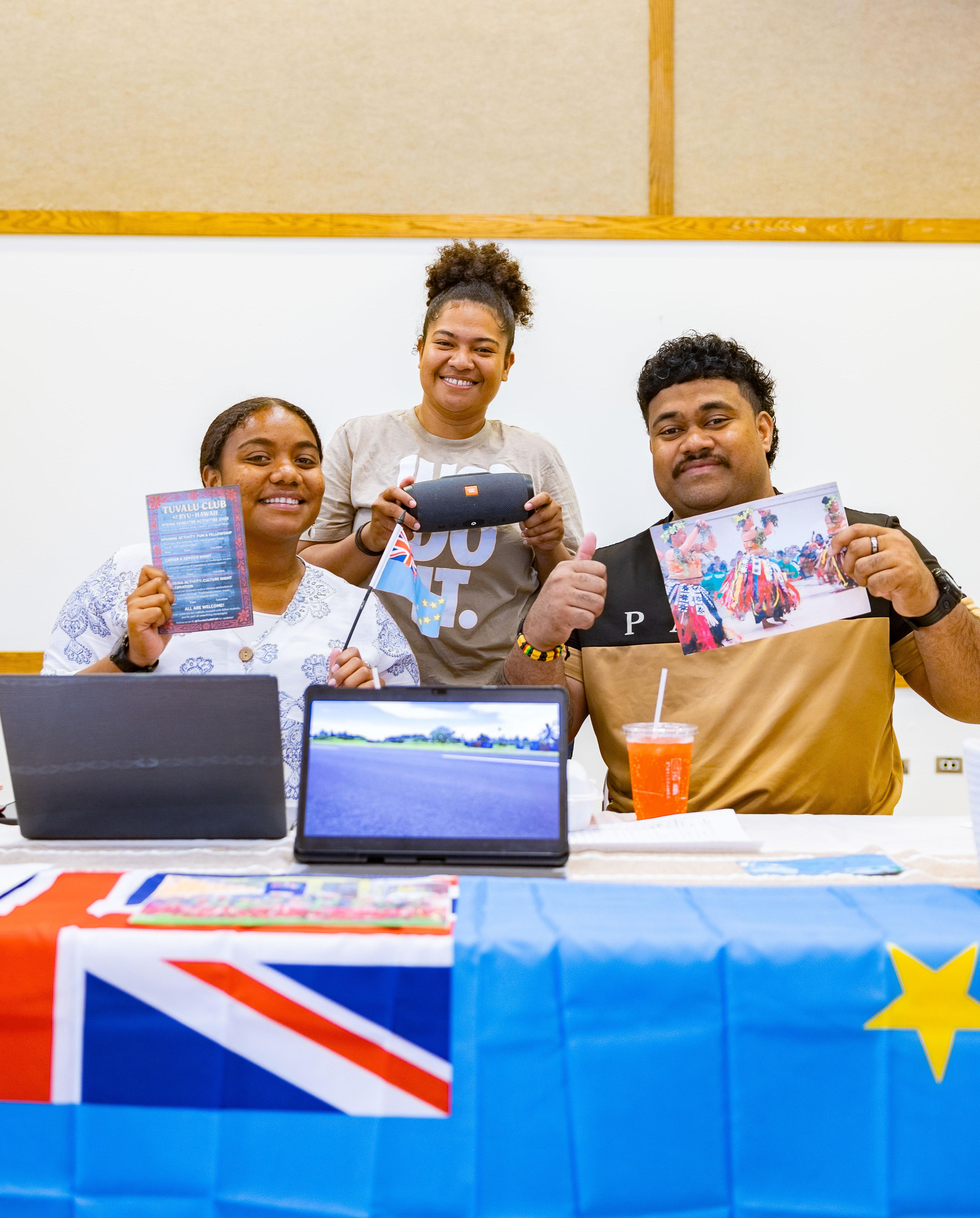
VentUre CapItaL and prIVate eqUIty aSSoCIatIon
Caroline Krylborn, a sophomore from Sweden studying business management with a marketing concentration, said her passion for strategy and finance led her to the Venture Capital and Private Equity Association, one of the newly formed clubs during the Winter 2025 semester. “We created this one because we wanted growth, both as individuals and as a community, and we wanted to explore whether venture capital and private equity could be viable career paths for us in the future,” she explained.
Krylborn said although the field might seem niche, the club’s focus goes beyond theory. They aim to build practical skills— such as financial analysis, strategic thinking and networking—that their members can bring with them in any professional setting. “We aim to create a supportive environment where students can learn, collaborate and prepare themselves for success in competitive industries,” she shared.
tUVaLU CLUb
Tuvalu is a collection of nine coral atolls and islands nestled in the heart of the Pacific ocean. It is a small island nation that has long been celebrated for its natural charm, and as it faces the threat of rising seas and global change, BYU–Hawaii’s Tuvalu Club is committed to sharing the country’s beauty with the world. The club was formed during the Spring 2025 semester. “We choose not to be silent or passive. Instead, we come together in love, lift each other spiritually and culturally, and share the light of our heritage with the world,” voiced Club President Kenneth Taliu, a senior from Fiji majoring in health and human science and business management with
an emphasis in organizational leadership and human resources.
This existential threat, Taliu said, is more than just a geographical challenge. For Tuvaluans, it is also both spiritual and cultural. “We hope our club will be remembered as a place where language was spoken, traditions were kept alive, testimonies were shared and leaders were shaped,” he expressed. Their land, he continued, may disappear, but Tuvalu’s culture and spirit will live on in the hearts of those who carry its name.
CreatIVe MUSIC
BYU–Hawaii is a home to budding artists and creatives, and the Creative Music Club, formed during the Winter 2025 semester, offers a sanctuary for students passionate about sound and self-expression. “The Creative Music Club is such a fun and welcoming space for anyone who loves music, whether they’re just starting out or have been exploring music for years. It’s all about learning and having fun with others who share the same passion, no matter what genre you’re into,” shared Precious Paula Maguale, an alumna from the Philippines who was a member of the club. What sets the club apart, Maguale said, is the way it bridges people from different cultures through music. “You get to network with other musicians, gain the confidence to perform in front of others, and even learn how to produce, write or just appreciate music more deeply,” she explained. Being part of the club, she continued, blessed her with lifelong connections, unforgettable jam sessions and mentors whom she can turn to even beyond her time at BYUH. “Because of this club, I’ve felt more connected, creative and alive on campus.”•

Hawaiian Endangered Species
BY ABIGAIL ADAMS

Crested Honeycreeper
‘Akohekohe
Palmeria dolei
• Critically Endangered since 1967
• Population: Estimated between 3000 and 4500
• Unknown lifespan
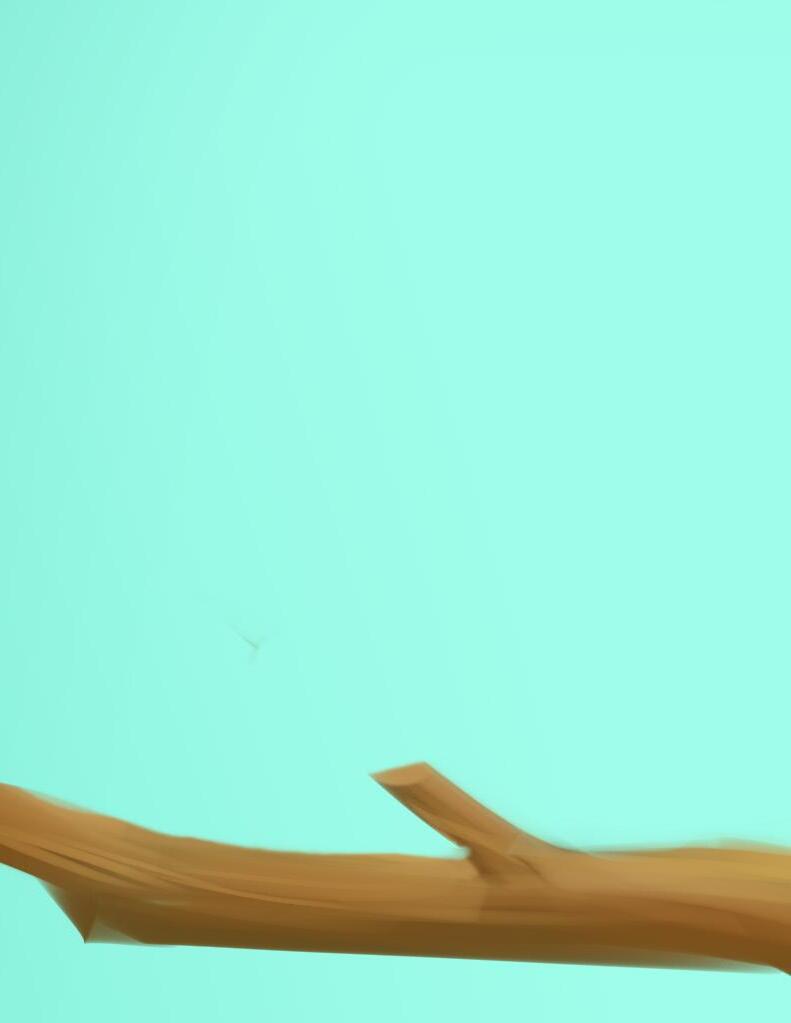
Hawaiian Crows
‘Alalā
Corvus hawaiiensis
• Extinct in the wild since 2002
• About 100 living
• Lives for around 20 years
• Threathen by habitat loss, avian diseases, nonnative predators (cats, rats, and small Indian mongoose), hunting
• ‘Ōhi‘a and acacia koa forests between 1000 and 8200 feet elevation
• Consumes native fruits such as ‘ōlapa, ‘ie‘ie and hō‘awa, nectar, flowers, insects, dead animals, eggs and nestlings of other birds
• Threaten by avian diseases, habitat loss, small population sizes, climate changes
• Lives in wet and damp forests containing ‘ōhi‘a, ‘ōlapa, acacia koa and kāwa‘u
• Consumes insects and nectar from ‘ōhi’a lehua and other flowers

Hawaiian Hoary Bat
‘Ōpe’ape’a
Lasiurus semotus
• Endangered since 1970
• Population: Estimated a few hundred to a few thousand, but overall unknown
• Lifespan: About 2 years
• Threats: Habitat loss, pesticides, structure collision (wind turbines, barbed-wire fences), predation
• Habitat: Native and non-native plants such as ‘ōhi’a, pu hala, coconut palms, kukui, kiawe, avocado trees, shower trees and cook pine at low elevations in Hawaii
• Diet: Insects such as beetles, moths and flies
Hawaiian Monk Seal
‘Īlio holo i ka uaua Monachus schauinslandi
• Critically Endangered since 1976
• About 1600 worldwide
• Lives to about 30 years
• Threathen by food limitation, pollution, disease, human-seal interaction (feeding, fishing, disturbance, boat/vehicle strikes, etc.), habitat loss, shark predation, male seal aggression
• Lives in warm, subtropical waters of Hawaii
• Consumes fish, squid, octopuses, shrimp, crabs, lobsters and eels
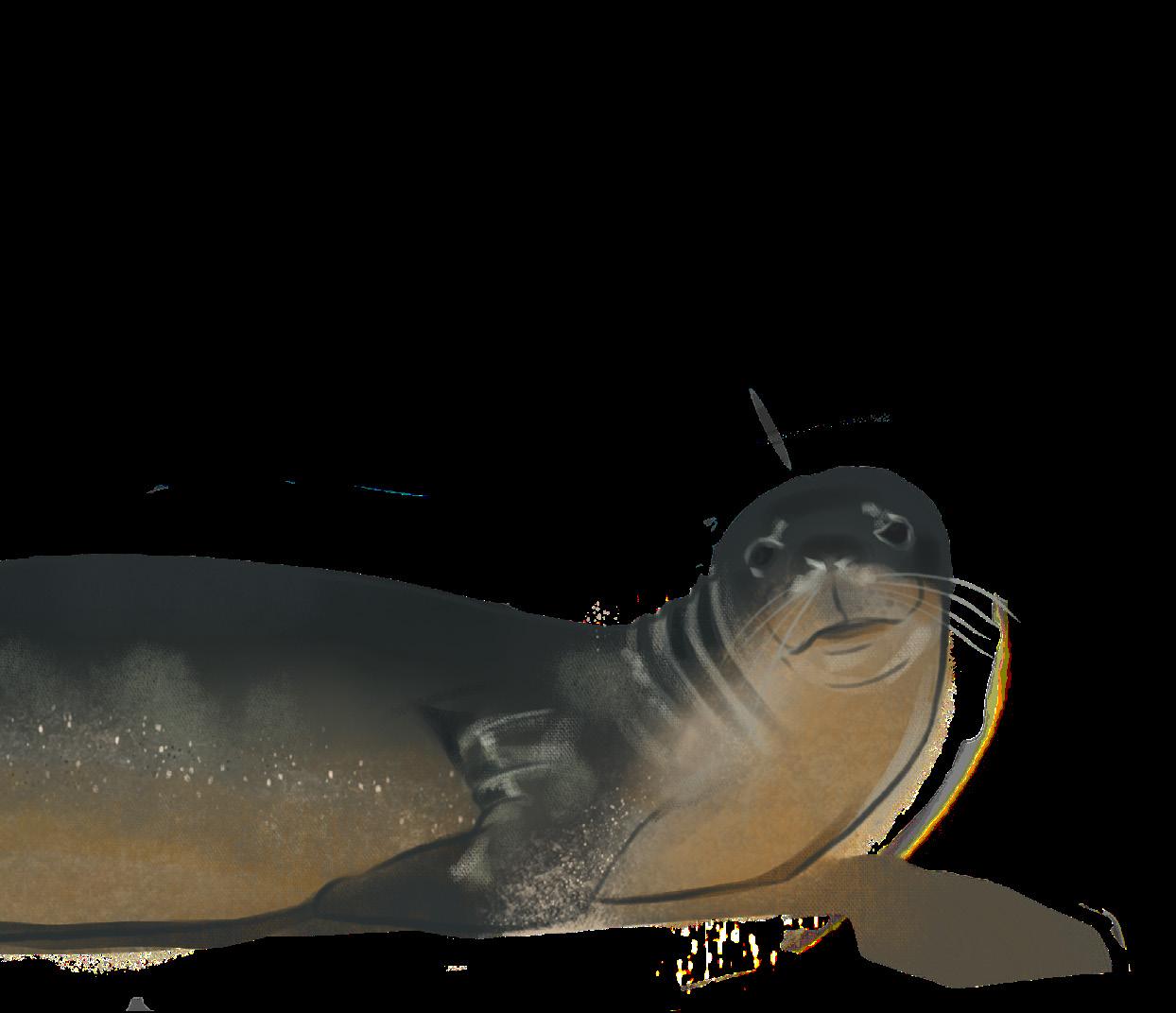
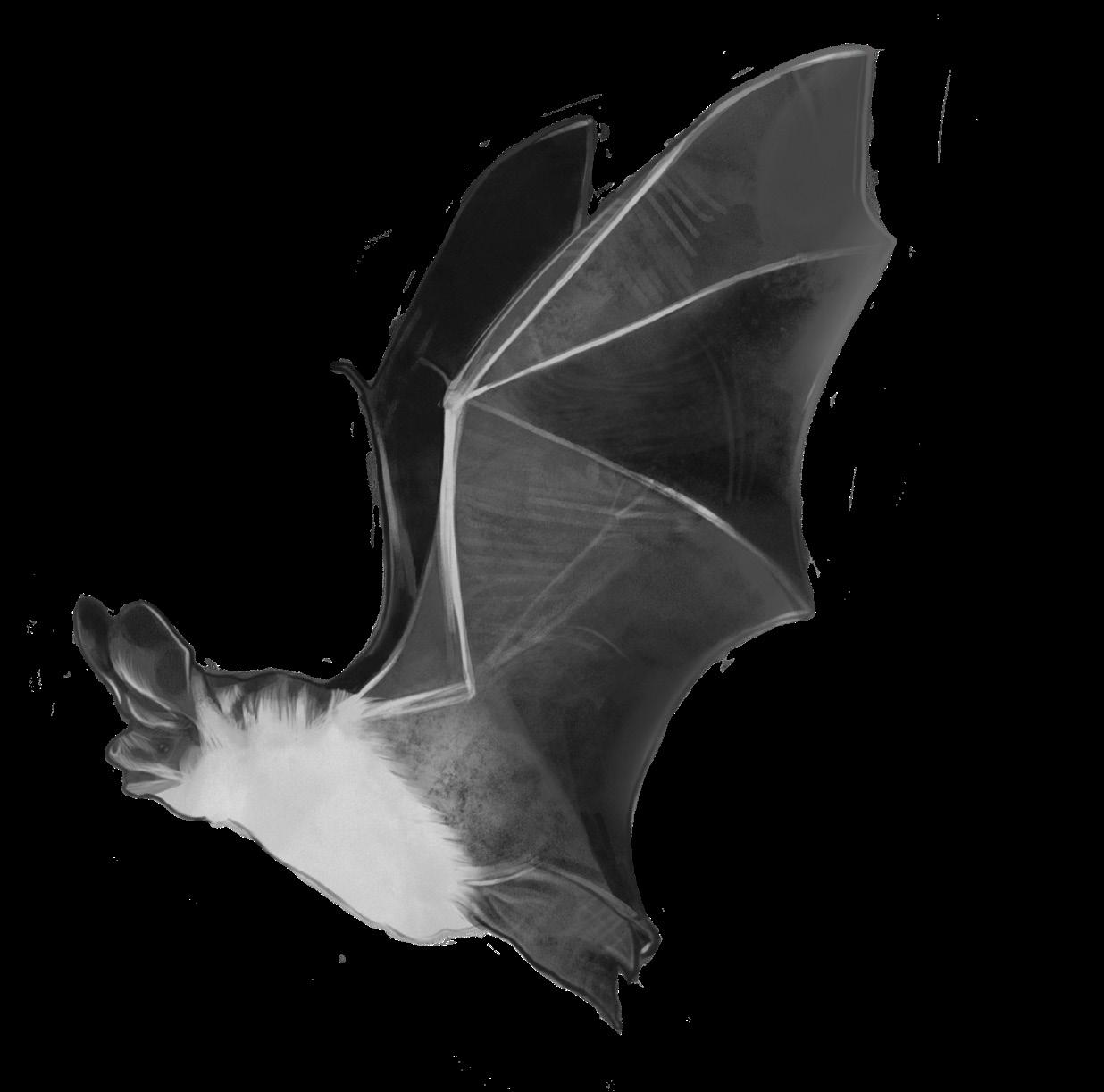
Hawaiian Moorhen
‘Alae
‘ula Himantopus mexicanus knudseni
• Endangered since 1967
• Population of about 450
• Lifespan is unknown but estimated about 10 years
• Threats: Habitat loss, avian diseases, pollution, climate change, nonnative predators (dogs, cats, rats, small Indian mongoose, cattle egrets, barn owls, American bullfrogs)
• Habitat: Lowland wetlands and river valleys on Oahu and Kauai
• Diet: Water plants and seeds, grasses, algae, insects and mollusks
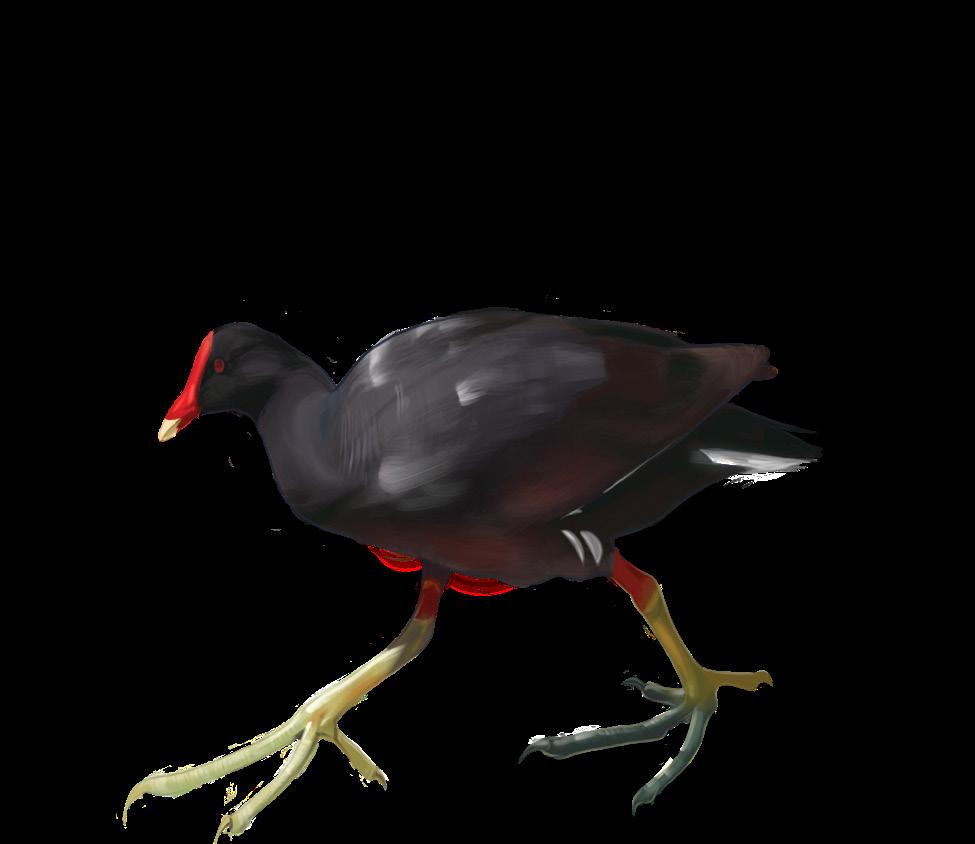

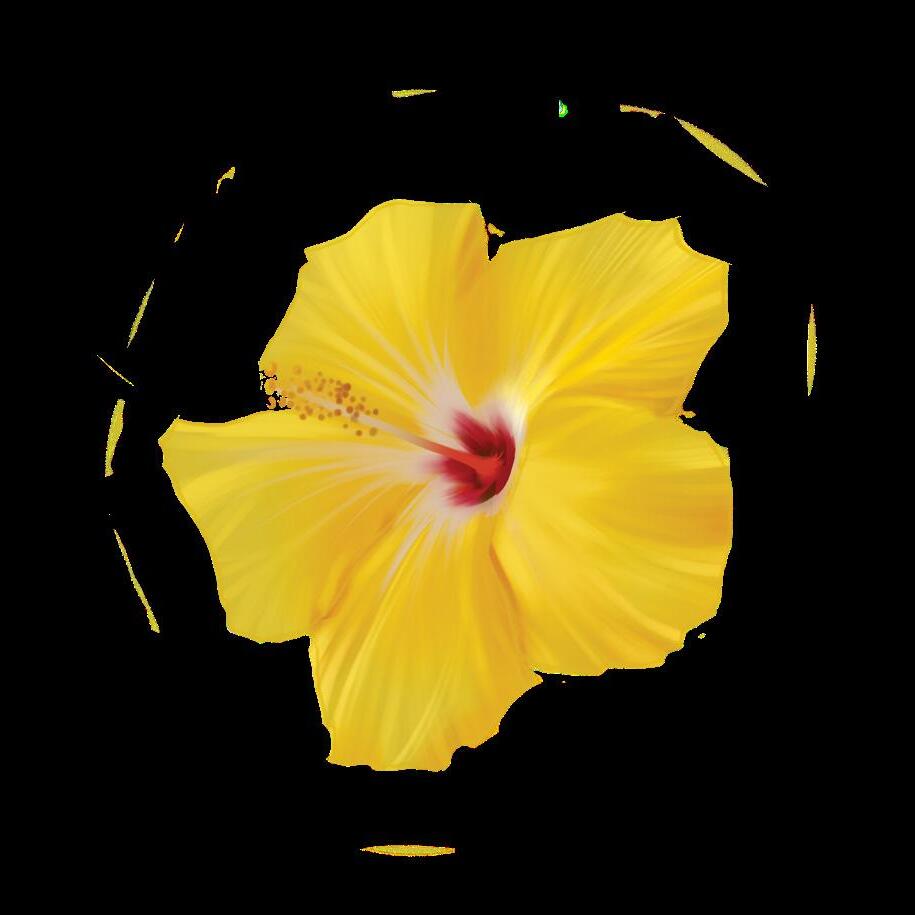
Native Yellow Hibiscus
Ma’o hau hele
Hibiscus brackenridgei
• Endangered since 1994
• Population of about 100-300
• Lives for over 5 years
• Threaten by invasive plant competition, non-native species predation (deer, cattle, Chinese rose beetle, rats), wildfires
• Grows in lowland damp or dry forests on Oahu
Ko’oloa’ula
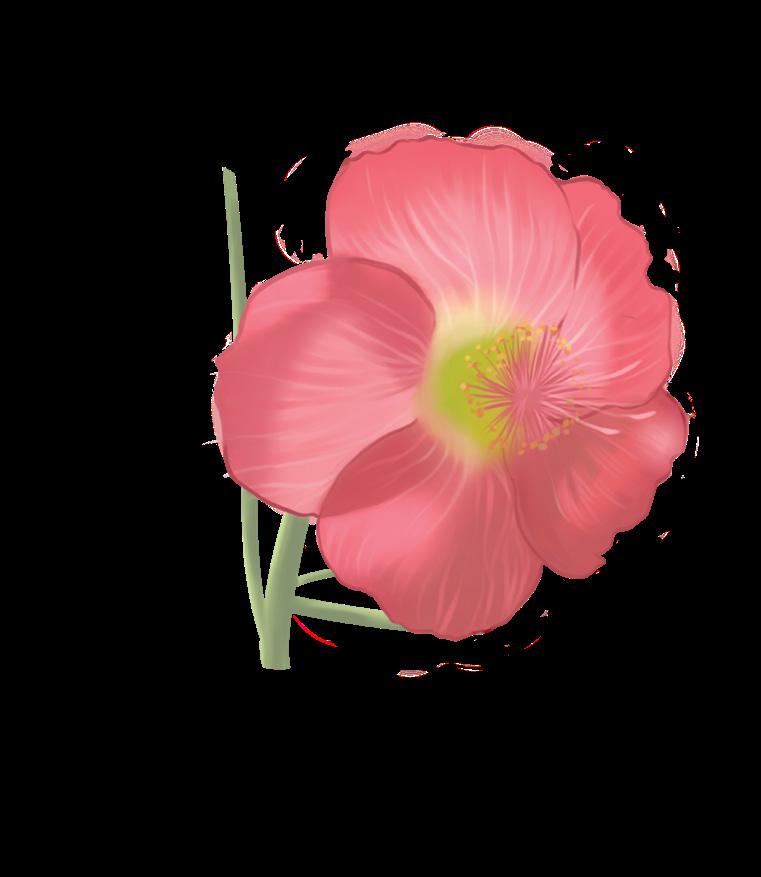
Abutilon menziesii
• Endangered since 1986
• Population of less than 500
• Lives for over 5 years
• Threaten by invasive plant competition, habitat loss, nonnative fungus, wildfires, drought
• Grows in lowland coastal plains and dry forests on Oahu, Maui, Hawai’i, and Lanai
O’ahu Tree Snails
Kāhuli
Achatinella
• Critically Endangered since 1981
• Population: Less than 1000 of A. mustelina, other species unknown
• Lifespan: About 11 years
• Threats: Habitat loss, non-native predators (wild boars, rats, rosy wolfsnails), low reproductive rates
• Habitat: Native trees and bushes in Ko‘olau and Wai’anae on Oahu
• Diet: Fungus from the leaves of native plants
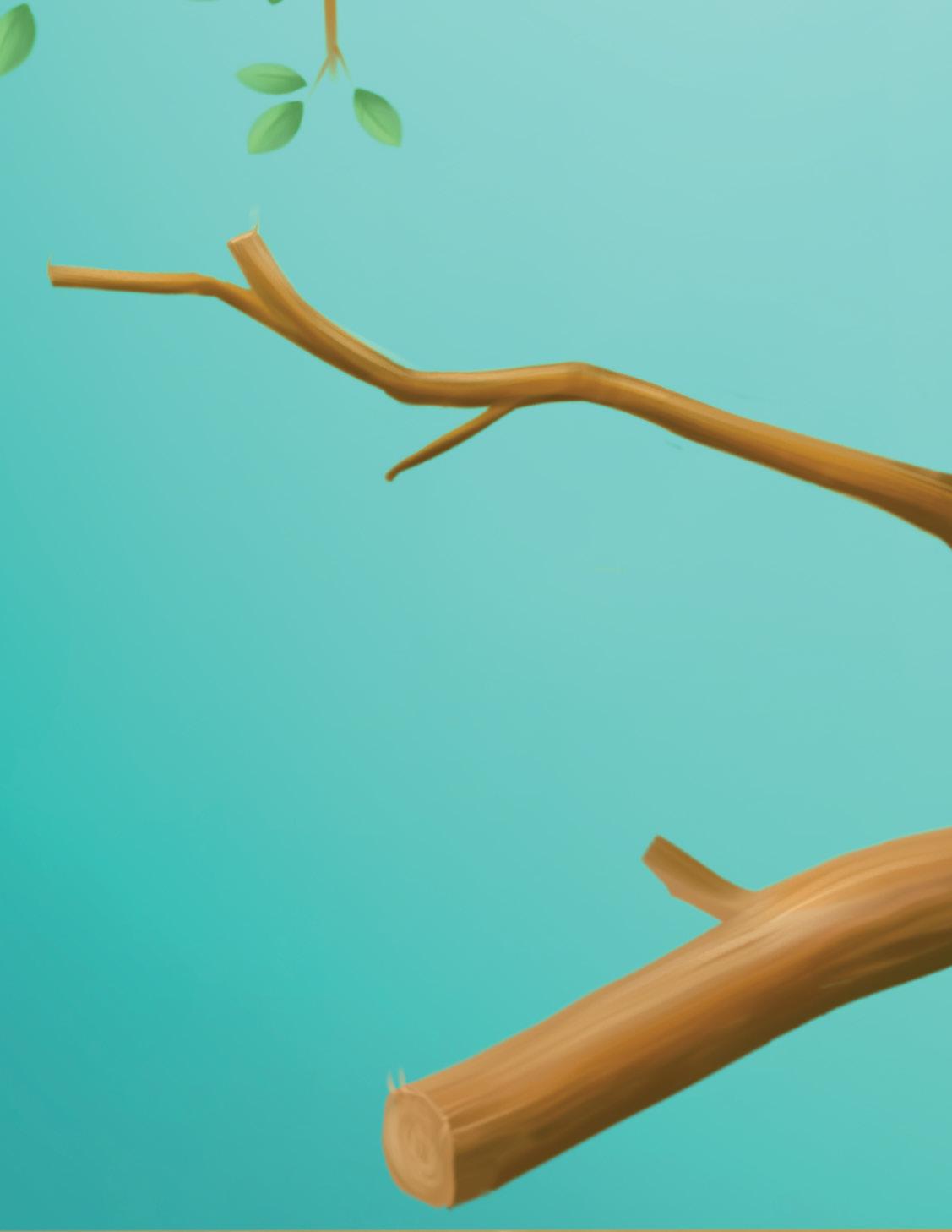

Hawkbill Sea Turtle Honu’ea Eretmochelys imbricata
• Critically Endangered since 1970
• Estimated 20,000 to 23,000 nesting females worldwide, less than 100 in Hawaii
• Lifespan of an estimated 50 years
• Threaten by habitat loss, pollution (fishing gear, plastic materials, oil), climate change, poaching, predation of eggs
• Live in offshore coral reefs and mangrove estuaries during nesting, algal mats in the open ocean after hatching, found in oceans worldwide
• Consumes sea sponges, corals, algae, small fish, jellyfish, mollusks, crustaceans and sea urchins
False Killer Whale Pseudorca crassidens
• Endangered since 2012
• Less than 200 worldwide
• Lives to about 63 years (females) and 58 years (males)
• Threaten by overfishing, hunting, pollution, small population size (reduced genetic diversity)
• Lives in tropical to subtropical waters below 3,300 feet, found around Hawaii, American Samoa, Pacific Remote Islands, the Gulf of Mexico, the United States West Coast, and the Mariana Archipelago
• Eats fish (tuna, billfish, wahoo, mahimahi) and squid


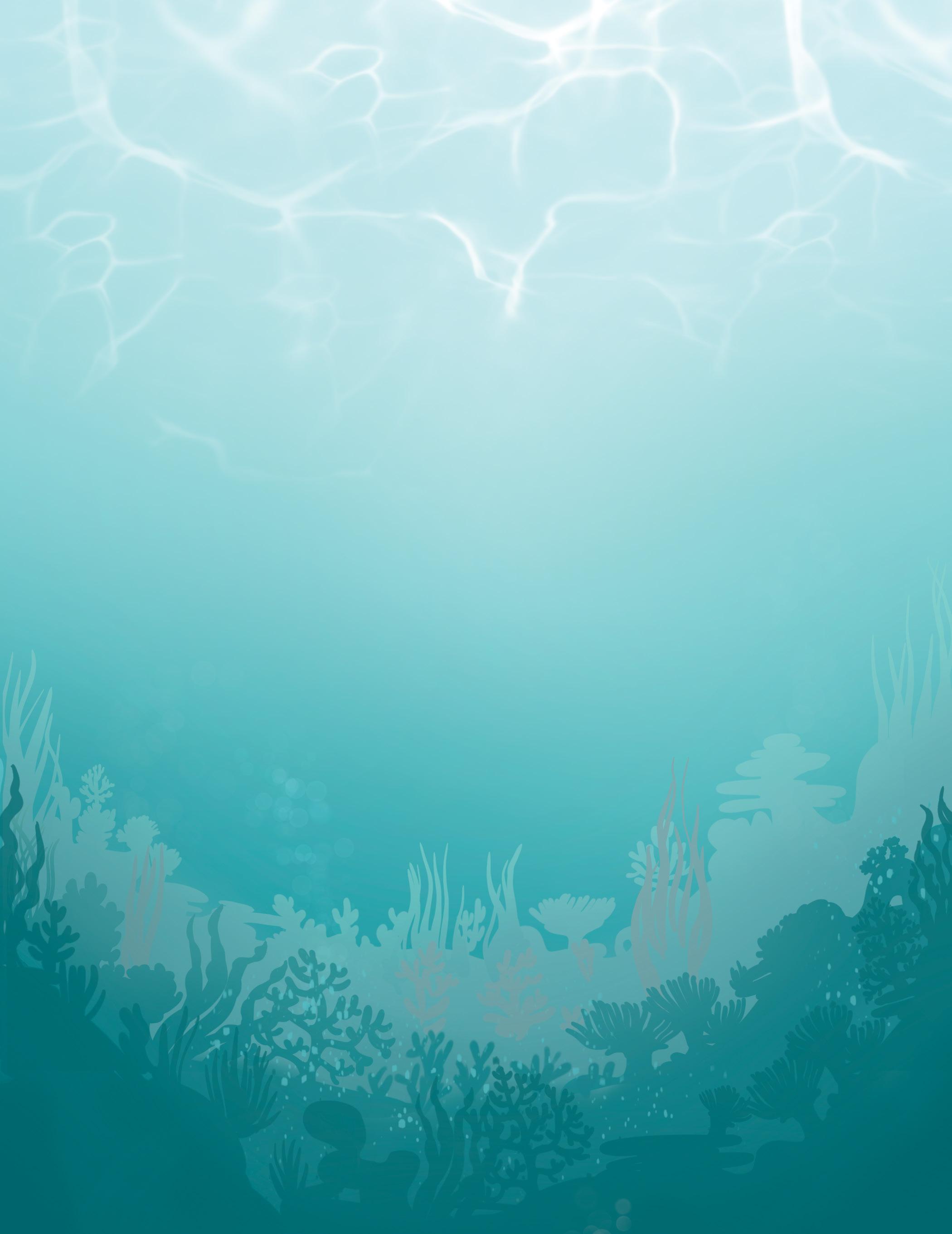
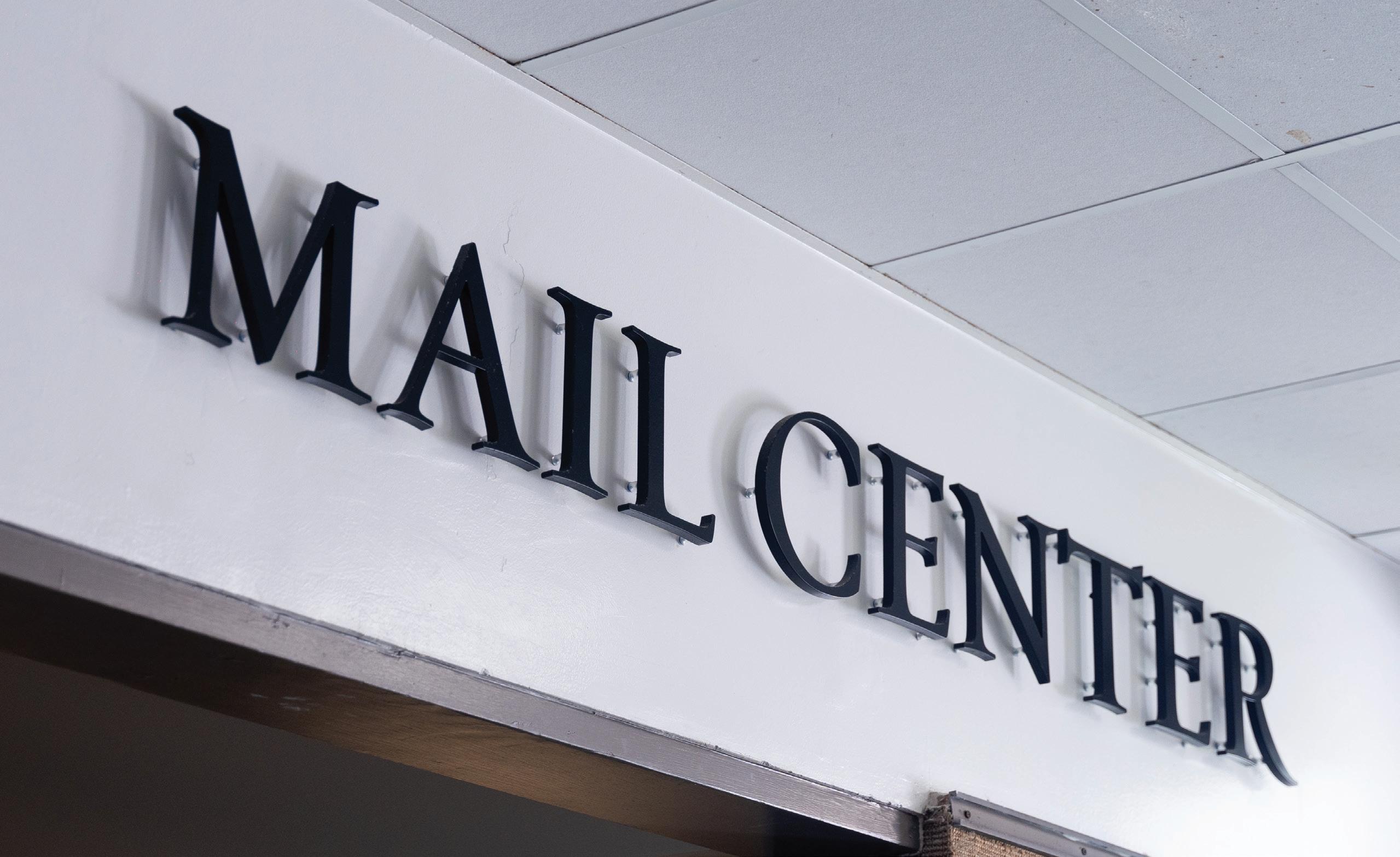
BYU–HAWAII MAIL CENTER
BYUH’s Mail Center provides postal services, guidelines and protocols to better and more effectively serve the students, faculty, staff and community
FRANCE VALERIE LUCILLO
BYUH Mail Center is currently located at the McKay Building room 125. The center provides postal services for students, faculty, staff and the community by handling packages, delivering and picking up mails and even distributing stamps. For any inquiries and questions, they are happy to assist in any way with regards to sending out mails and packages to receiving one.
Operating hours
BYUH Mail Center’s pick up window is open Monday through Friday 8:30 a.m. to 5 p.m., while its retail counter operates from 9 a.m. to 3:30 p.m. Services are available at both pick-up window and the retail counter except Tuesdays during devotionals at 11 a.m- 12 p.m.. On Saturdays, the pick-up window operates from 9 a.m. to 12 p.m., but the retail counter is closed.
Mail delivery and outgoing mails
In terms of mail delivery to BYUH, the center usually picks up mail and packages depending on when the post office contacts them, the staff said, which is usually in the morning. They said as soon as they
process it, they get it out of the lockers and have it ready for pickup. Outgoing mail and packages can be dropped off at the center’s retail counter or drop box. Mail Center staff said the mail and packages are taken into the Laie Post Office usually around 2:15 p.m. everyday, except Saturdays. During Saturdays, the staff only do pick ups, not delivery.
Address guidelines
To ensure correct delivery, students should use their legal first and last names as listed on their student ID; nicknames should be avoided since it would not appear on the system.
They also said students should put their box number, if they live on-campus and have a mailbox here, especially if you live in Hale or in the TVA as there is a difference in the address. For the box number, students can come to the retail counter or they could go online and log into their BYUH account and go to the mailing center, students can be able to view their box number.
For off-campus students who wish to use the Mail Center address, they have to pay a fee of $20 per semester. The staff said off-campus students cannot use the center’s mailbox to send or receive packages
without being properly registered.
Receiving packages and mail
To receive packages and mail, individuals must be current residents of Hales, TVA, or paid rentals. The mailing center staff will place packages with a box number in a locker, and you’ll receive a notification with a QR code to retrieve it. Oversized packages, or those without a box number, can be picked up at the pick-up window. Packages remain in lockers for up to 72 hours after processing. If uncollected, they are moved to the pick-up window for manual collection.
Authorized mail pickup
When picking up mails or packages in the pick-up window, a valid photo ID is required for verification. If someone else is picking up on your behalf, the student must email mailcenter@byuh.edu with the full name of the authorized individual that person needs to show their valid photo ID as well. For security, the worker will hand the package once it’s confirmed the information in email and ID matches. This process will ensure that the mail is being retrieved by trusted individuals.
Additional information
If a student moves off-campus or off-island for some reasons, like deferring or graduation, Mail Center staff mails can still be forwarded to them. They said the student needs to update their mailing address if changes happen.
Also, if students want to buy a stamp too, they can do that at the Mailing Center’s retail counter. The mailing center staff would be happy to help if you need assistance with all of it.•
